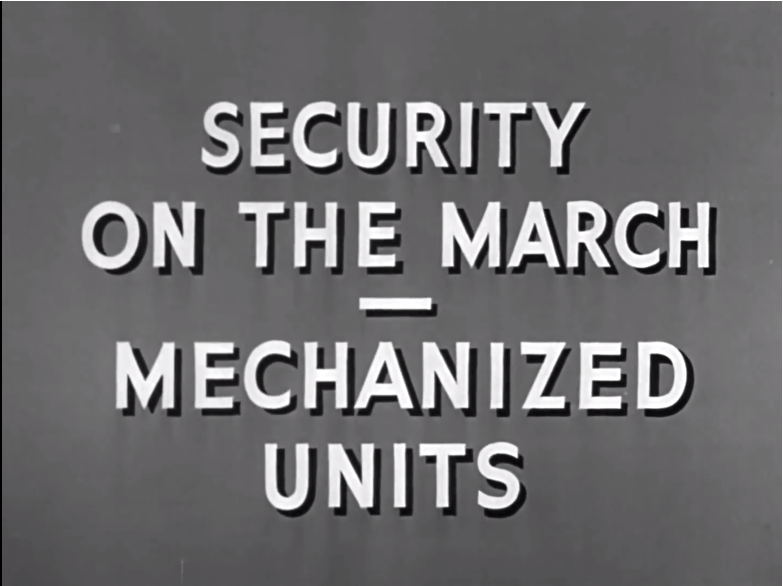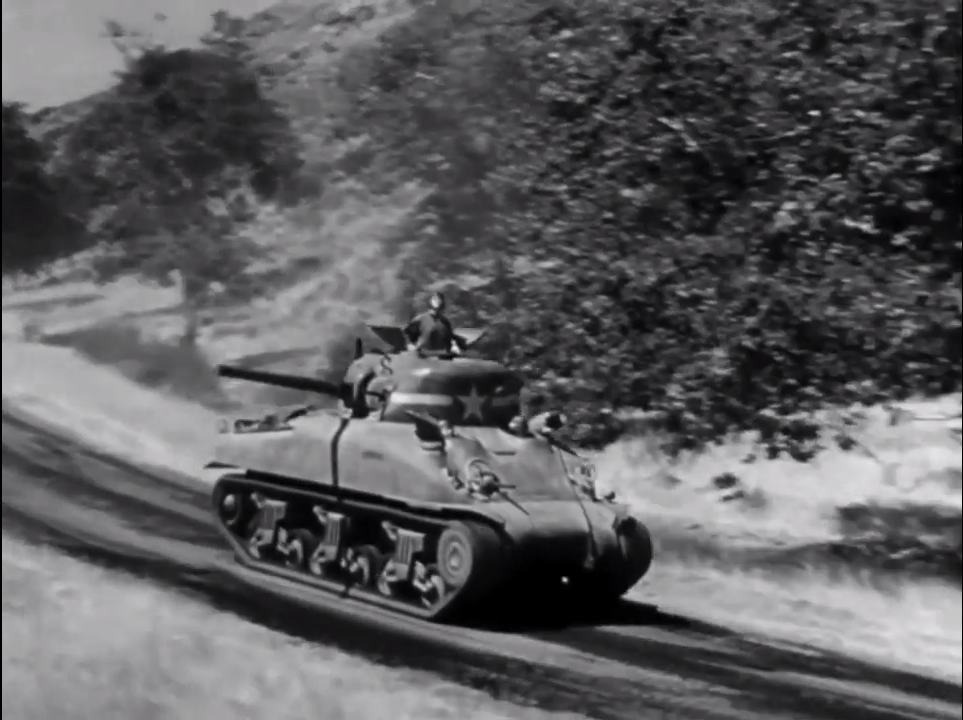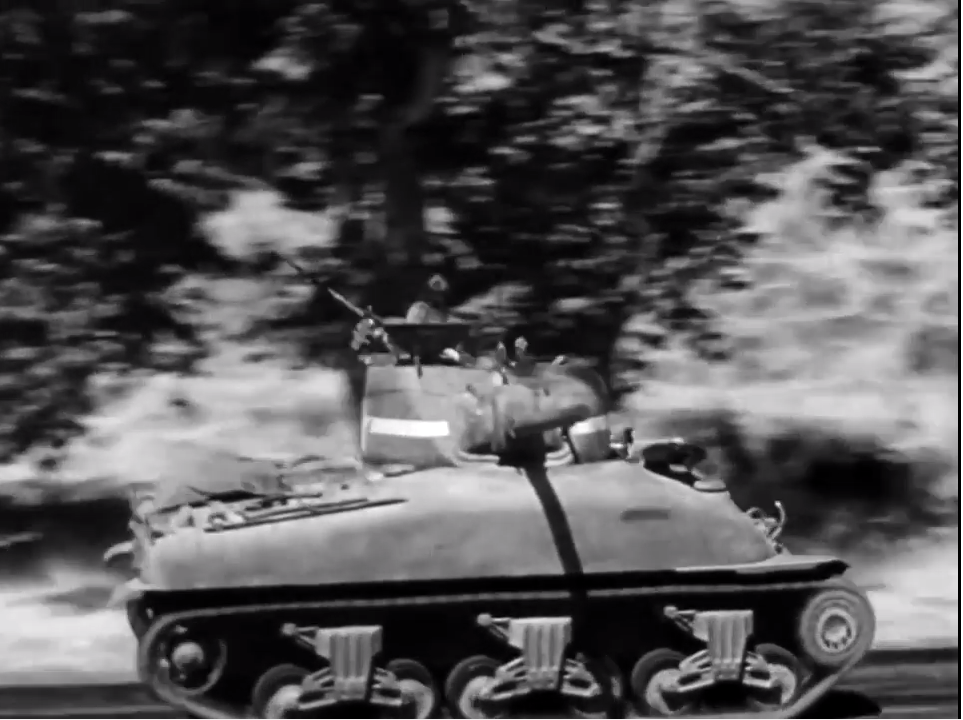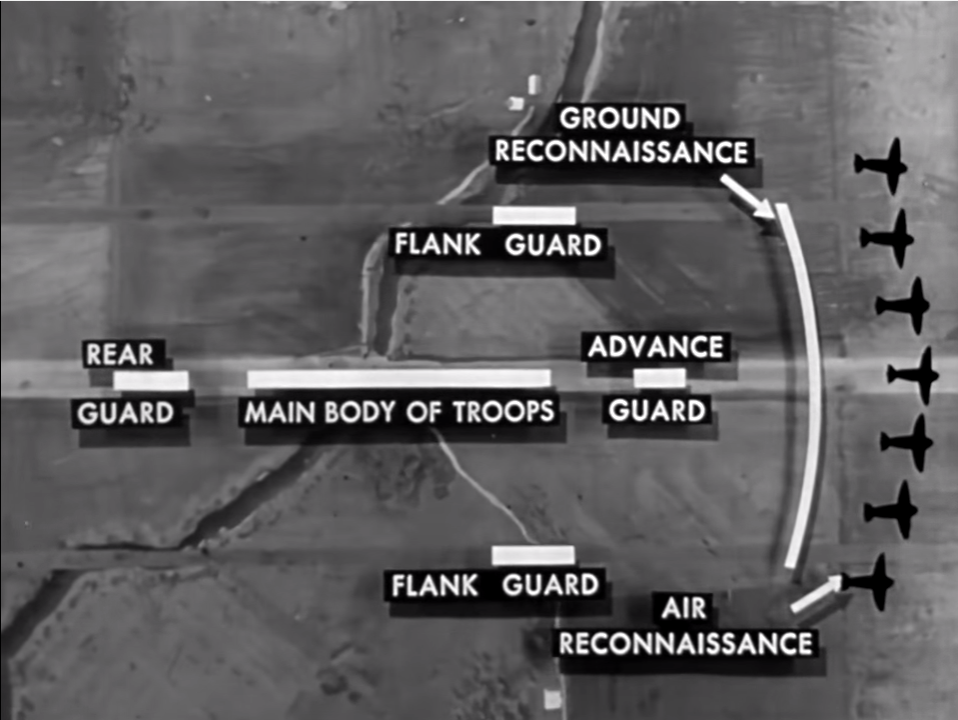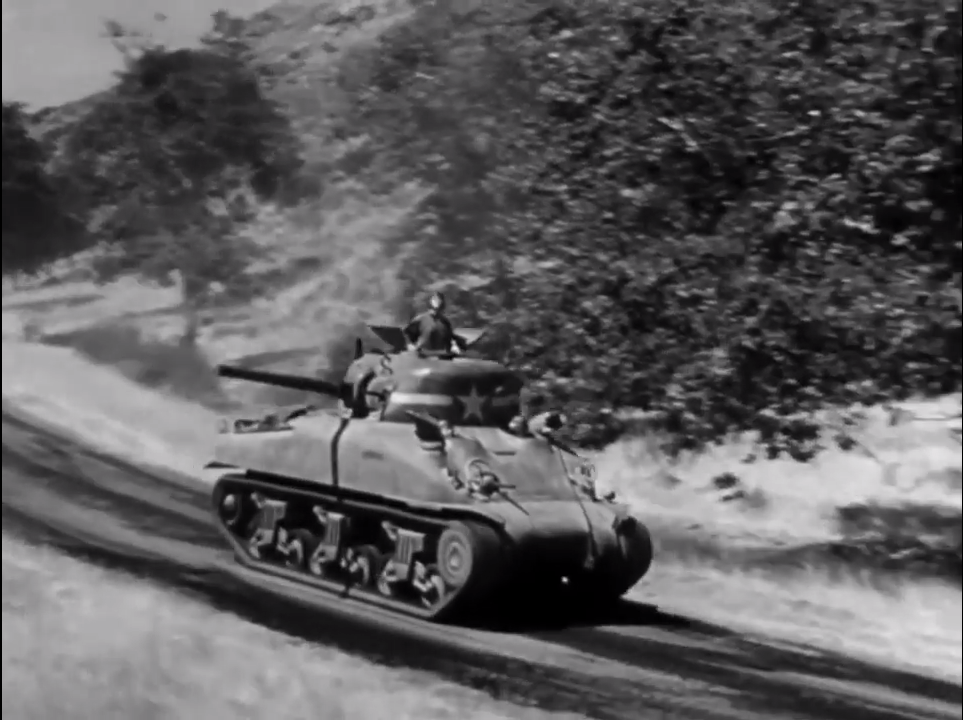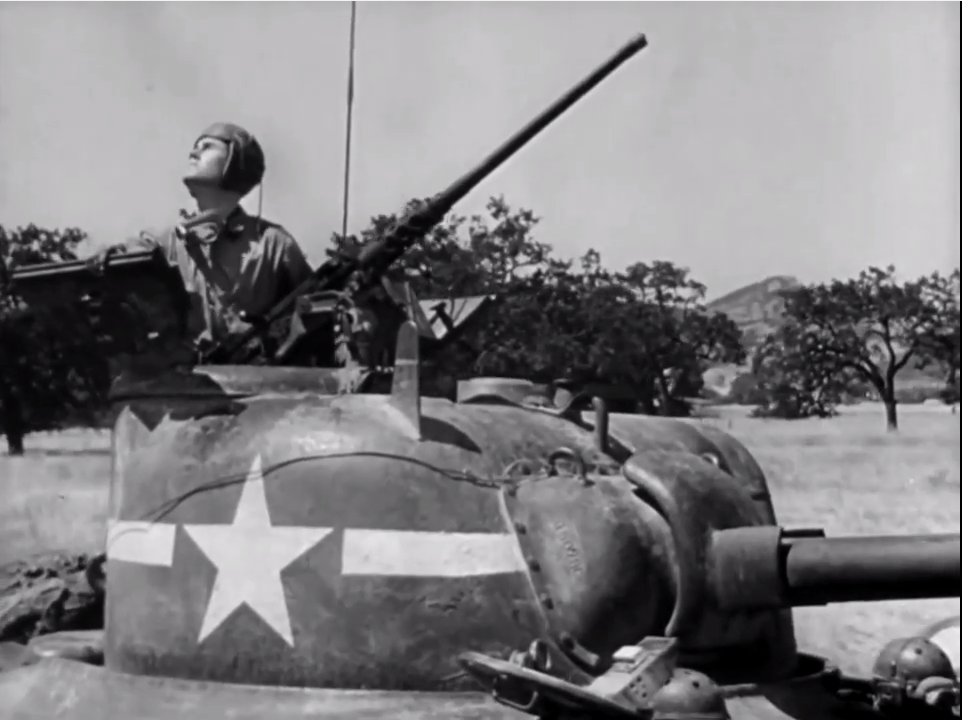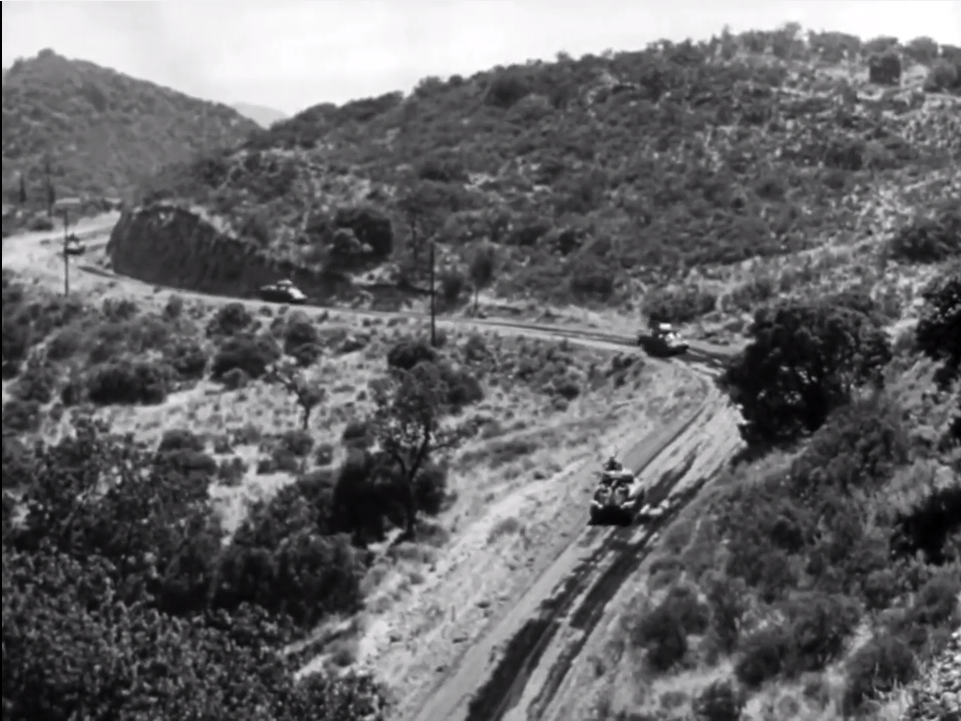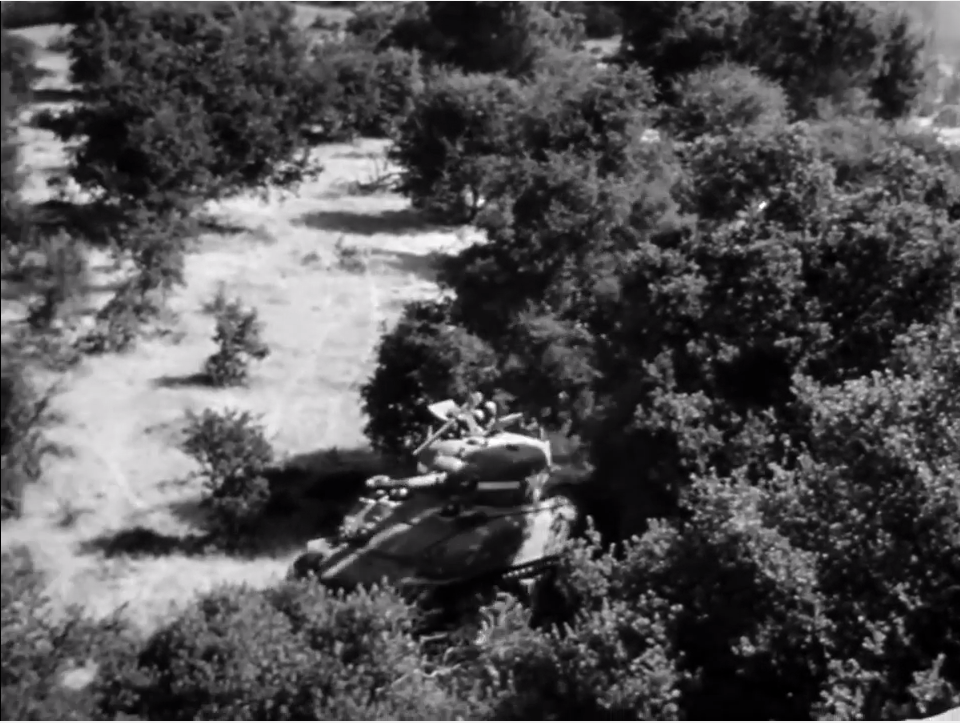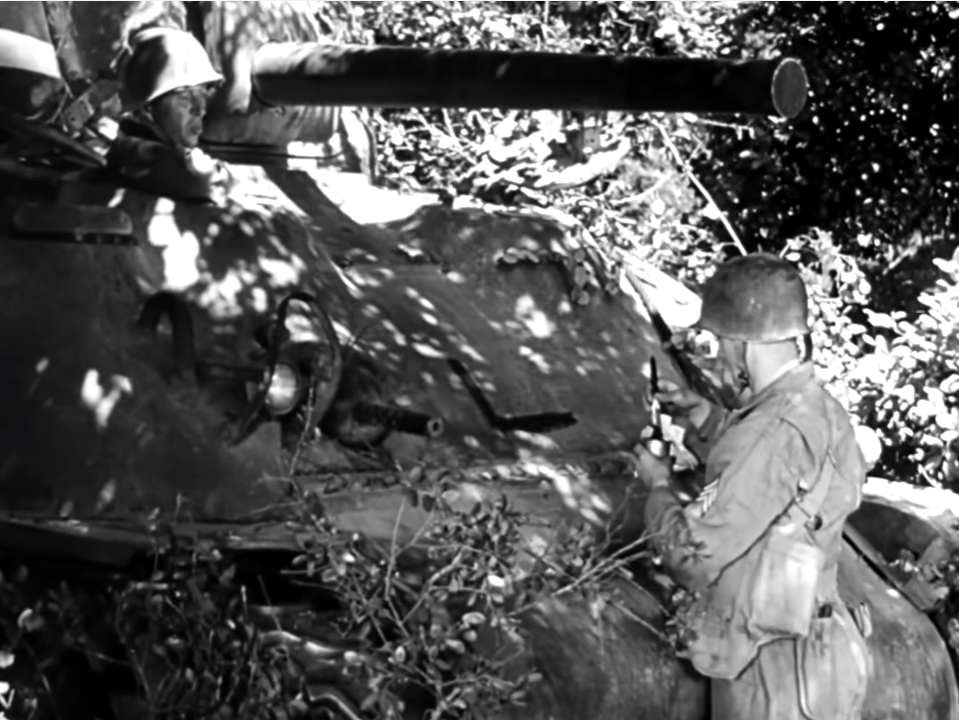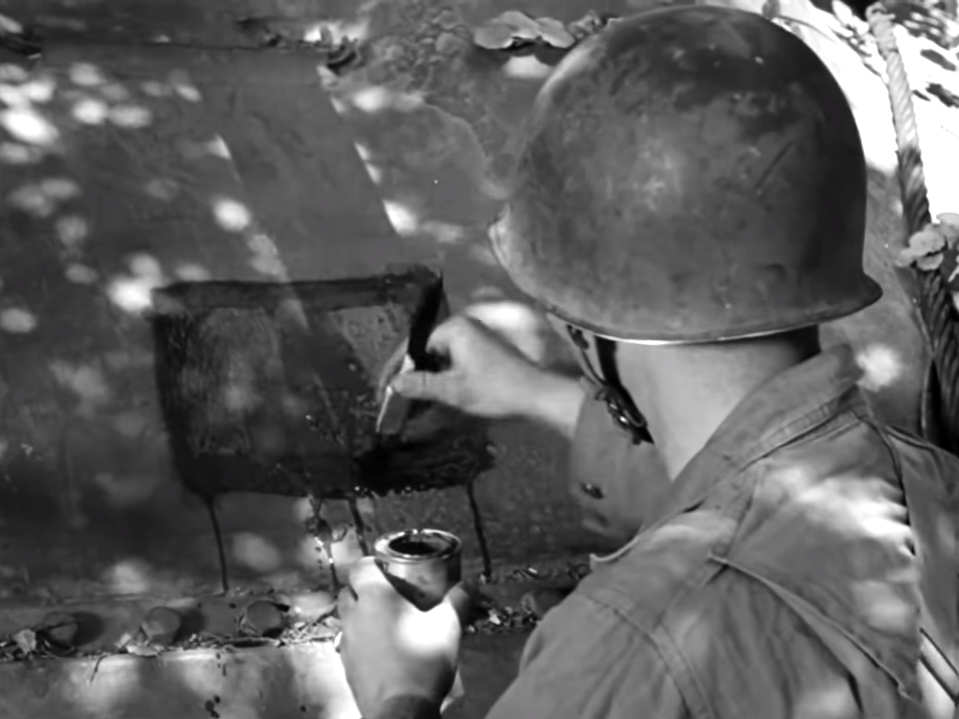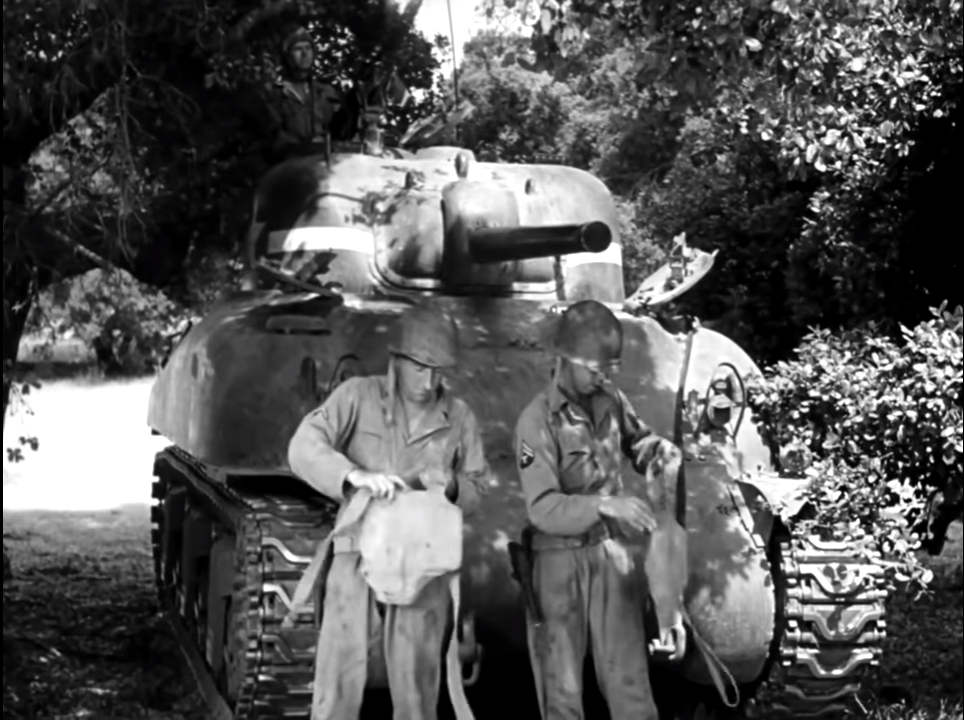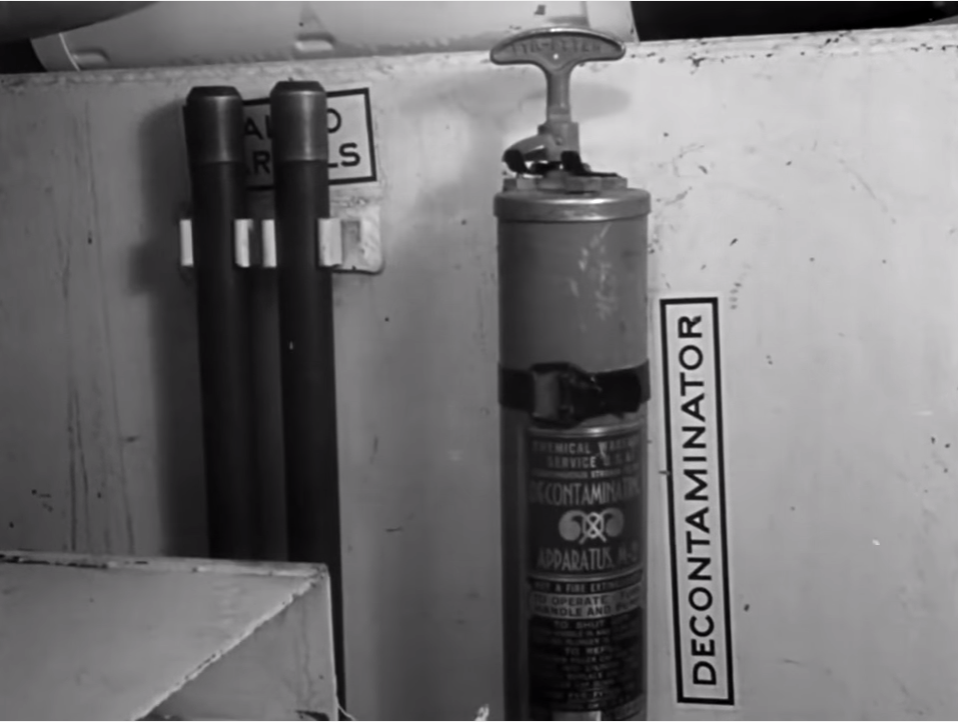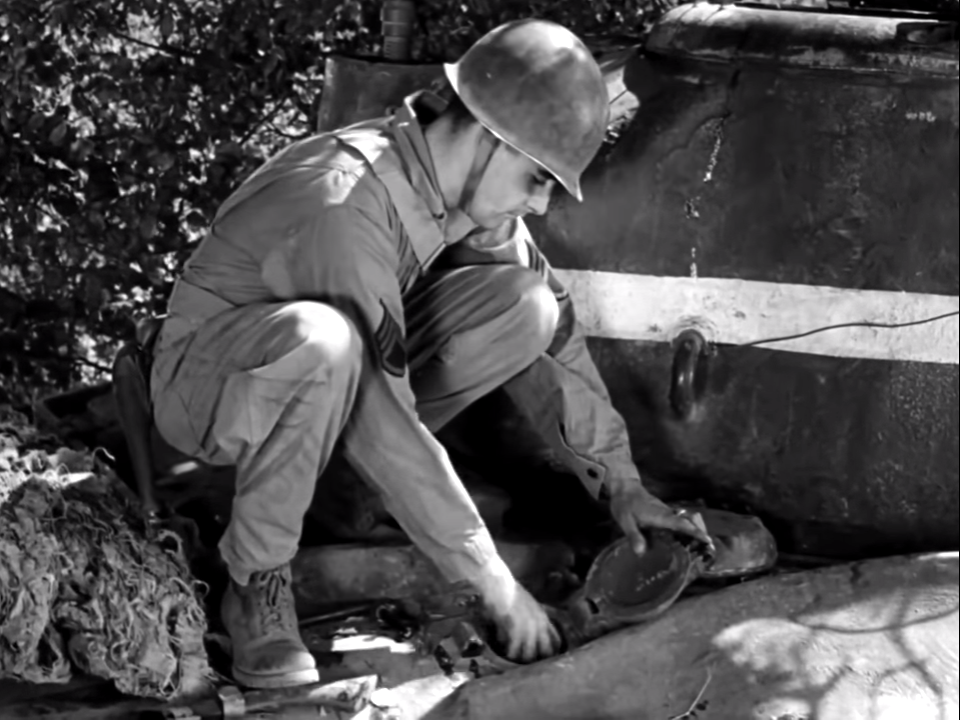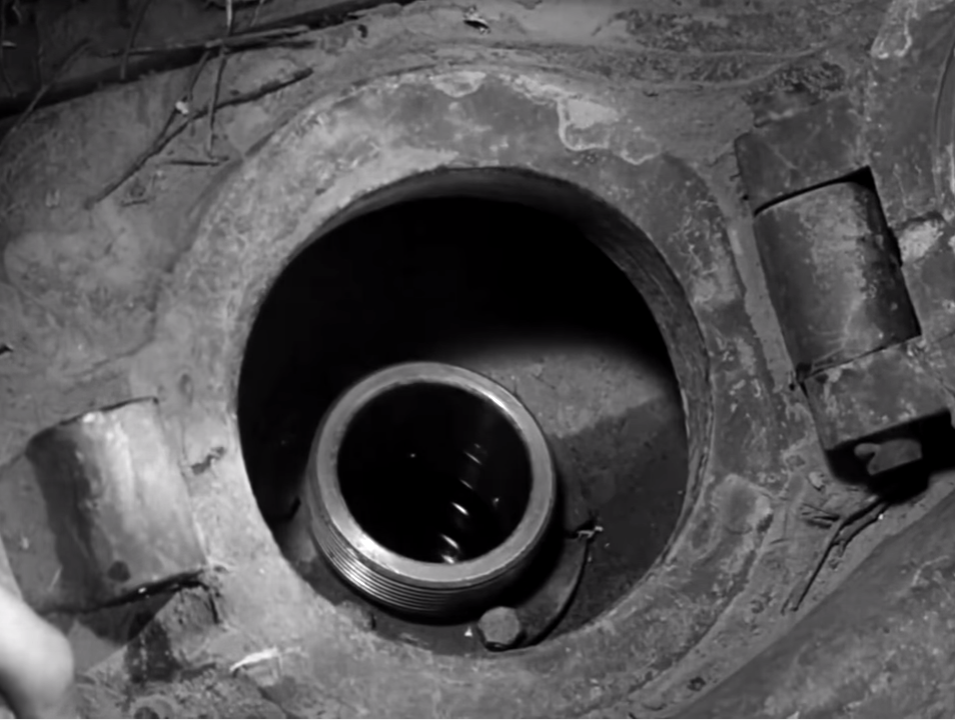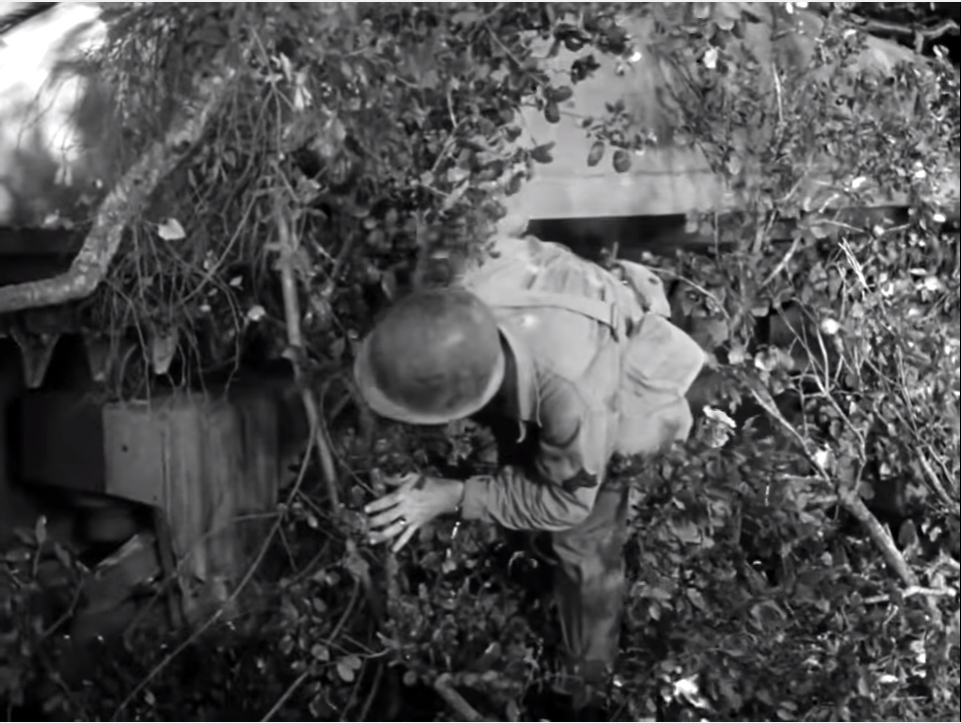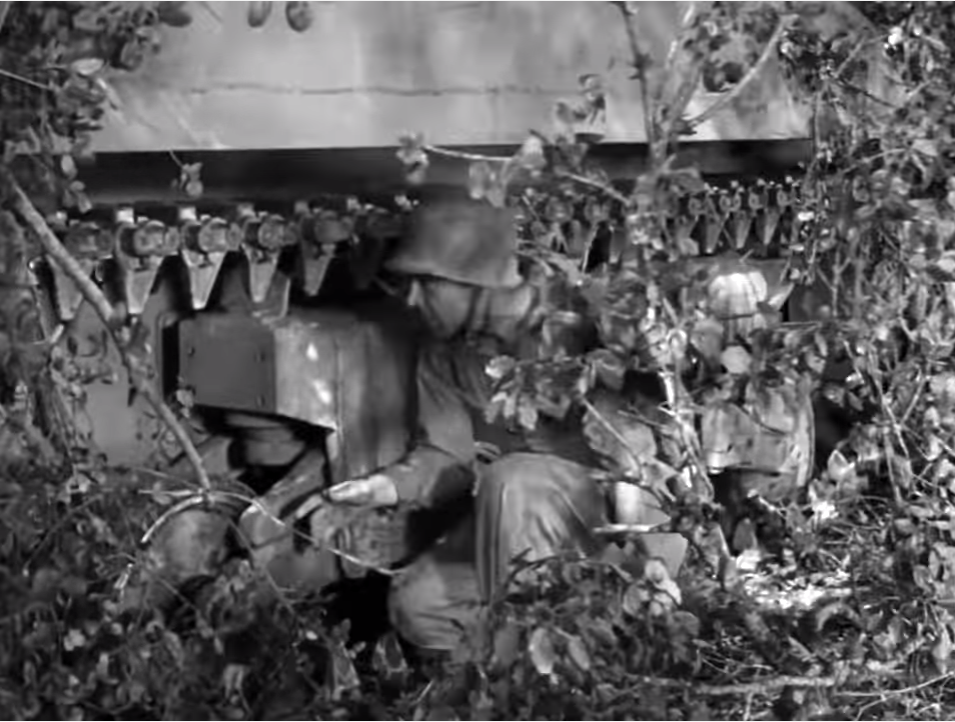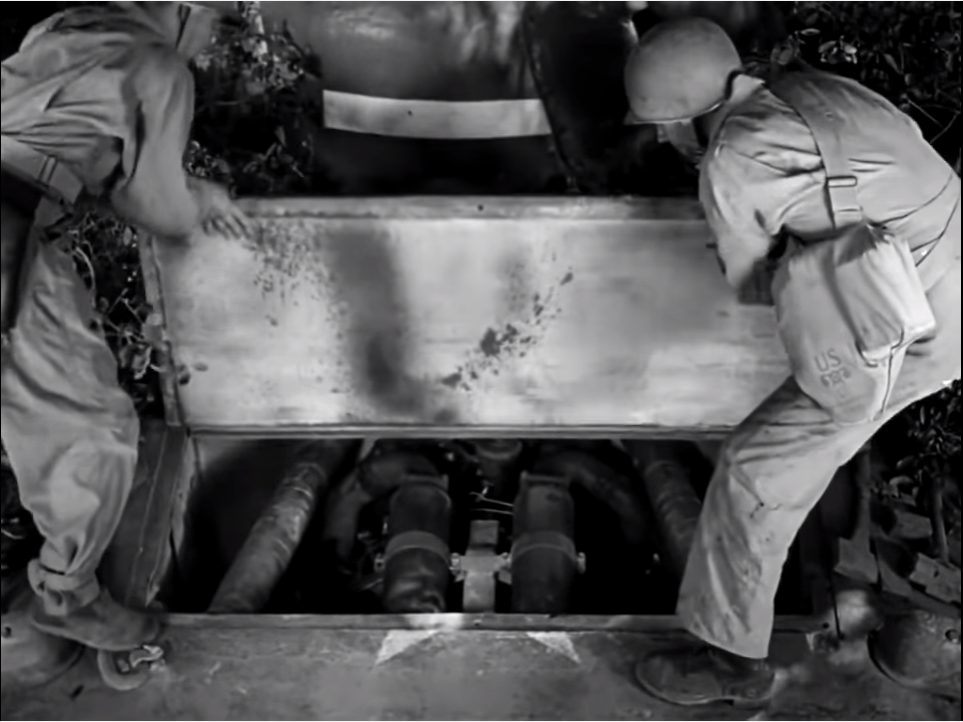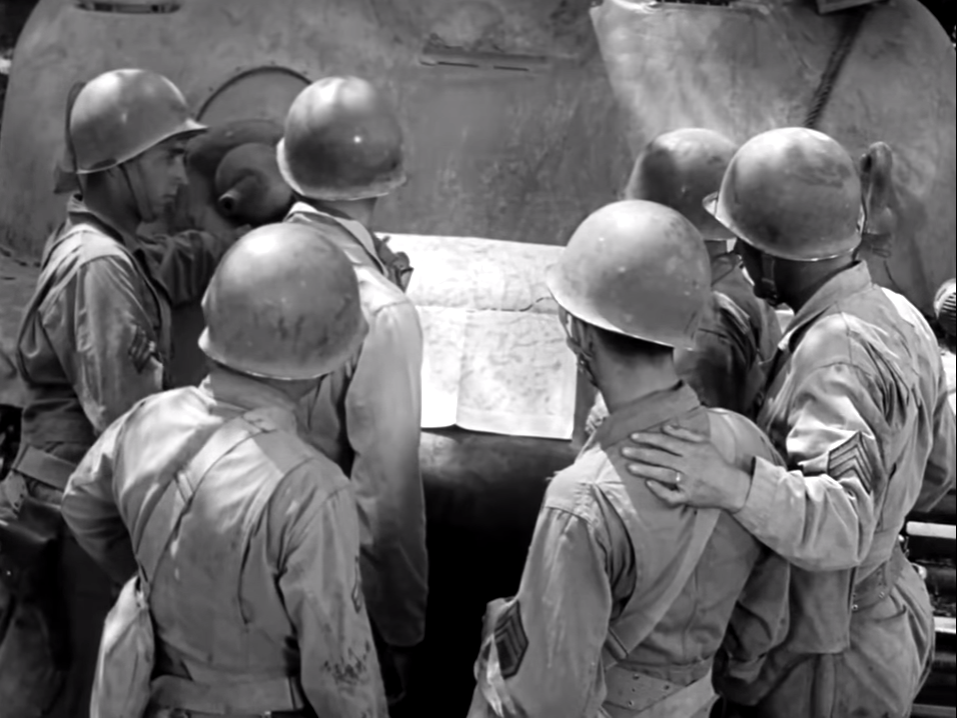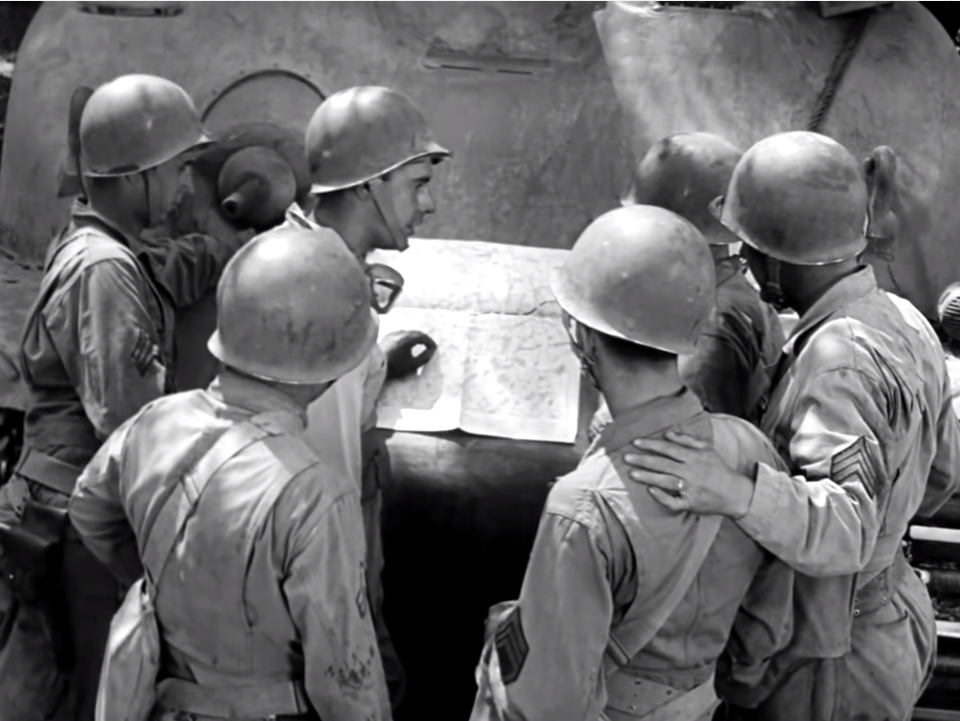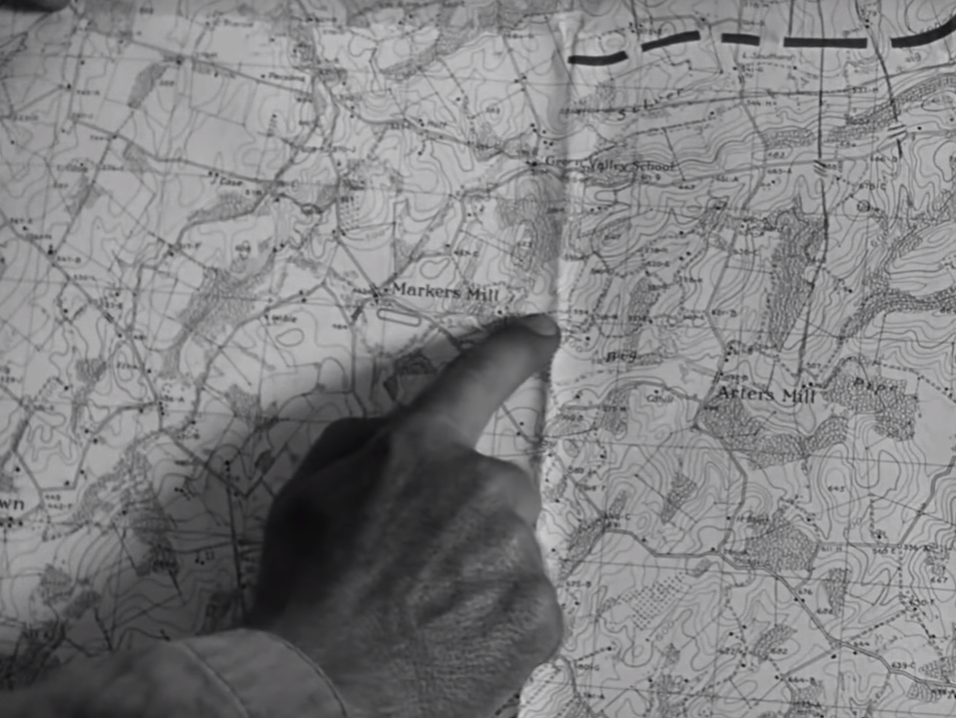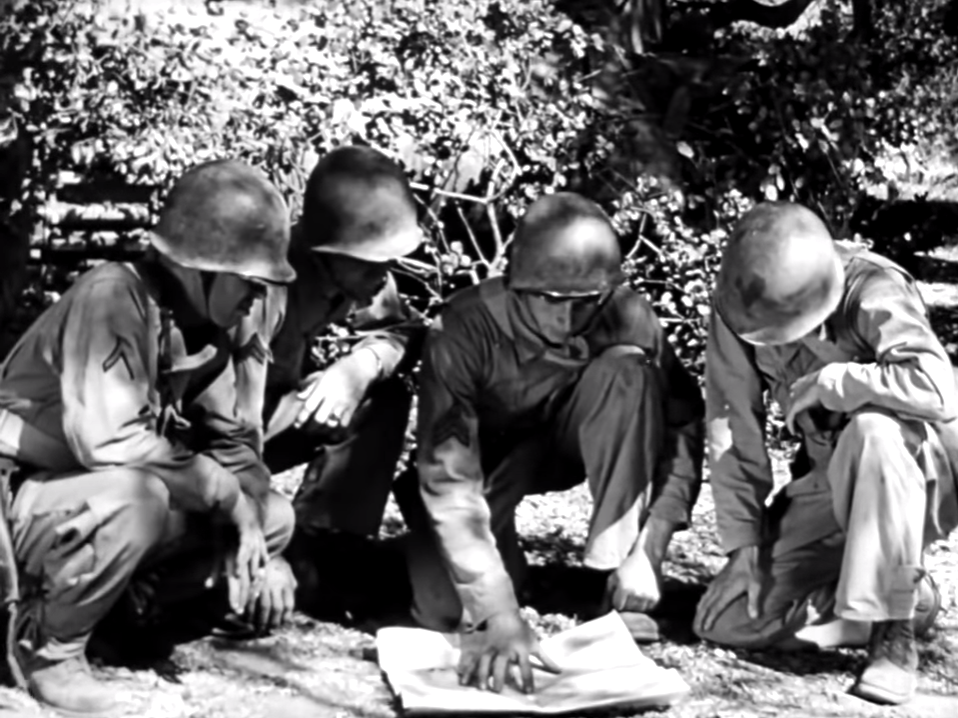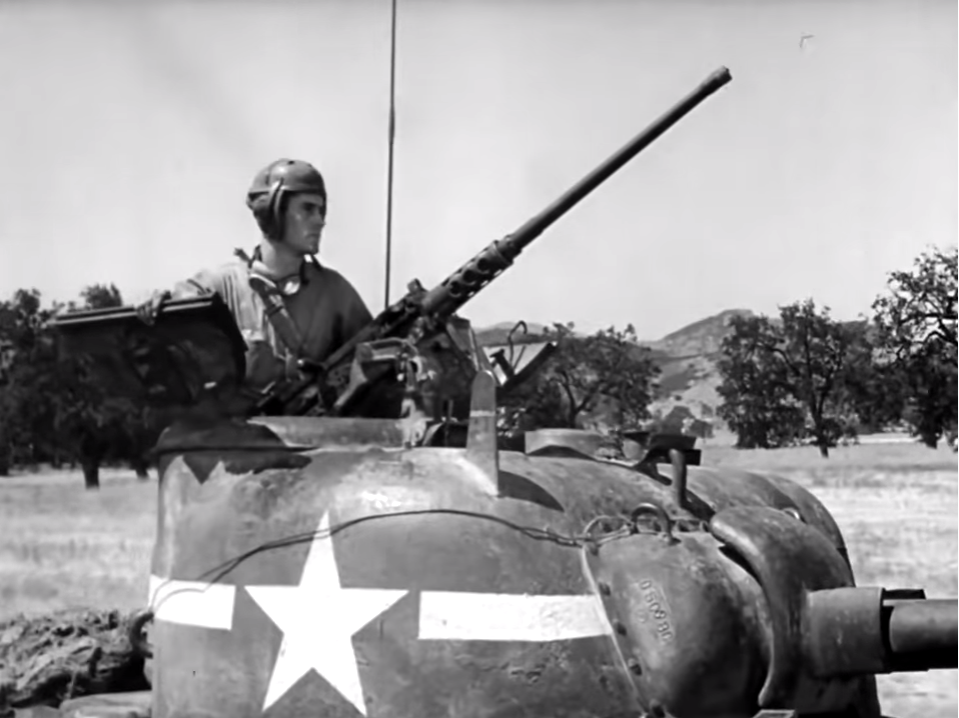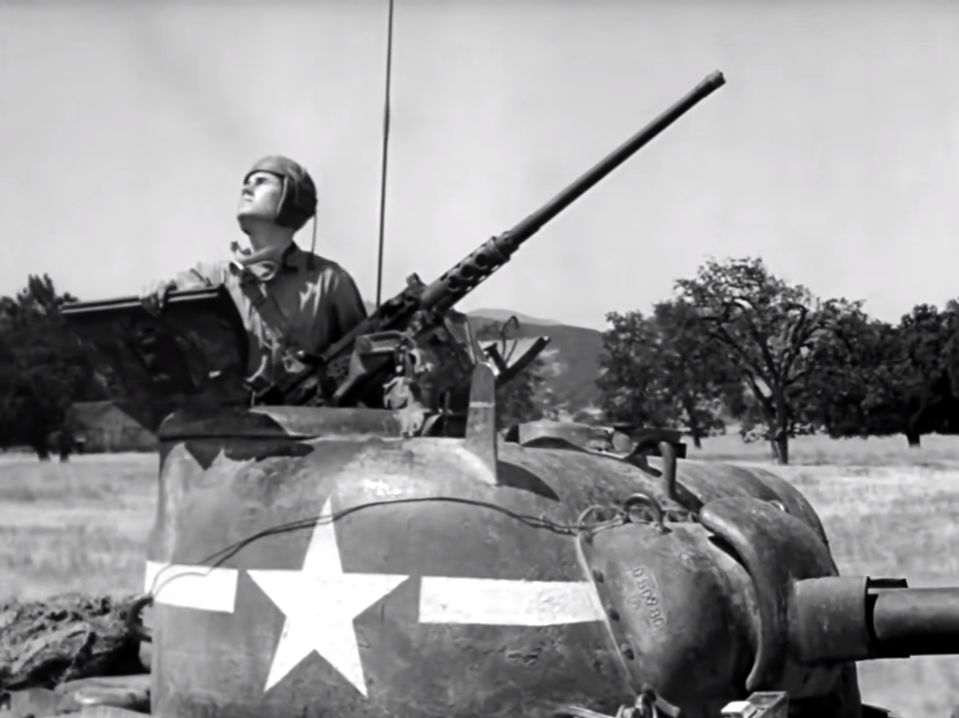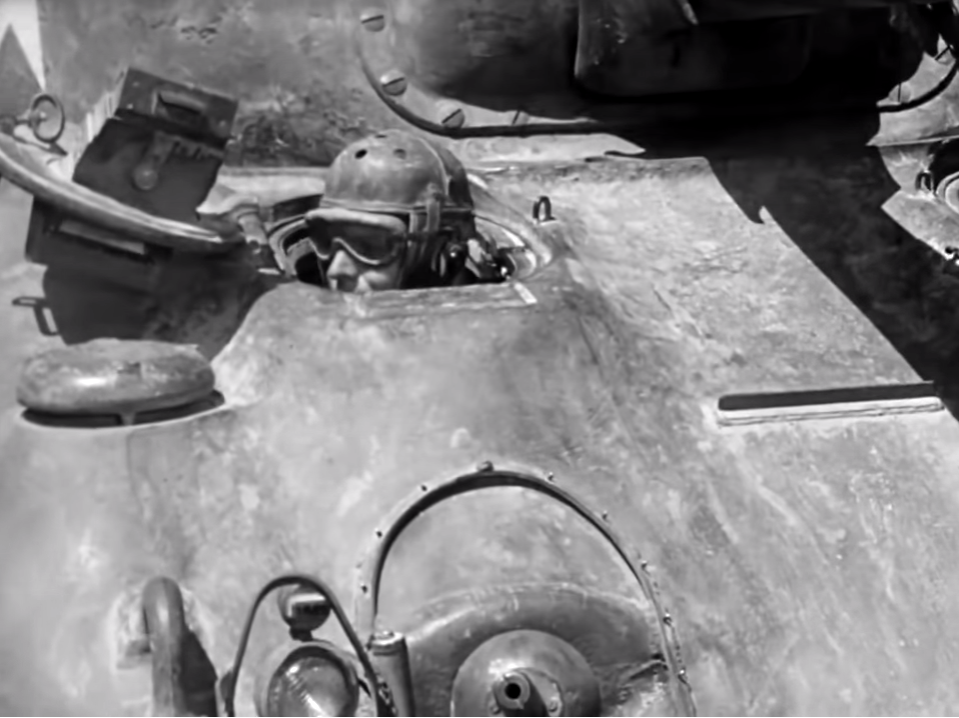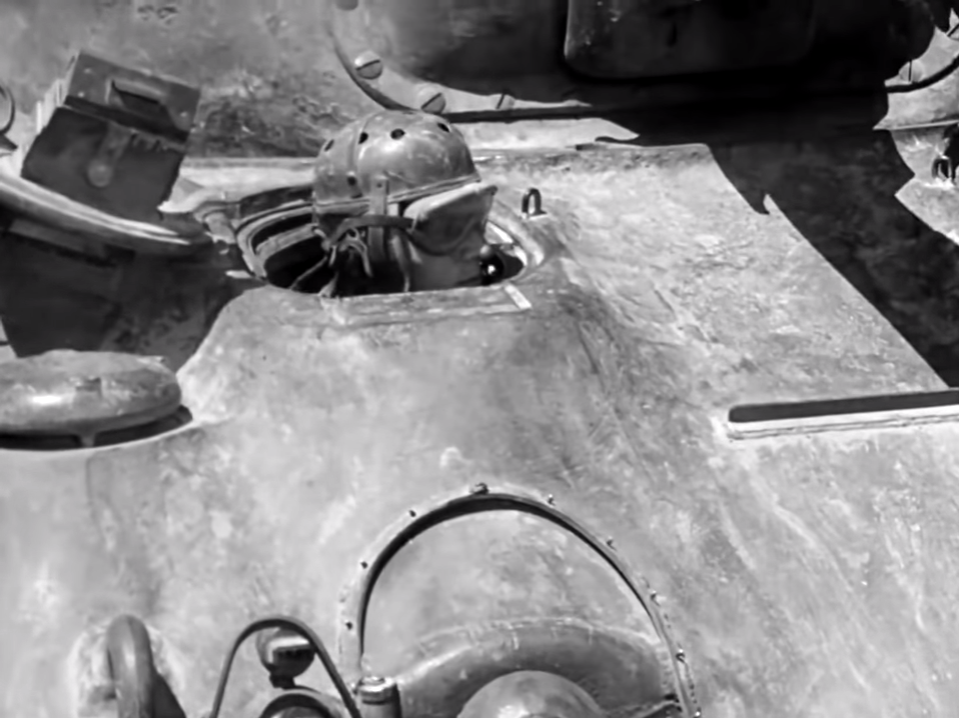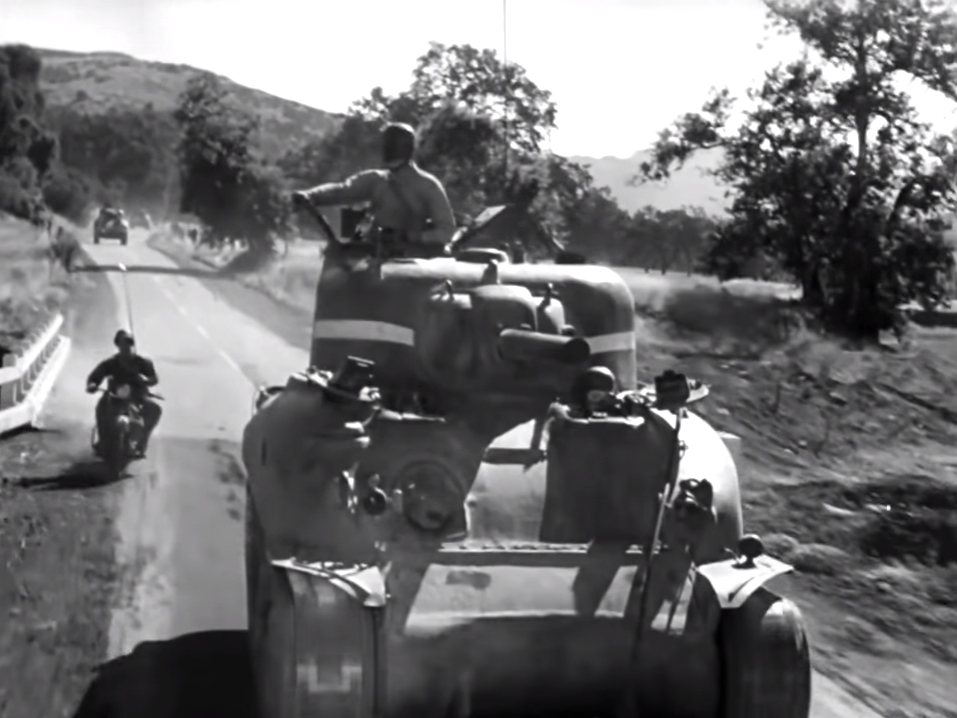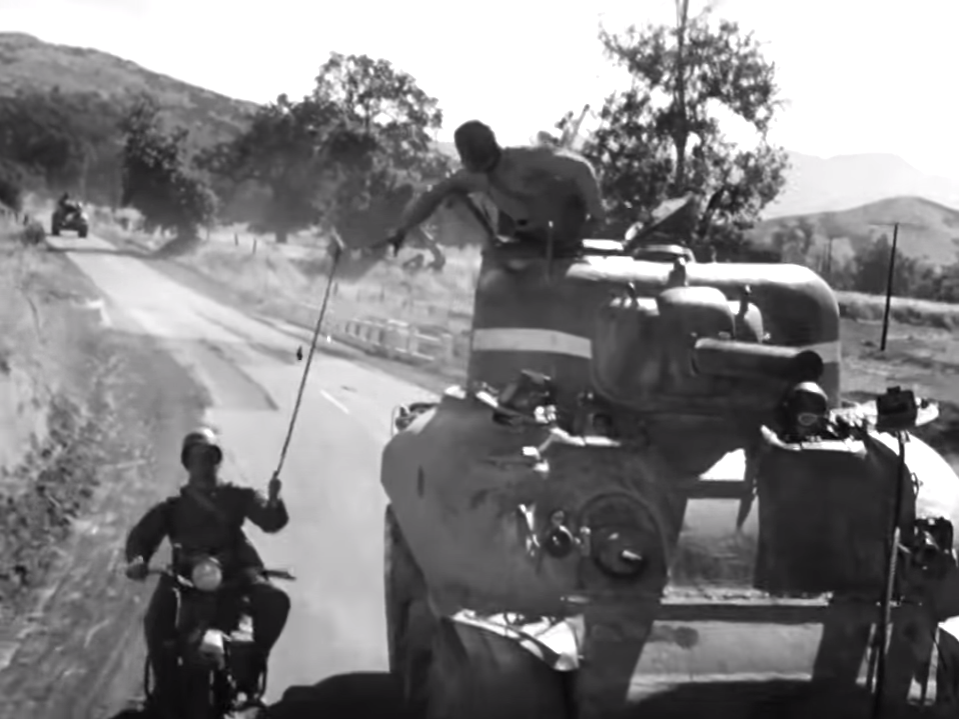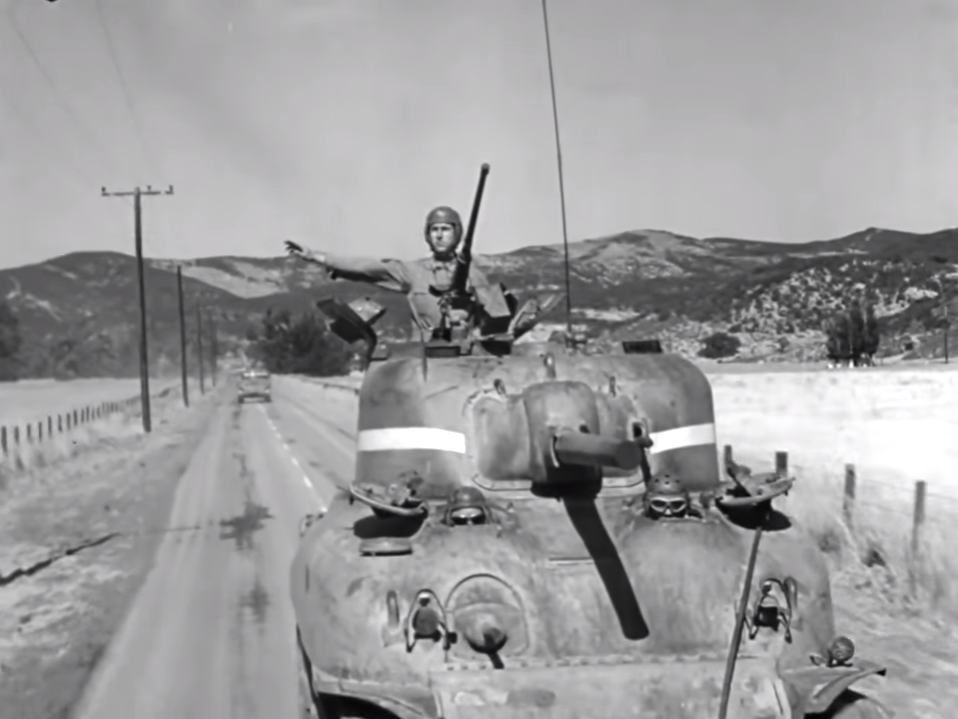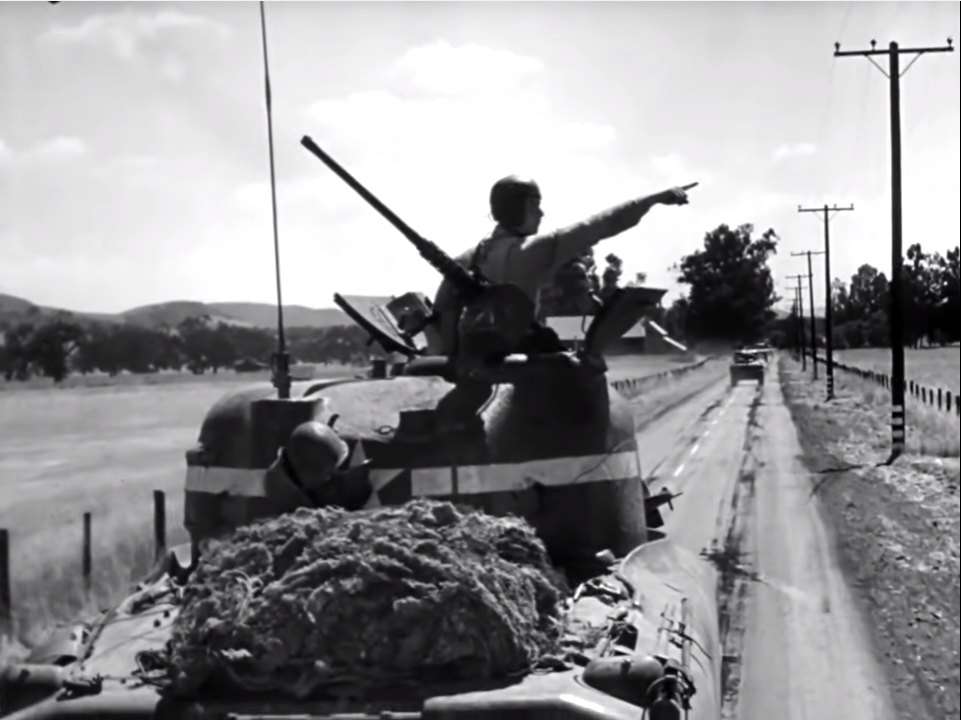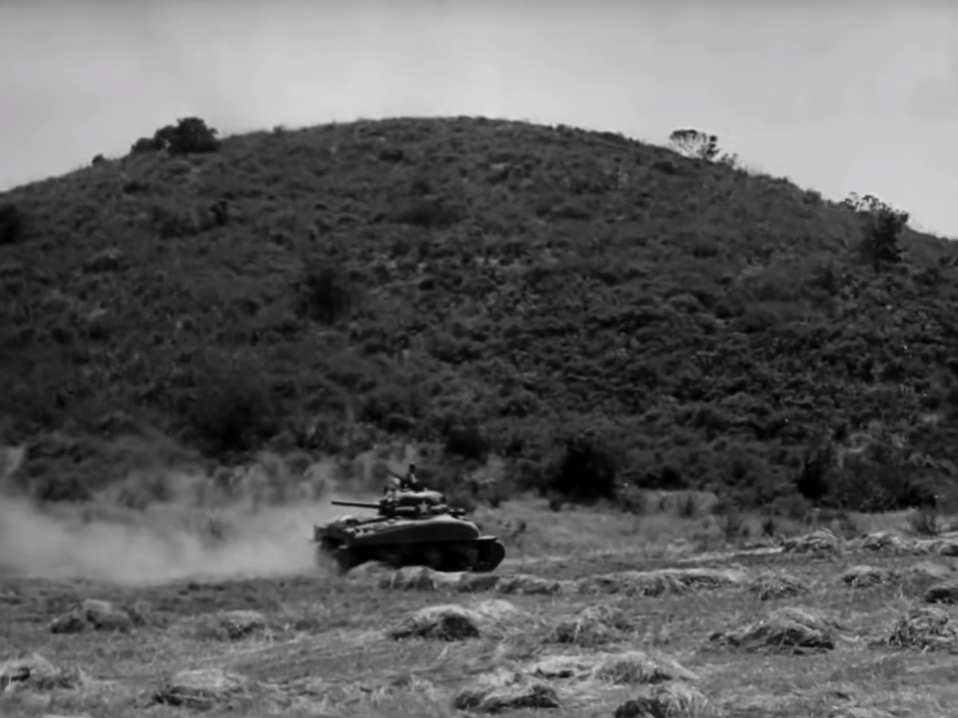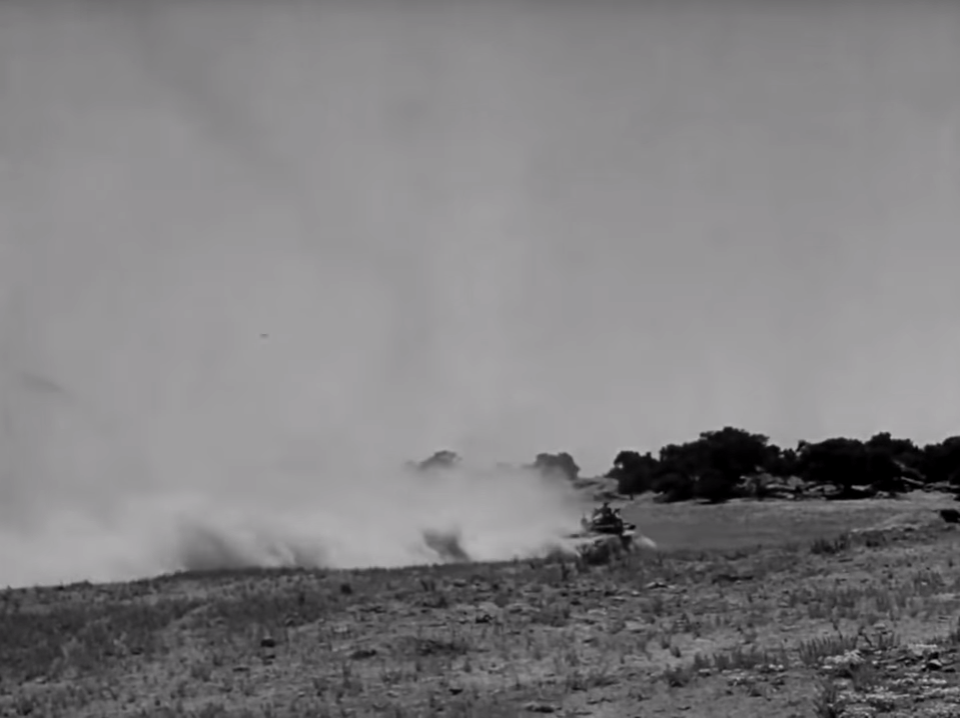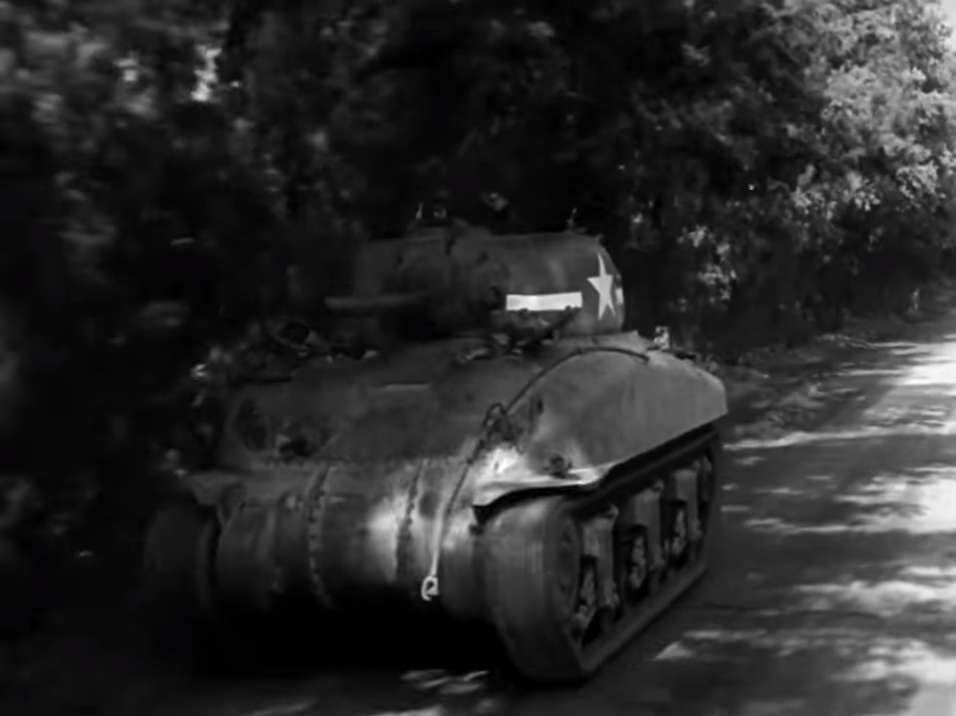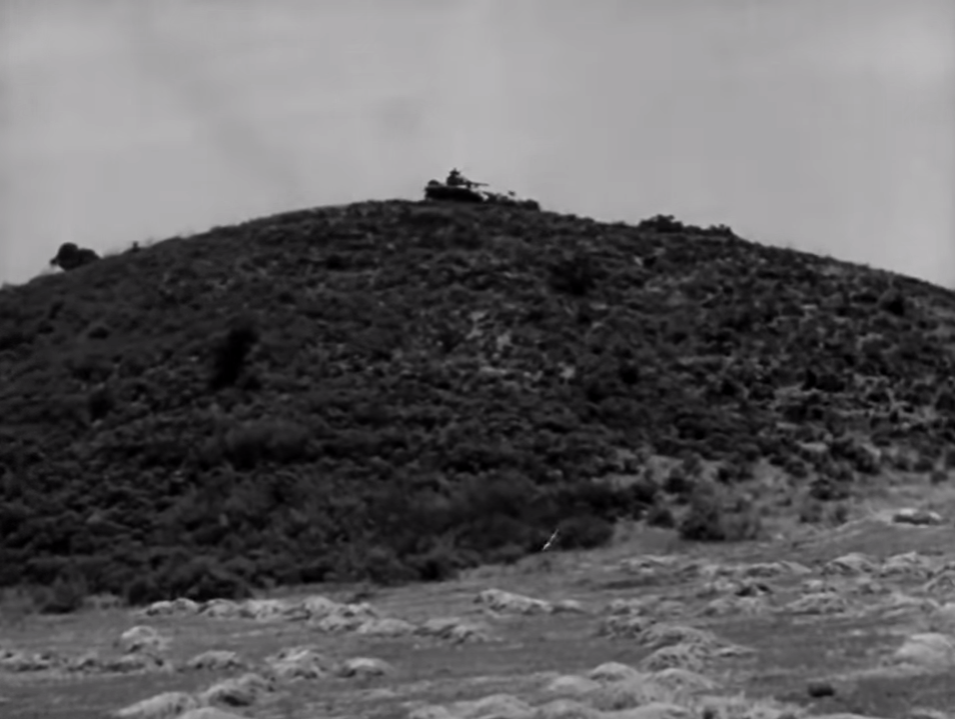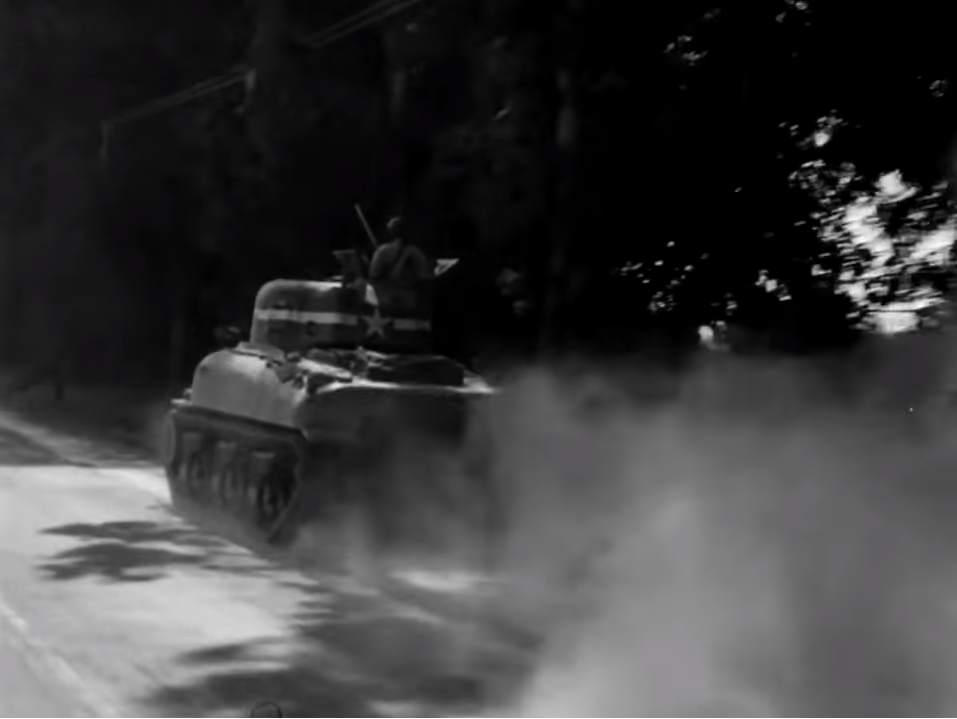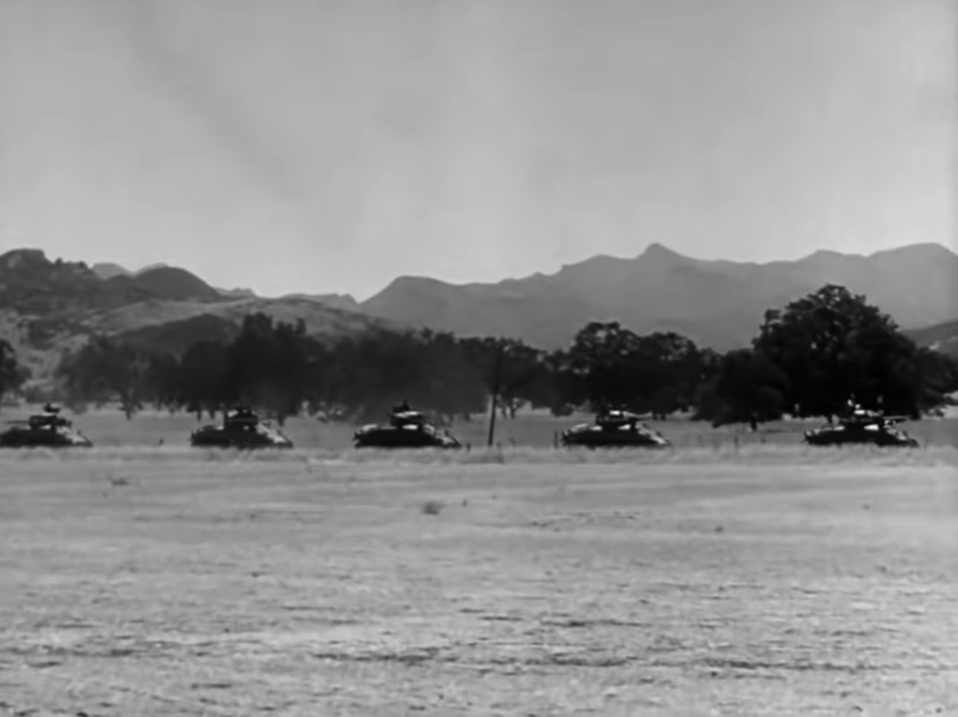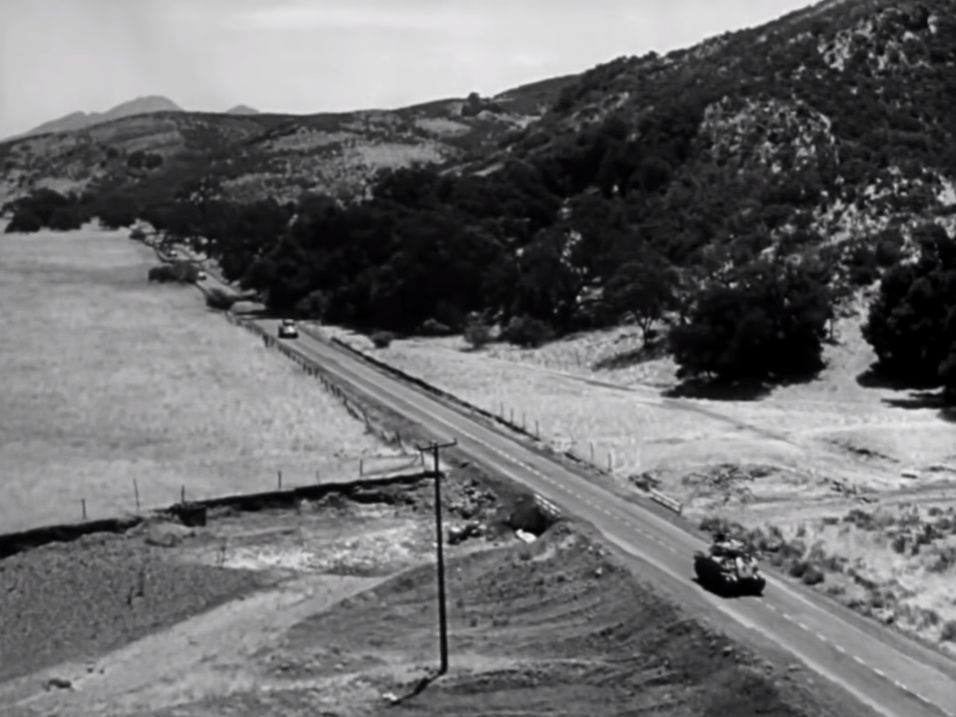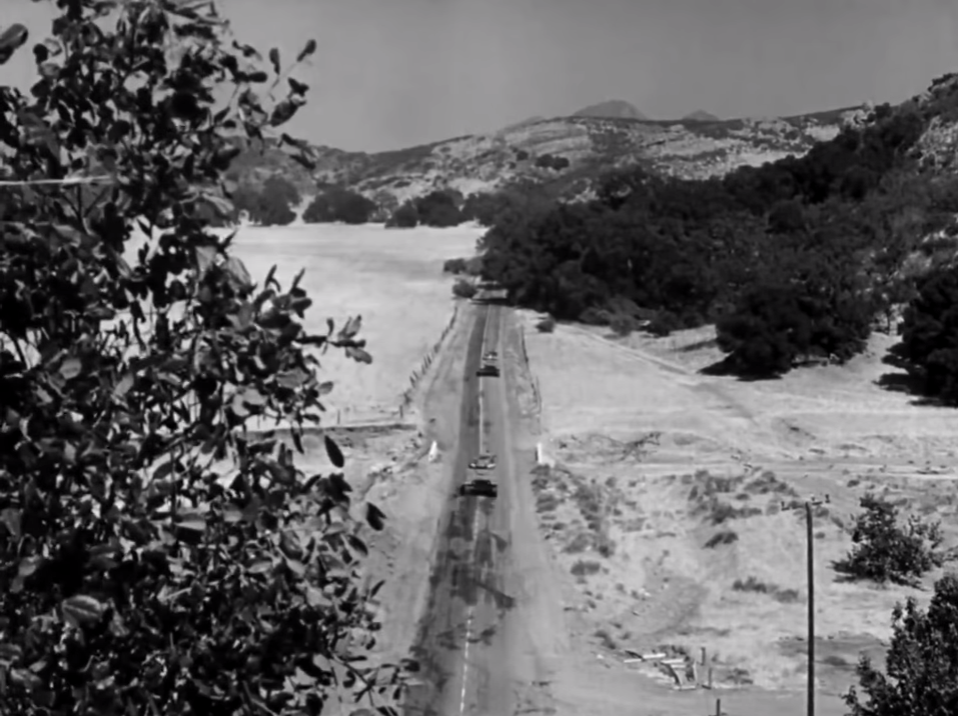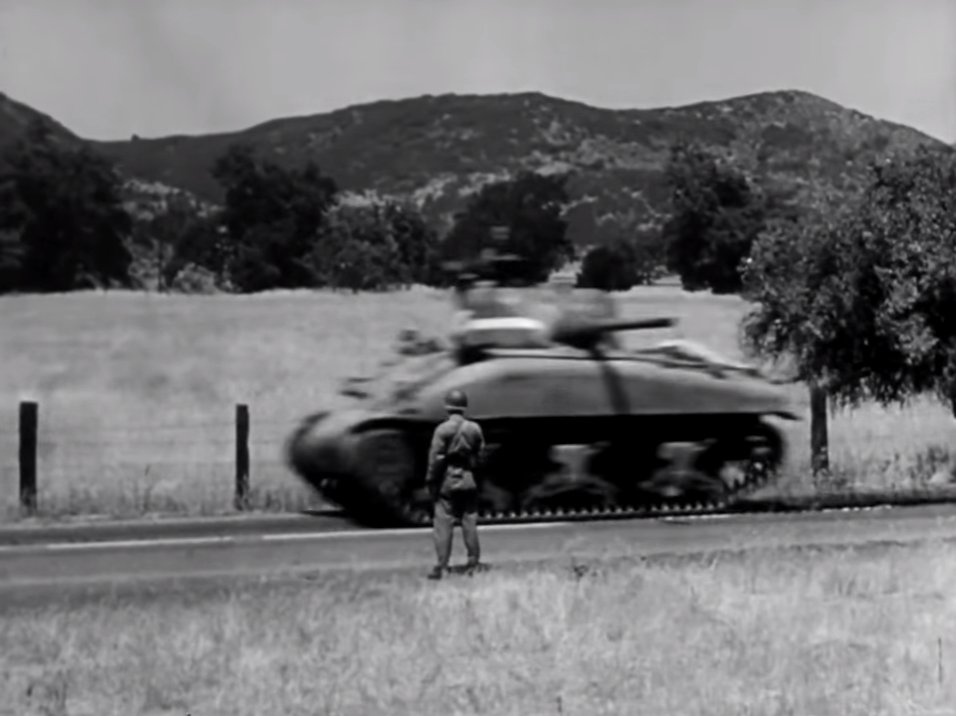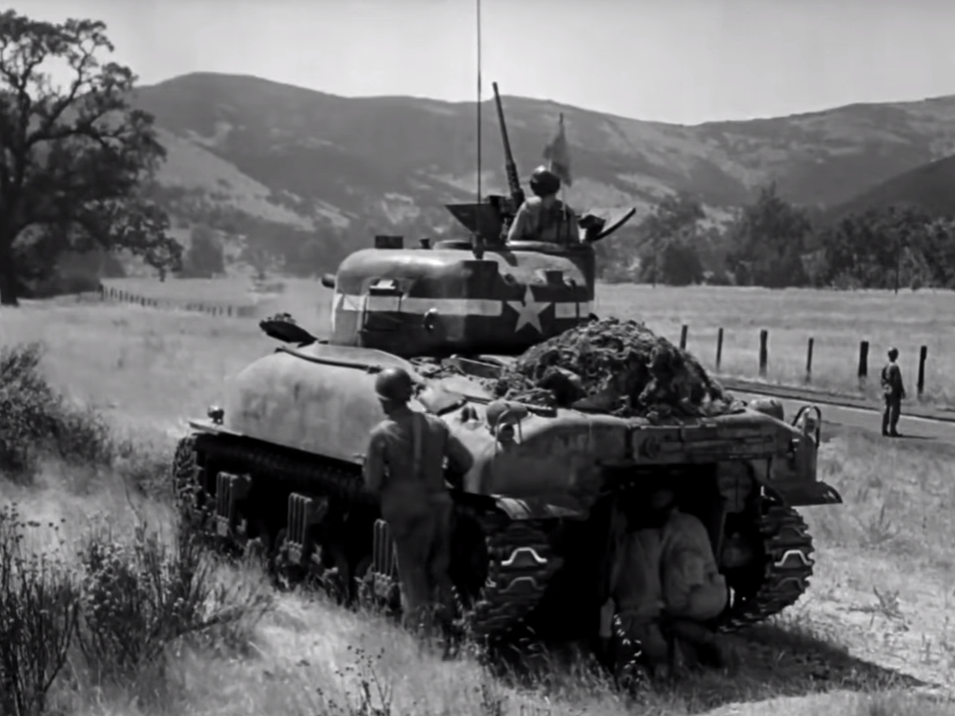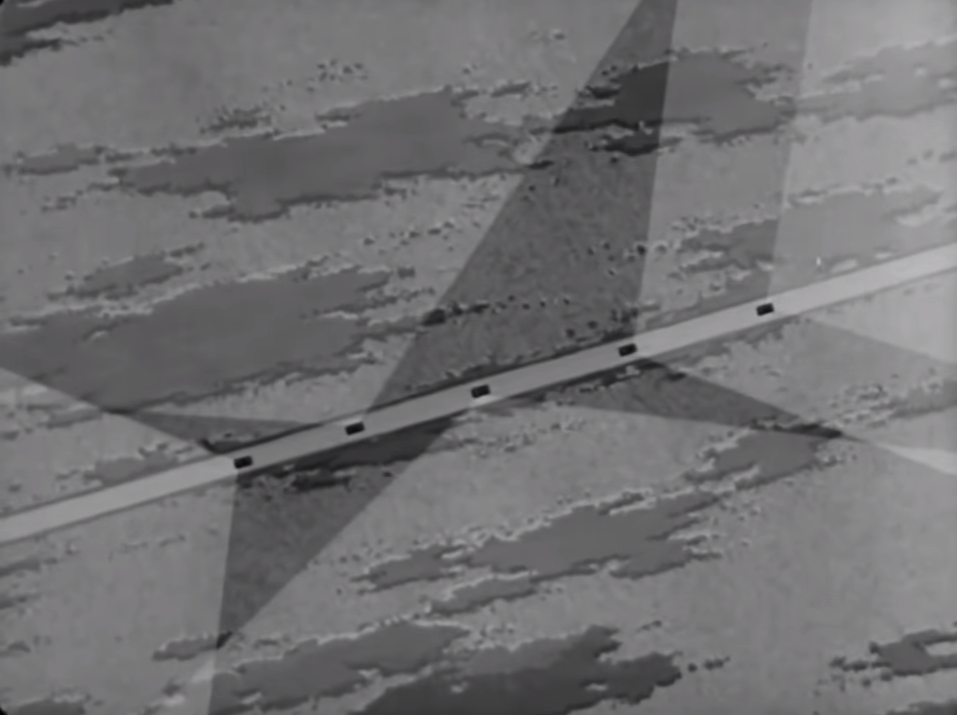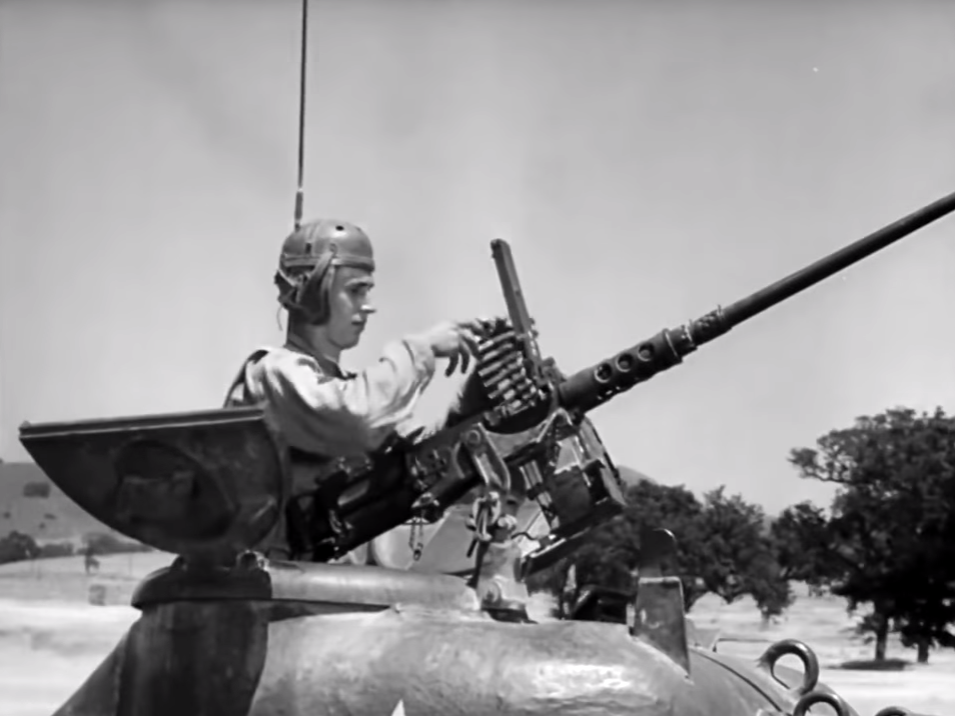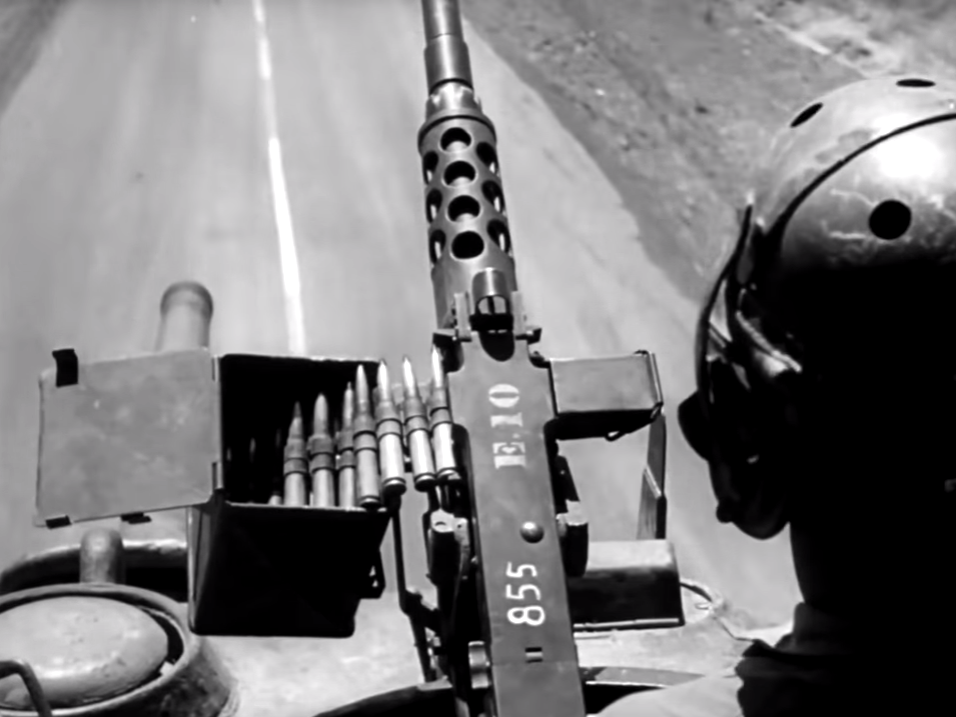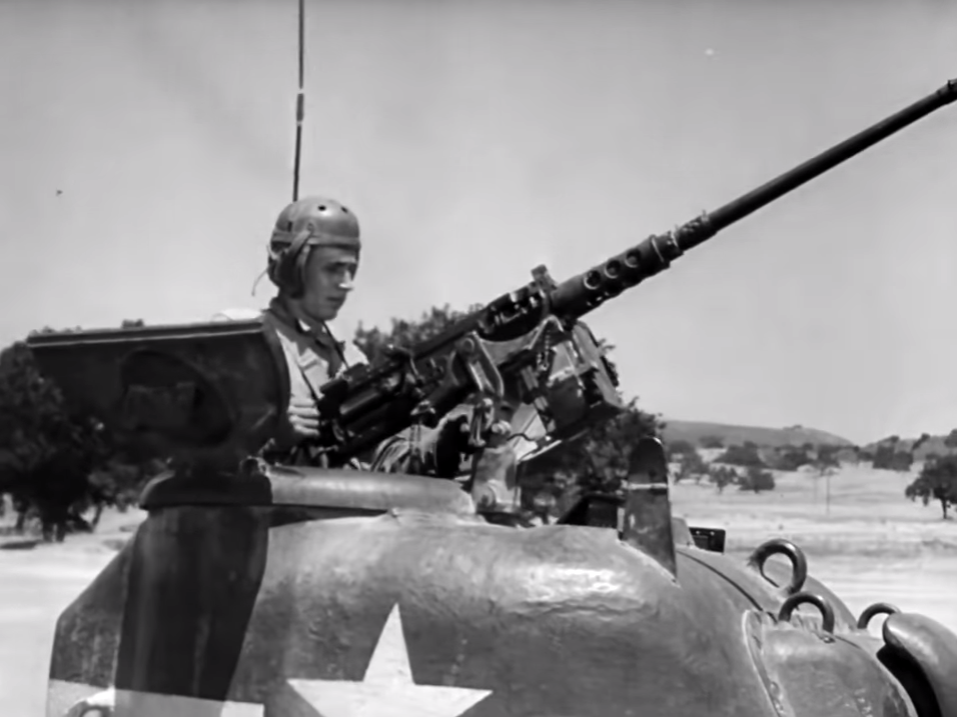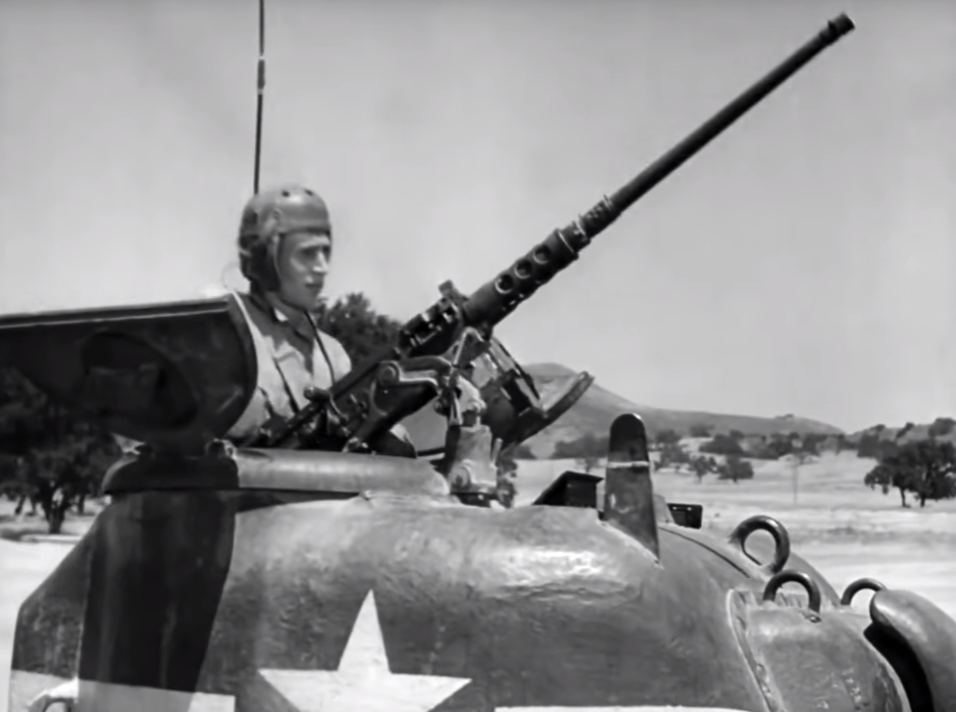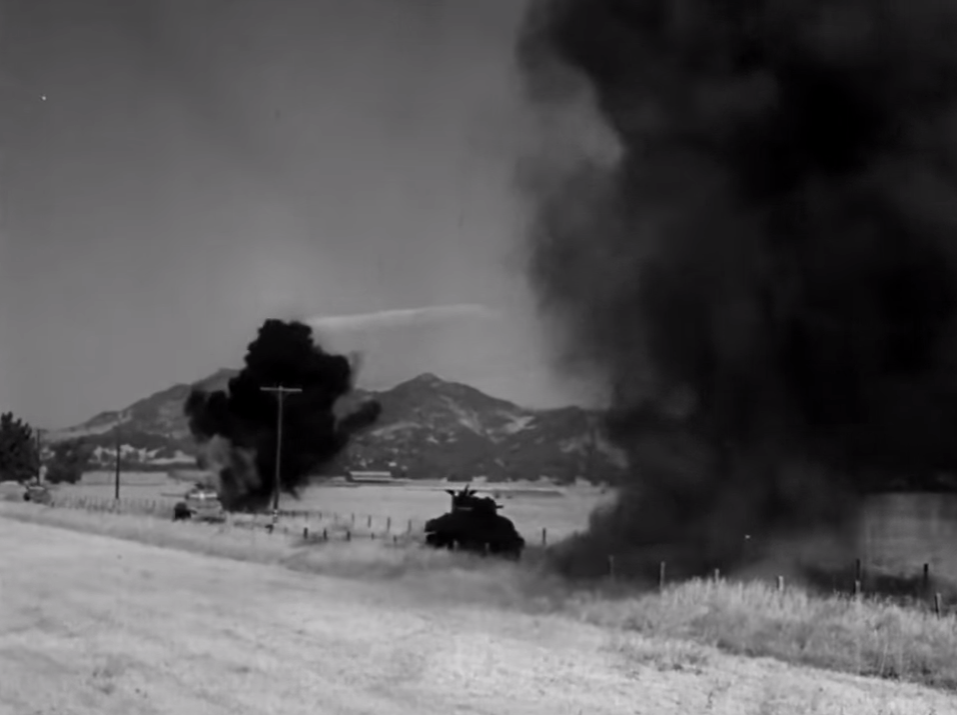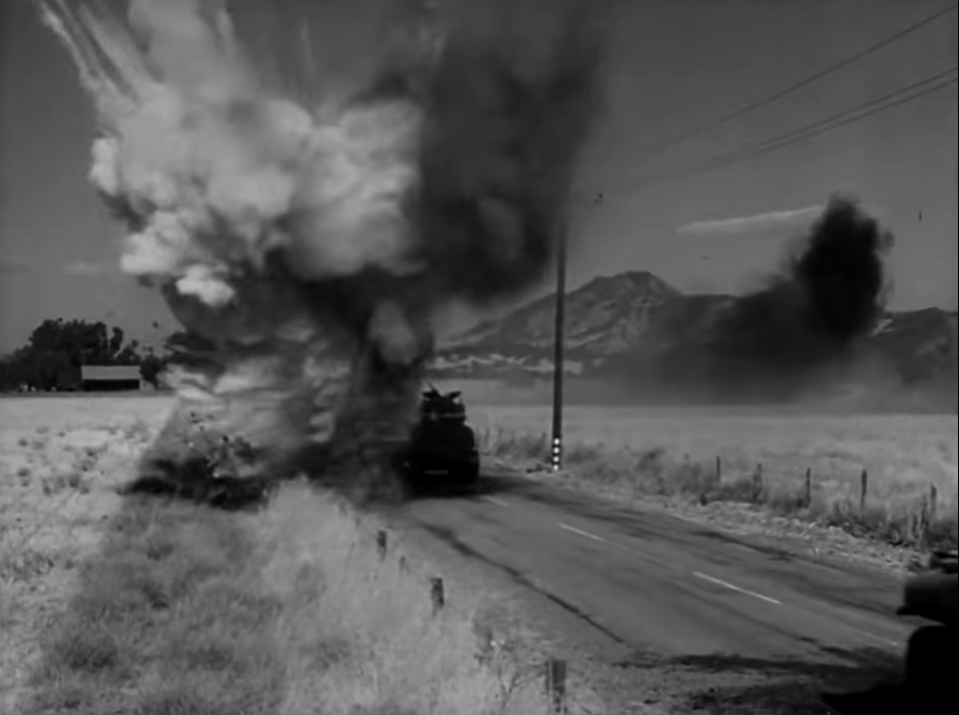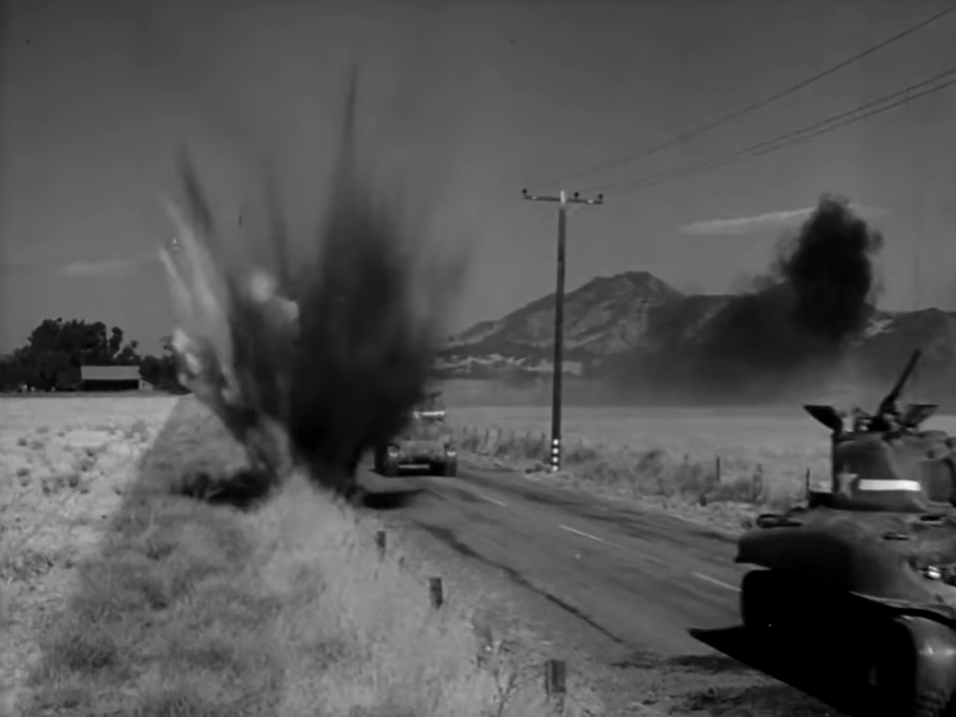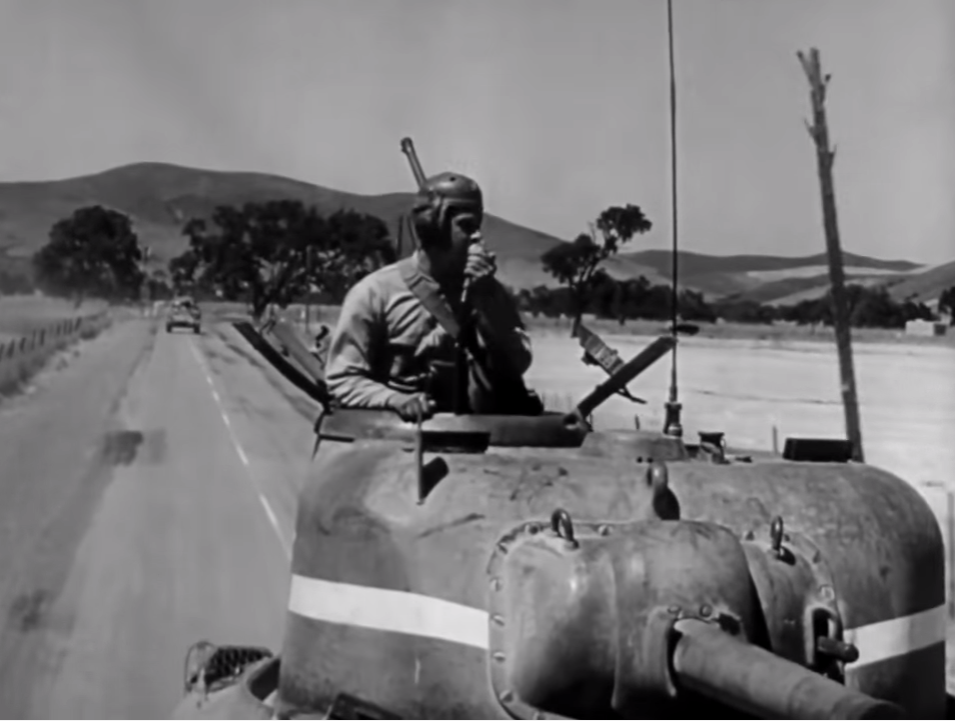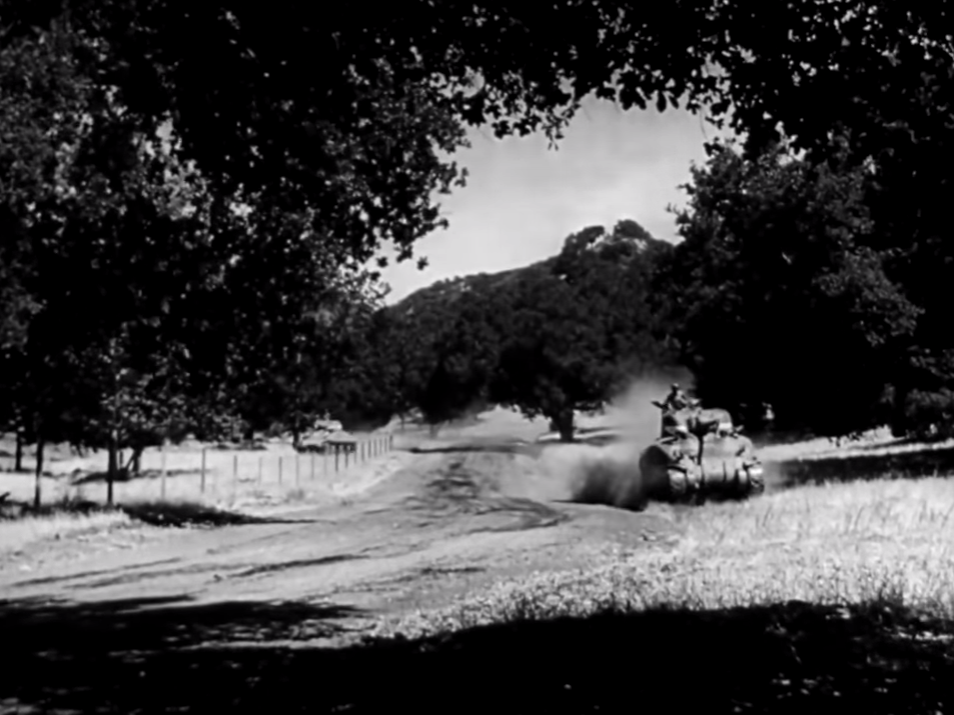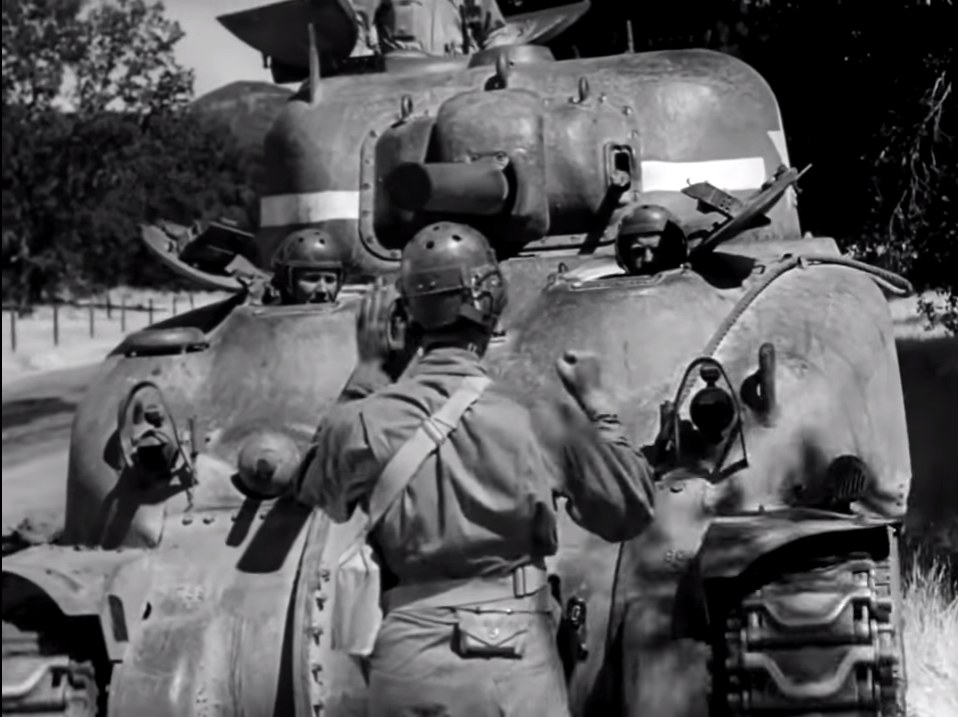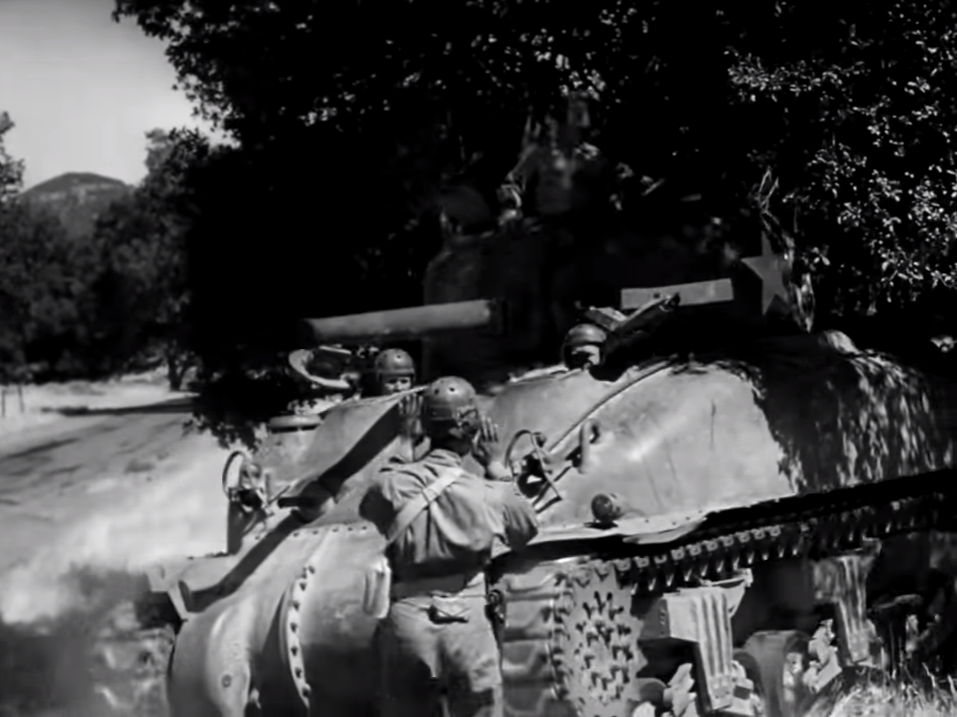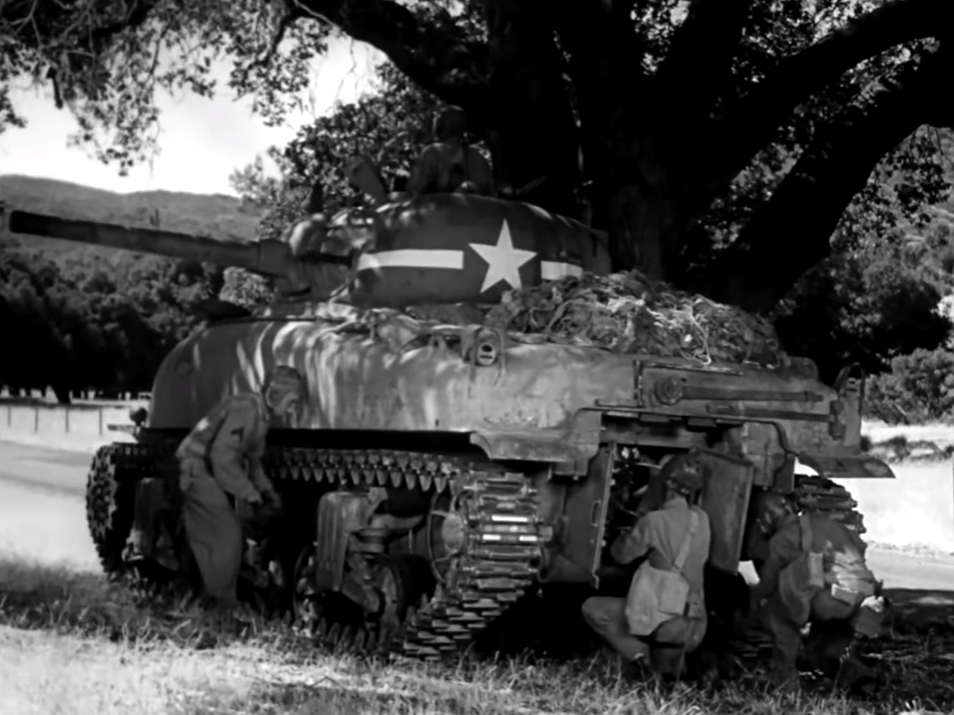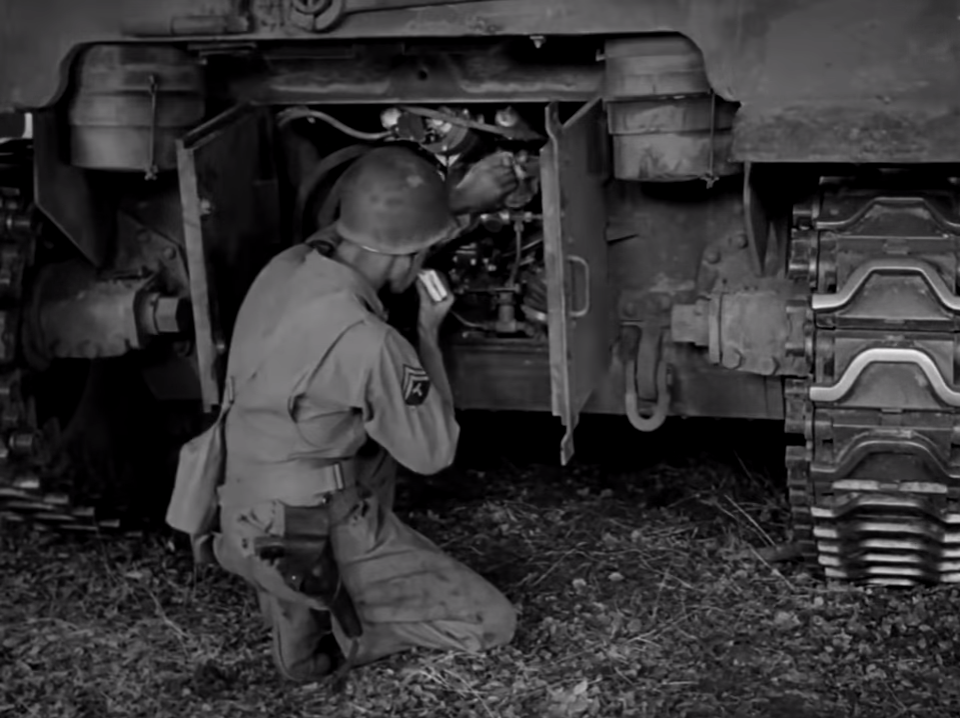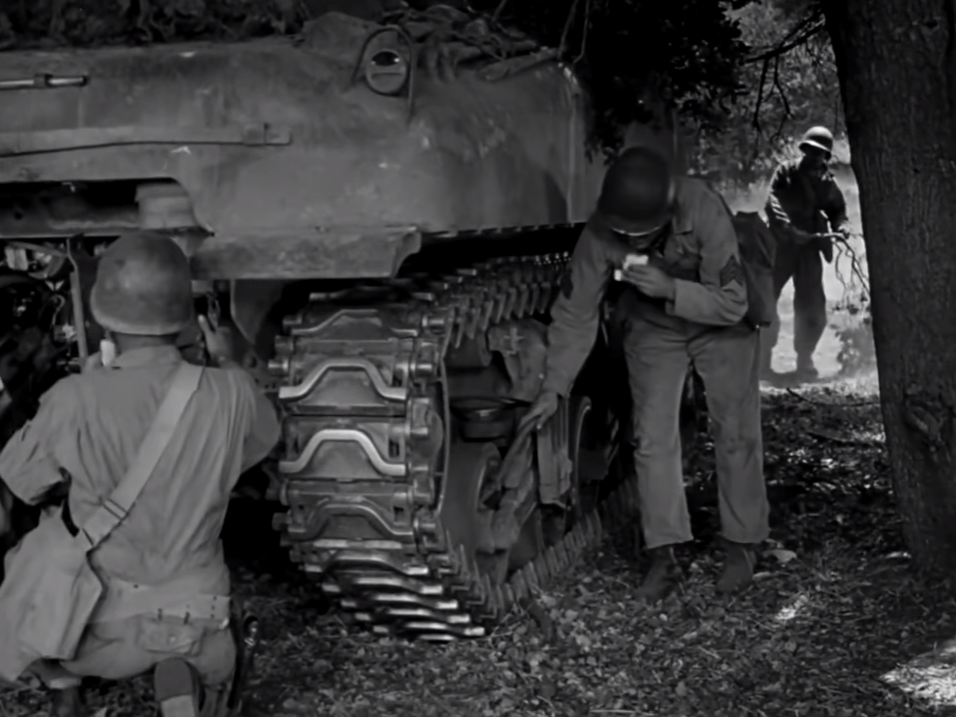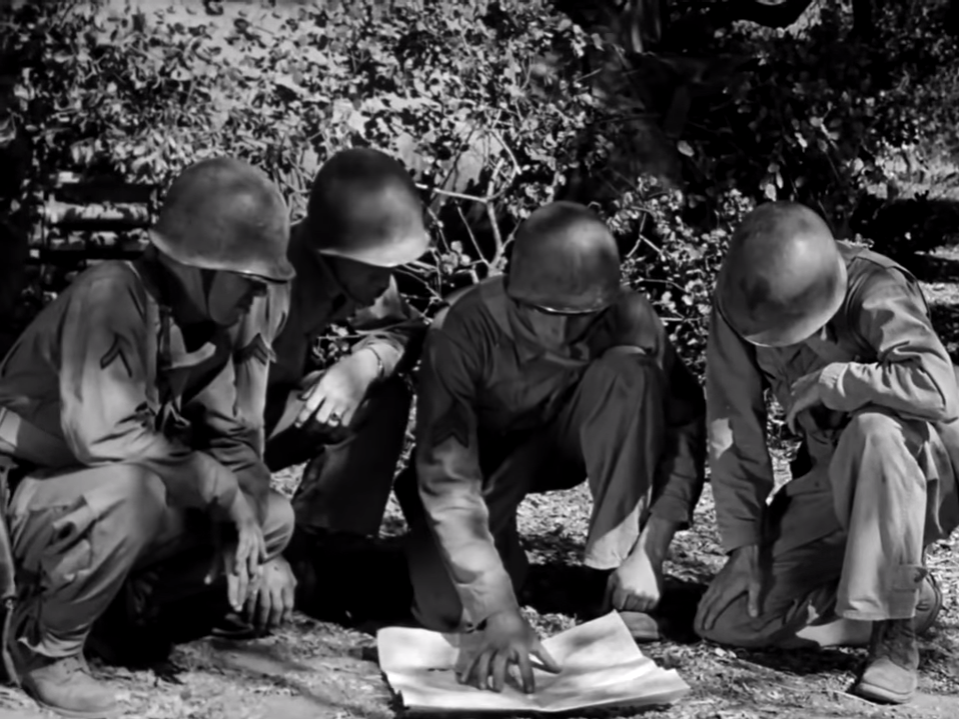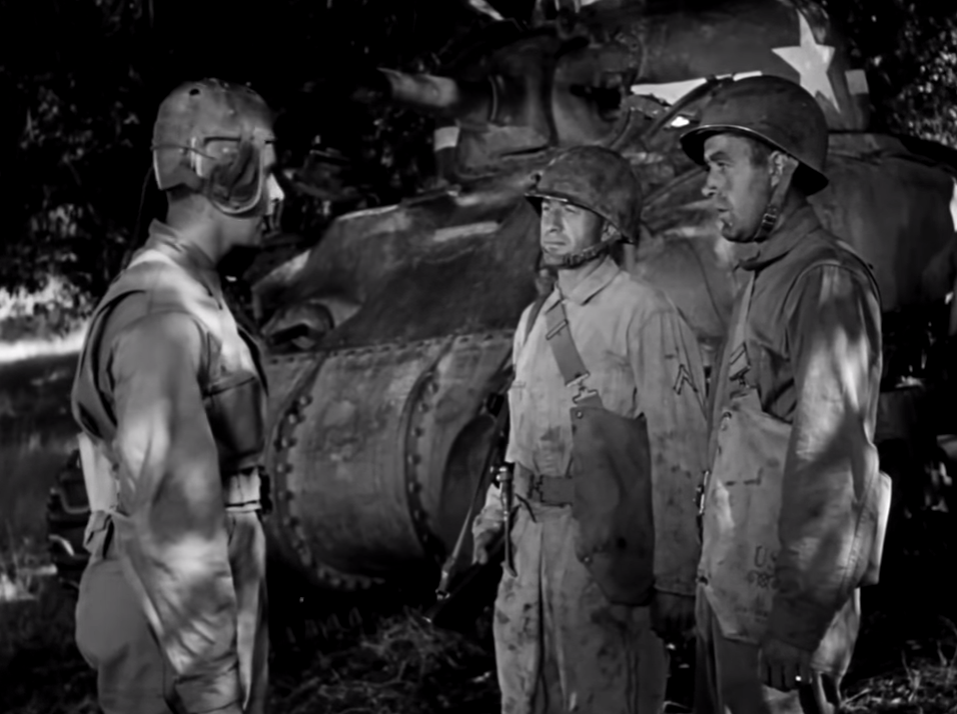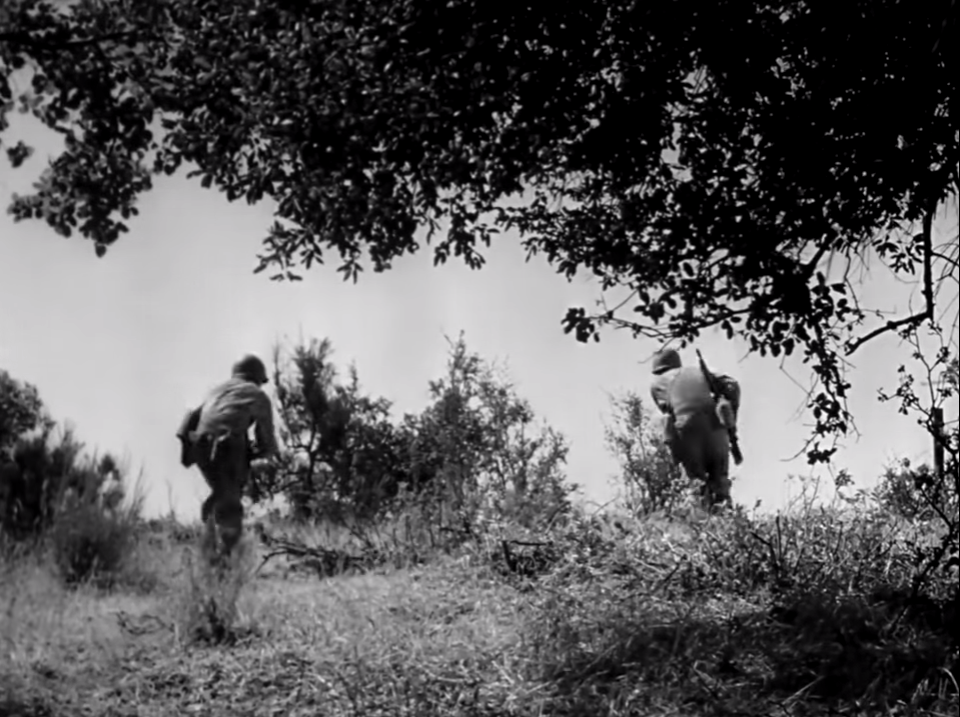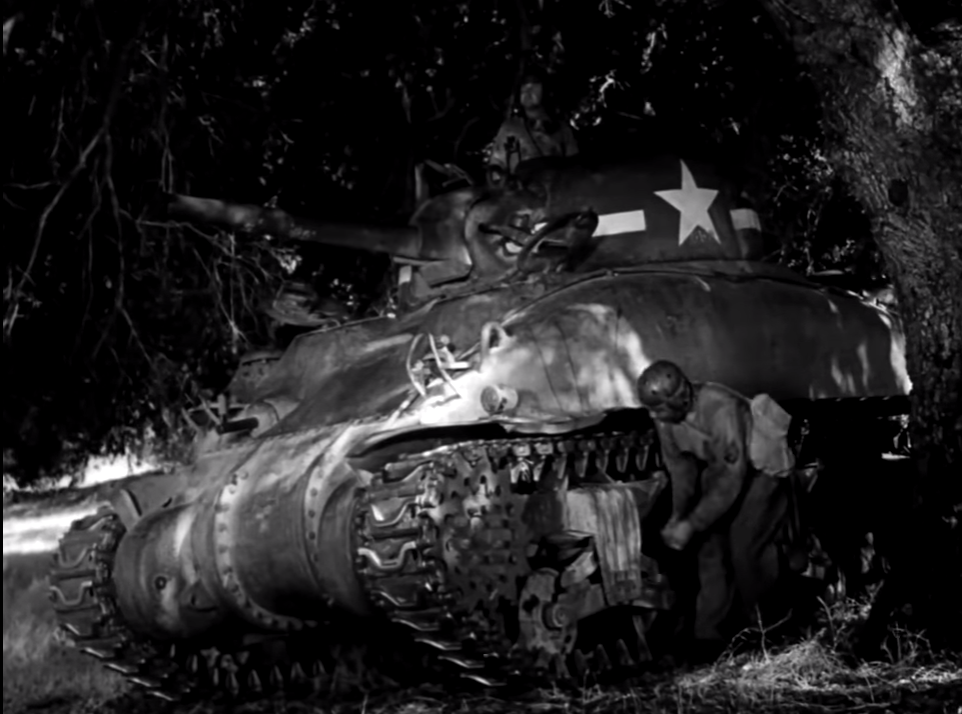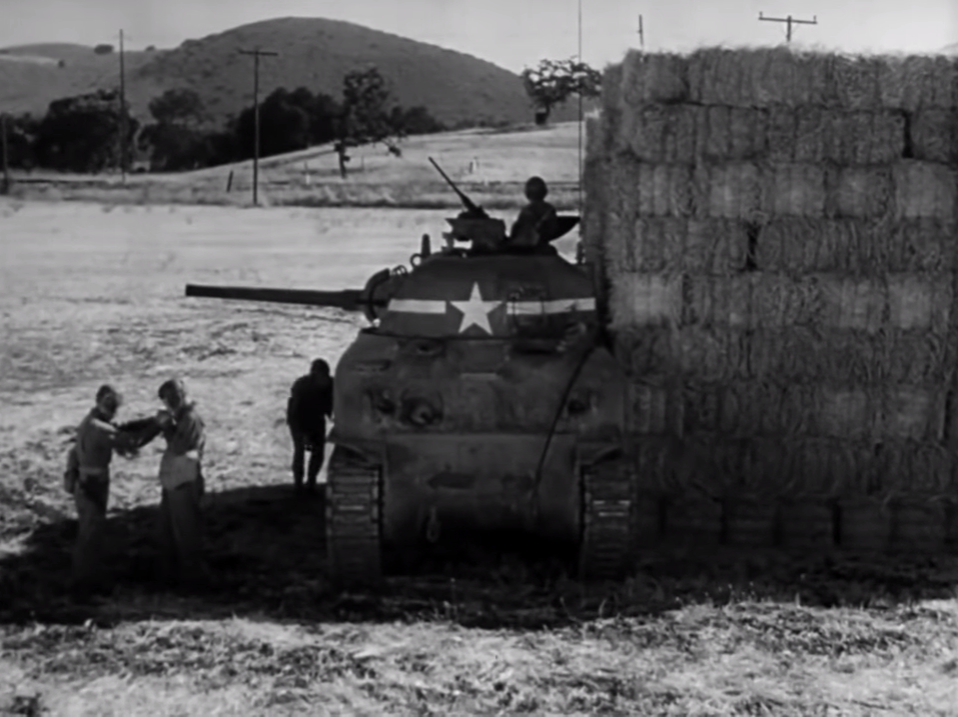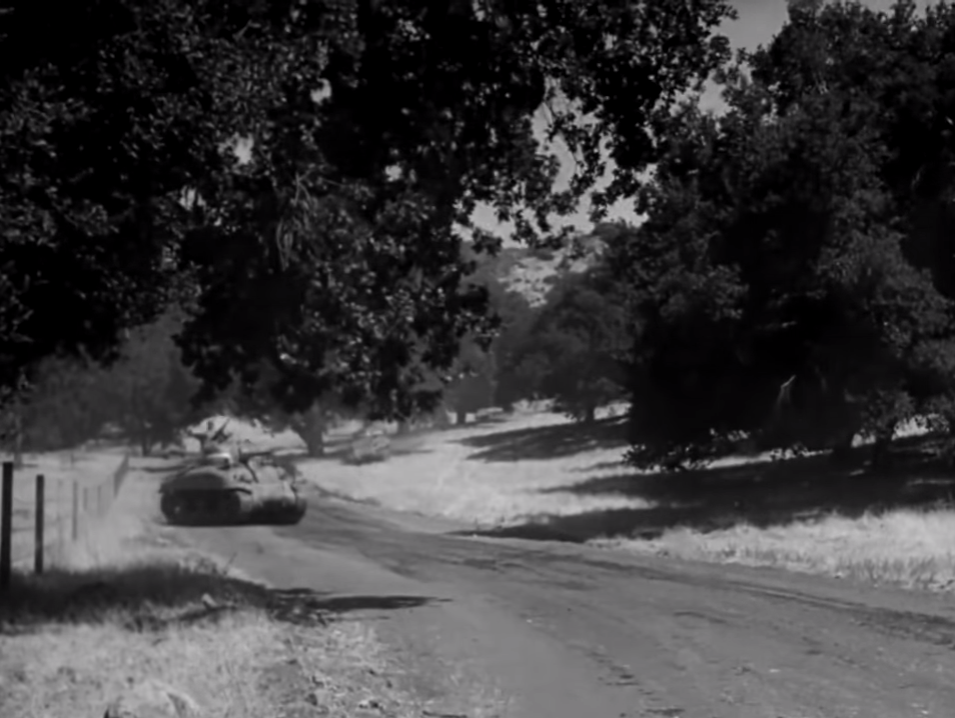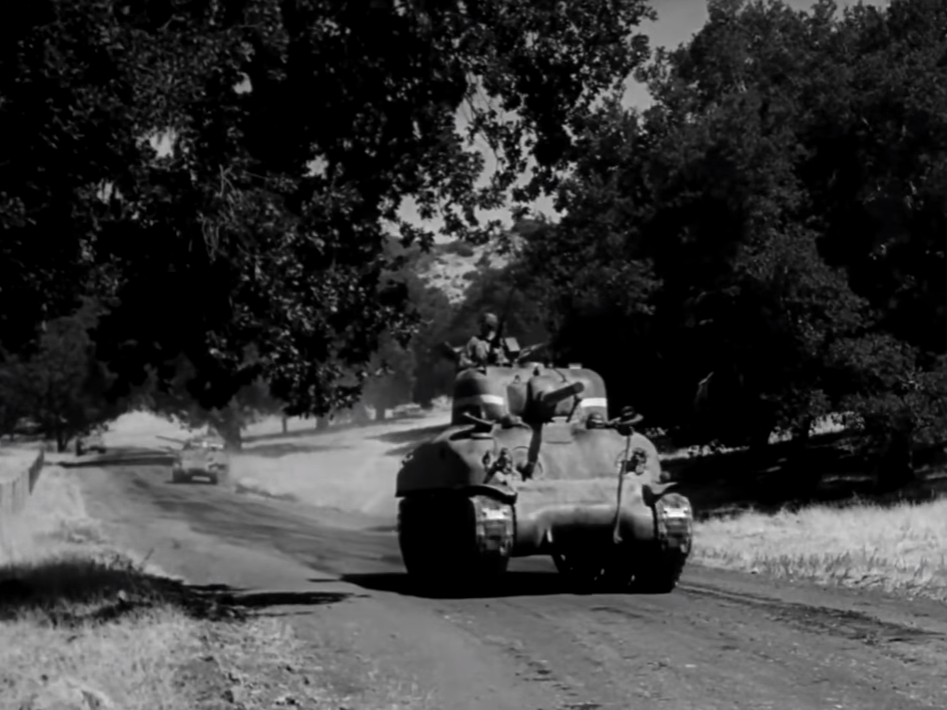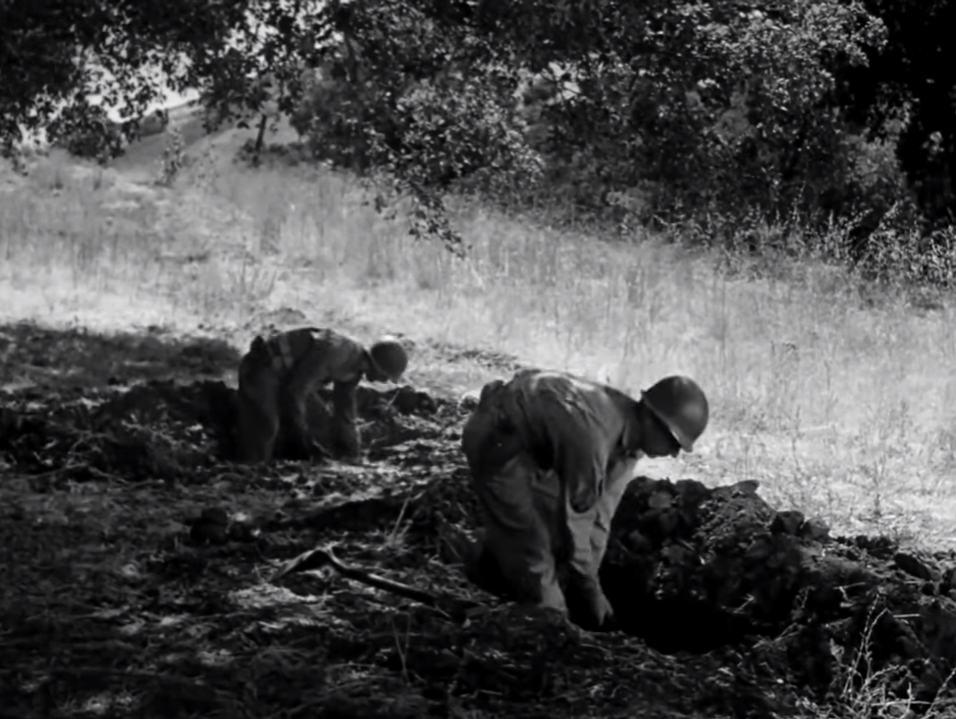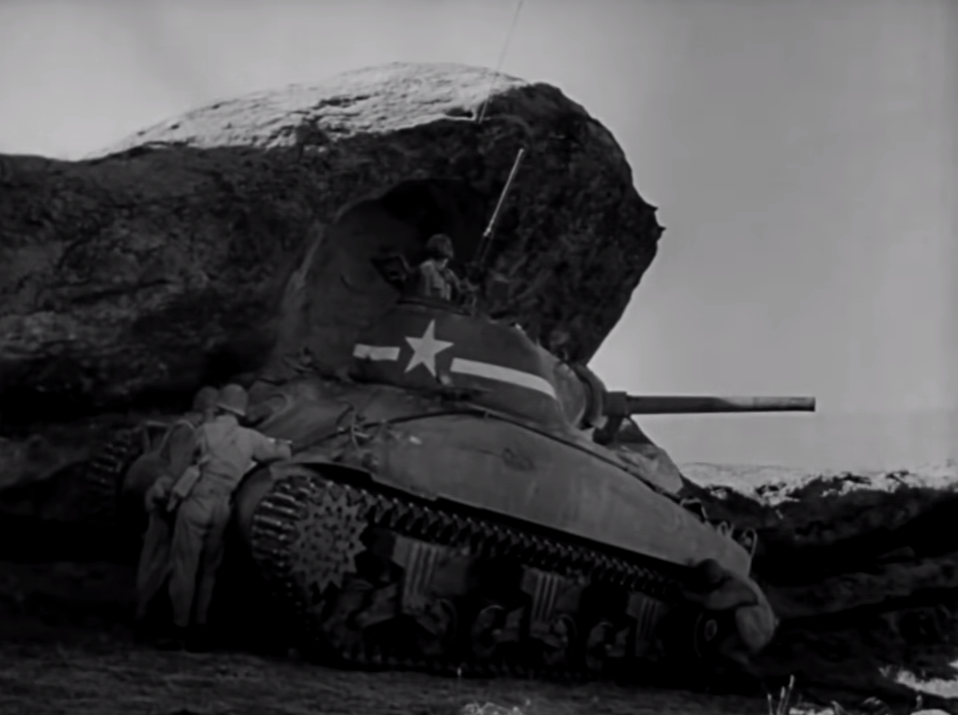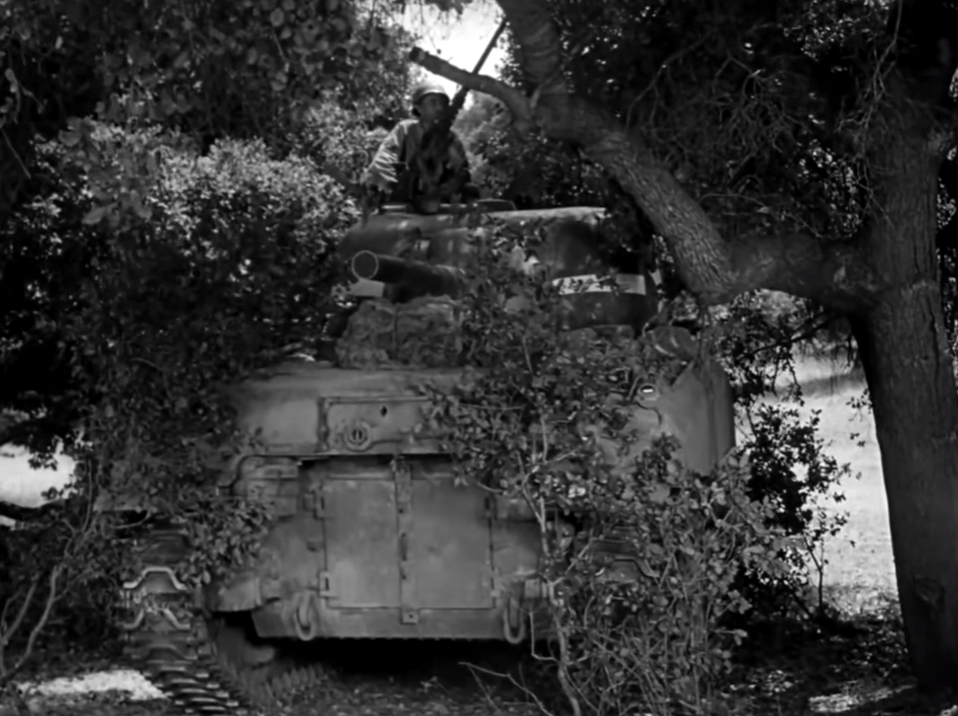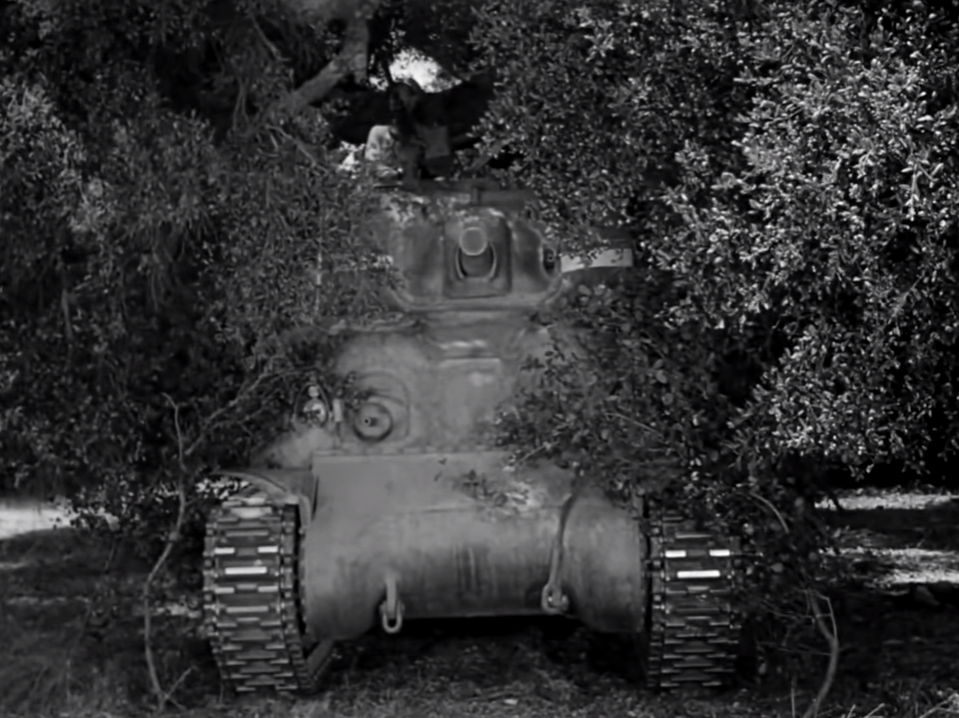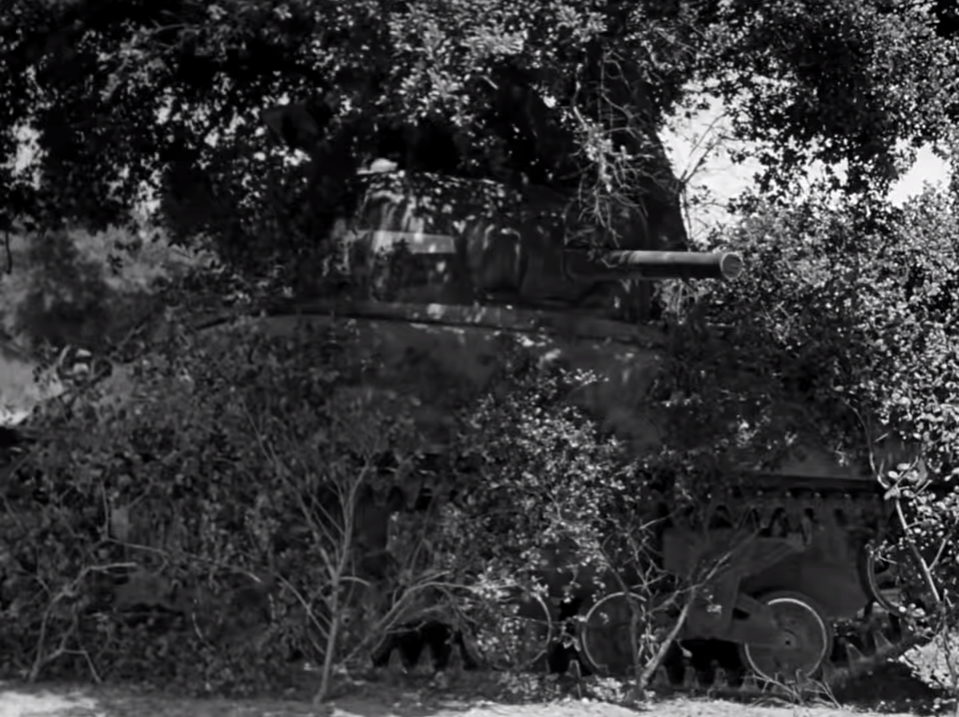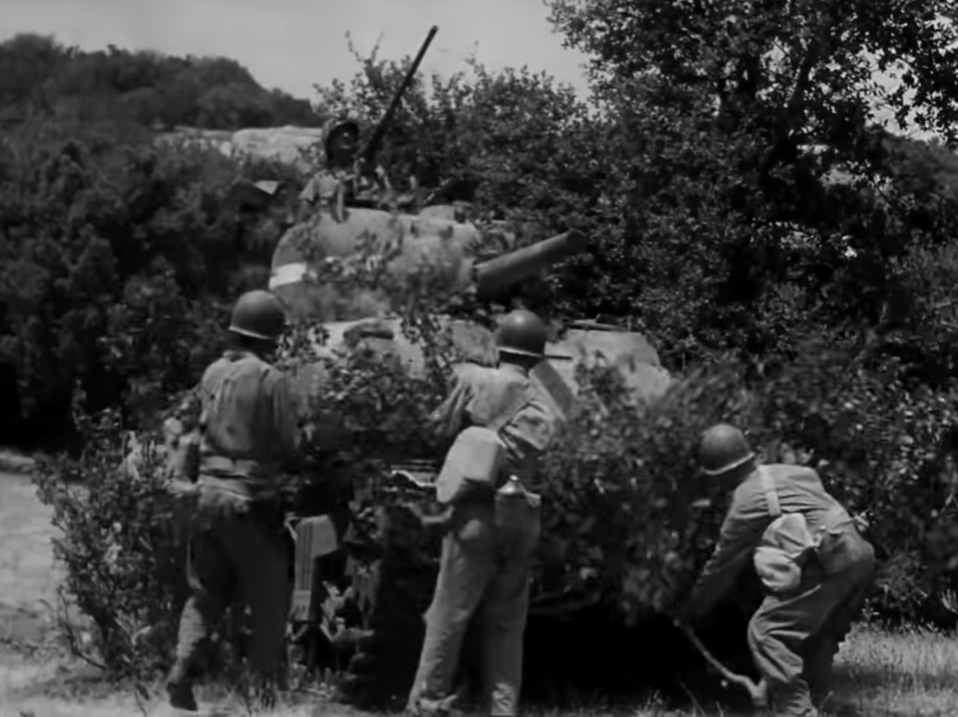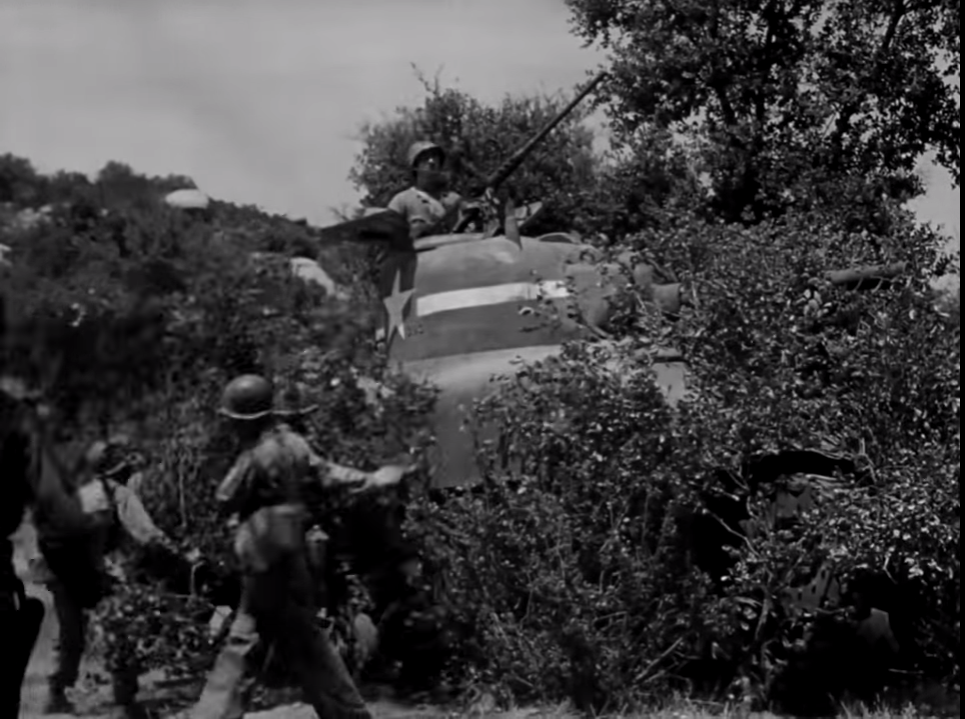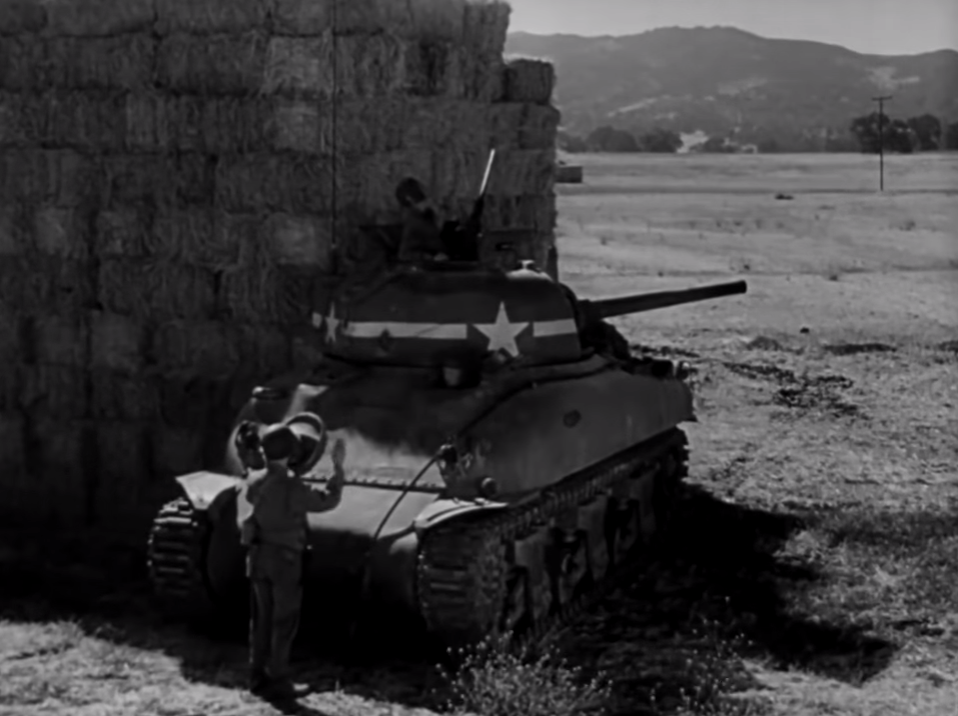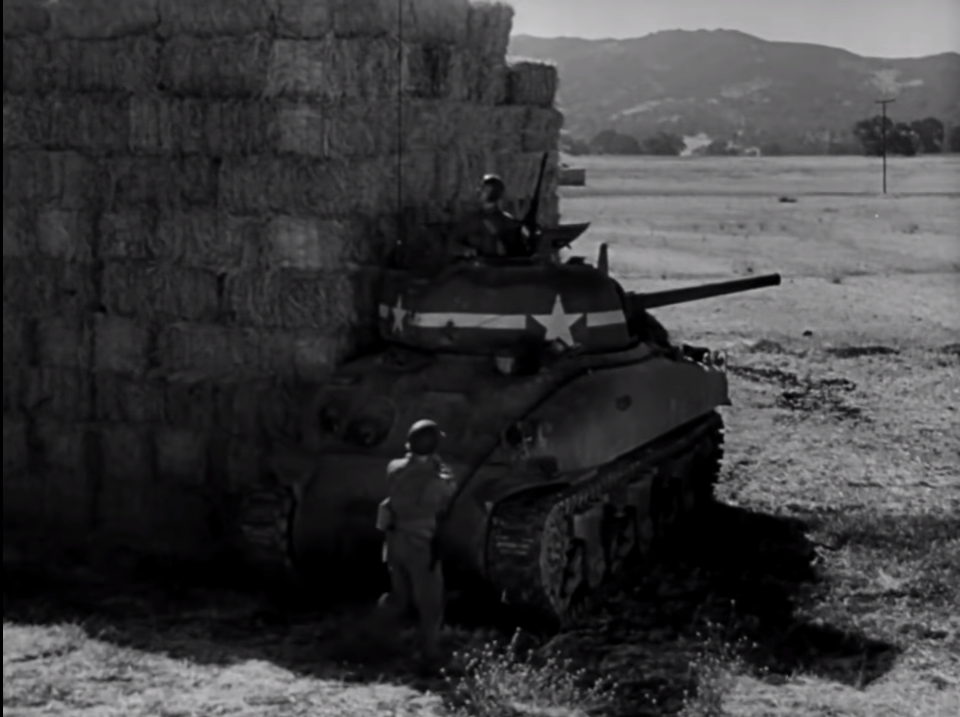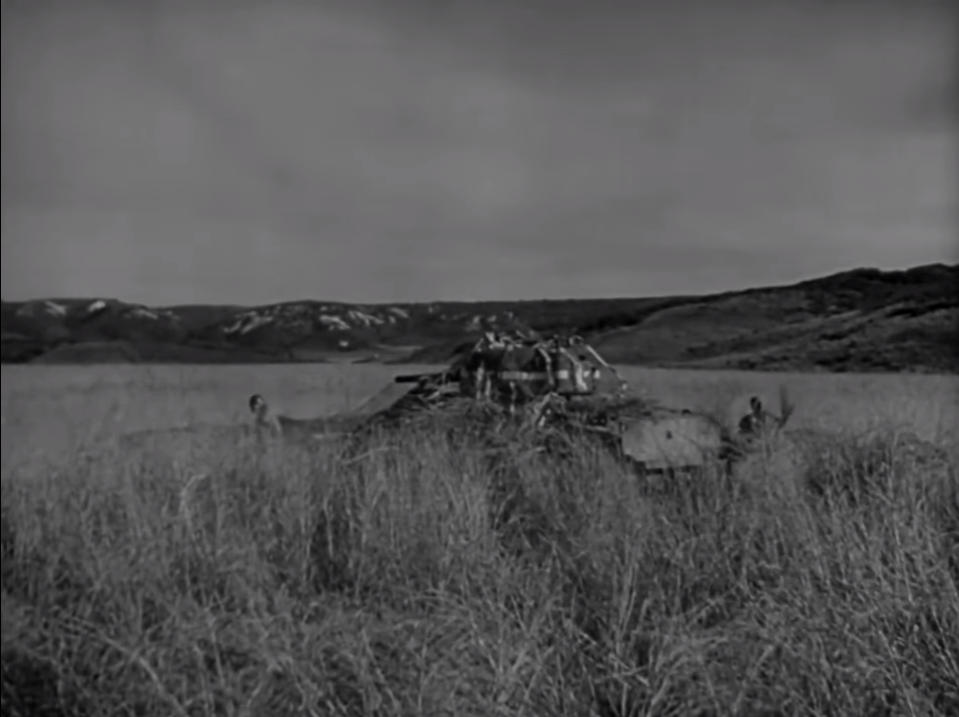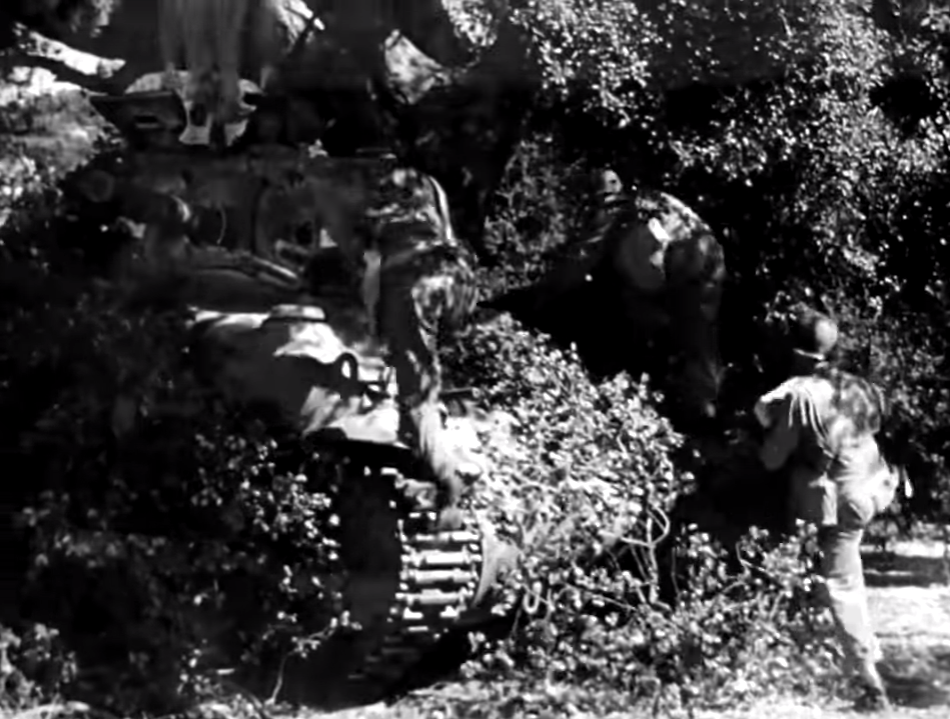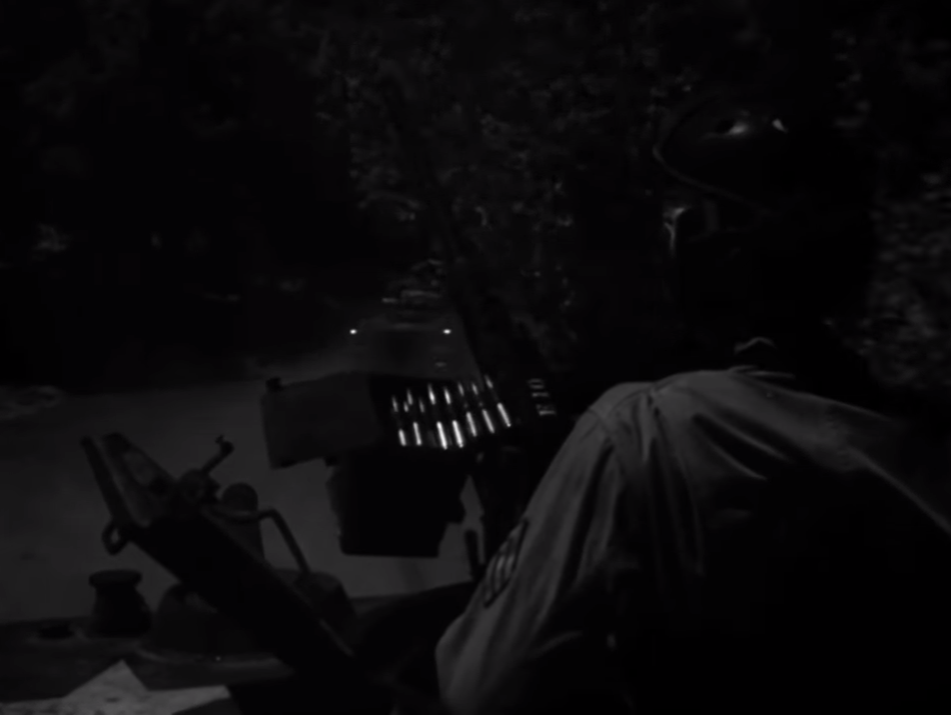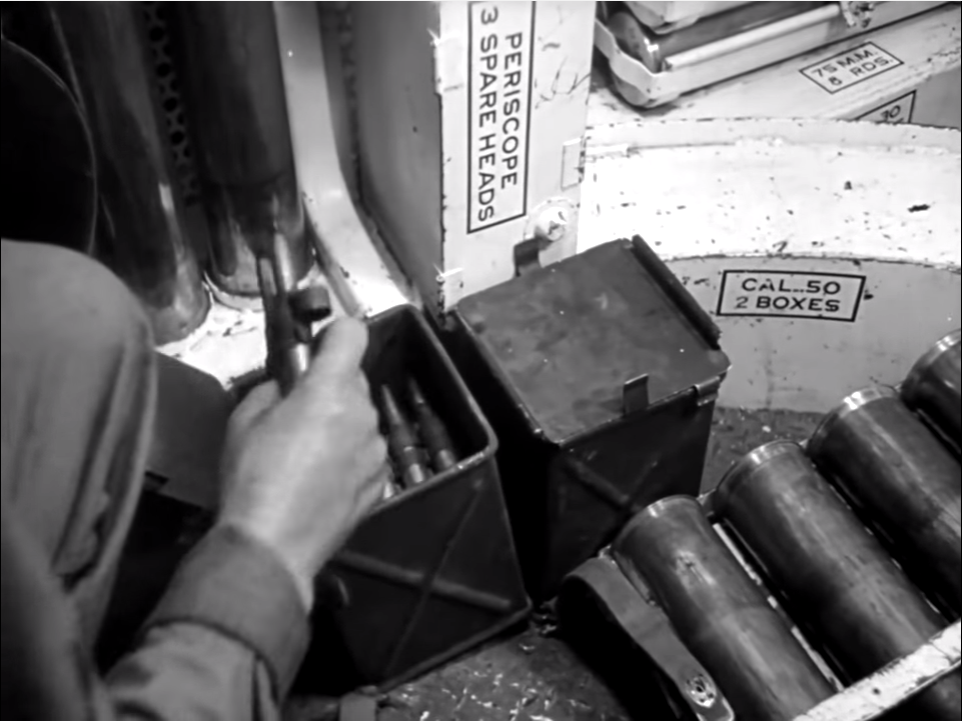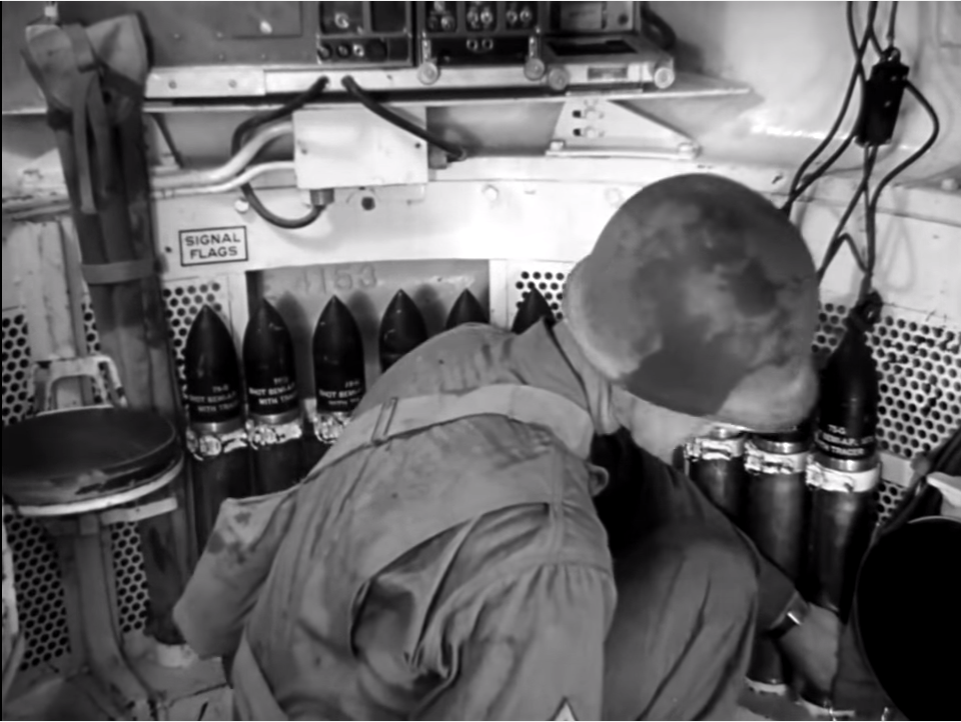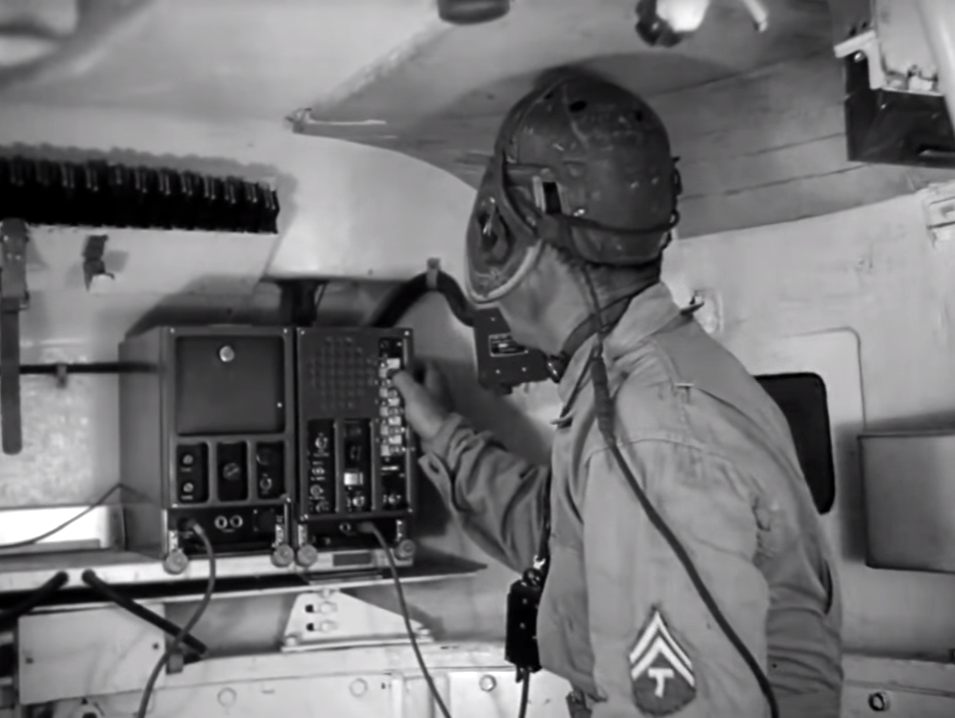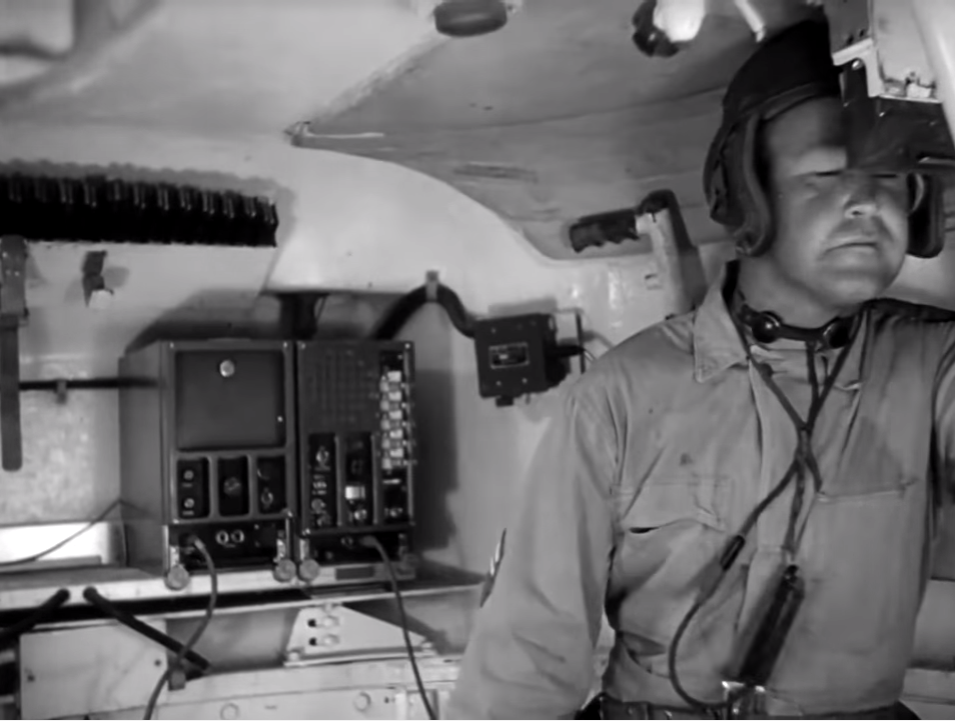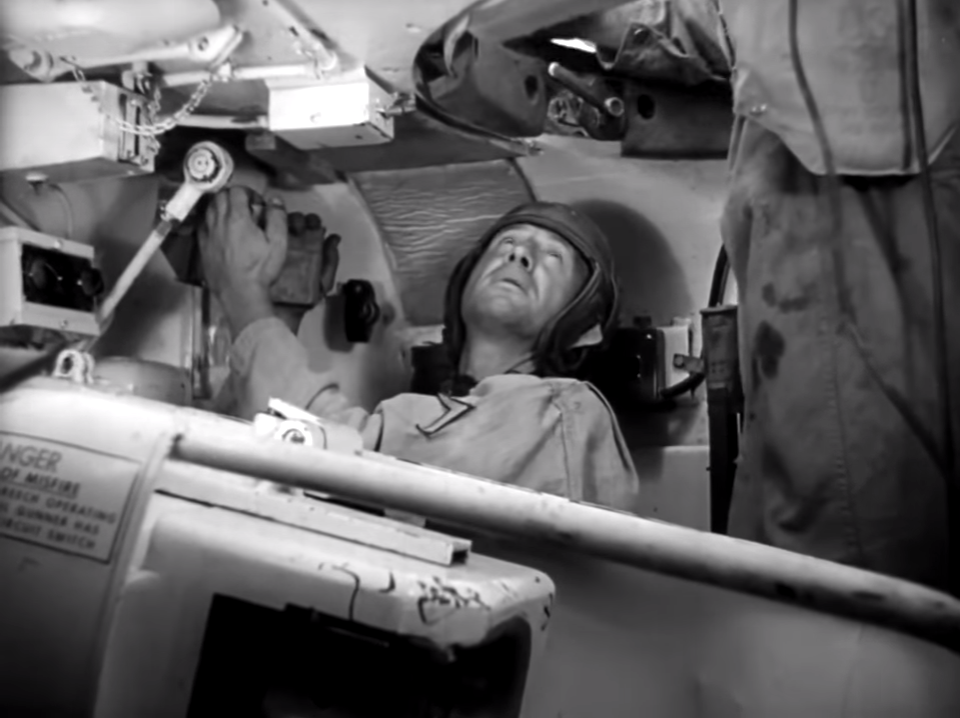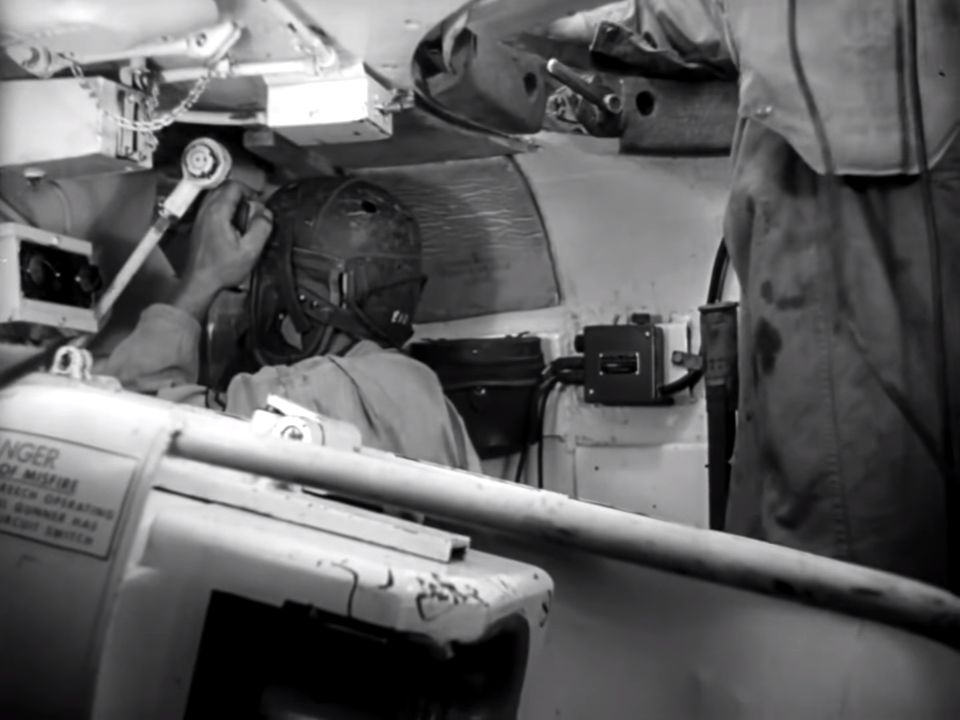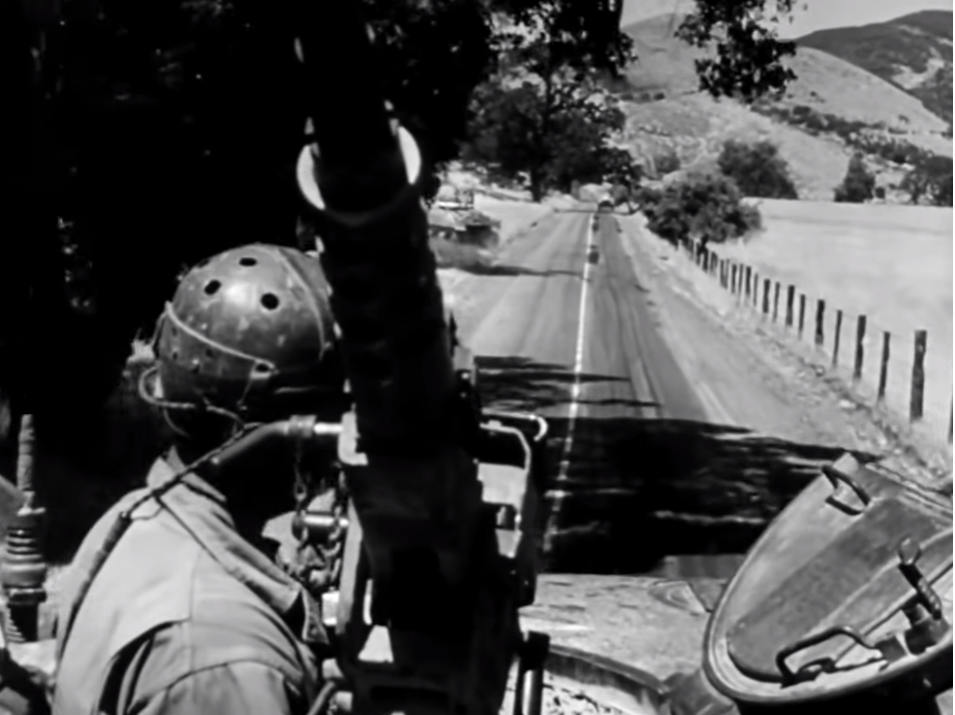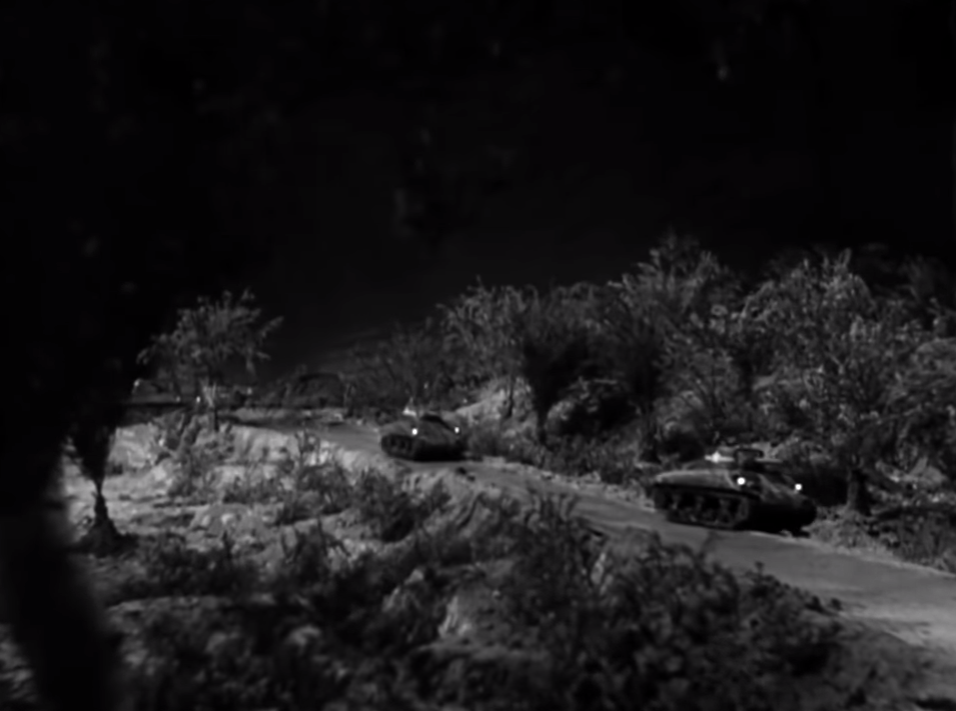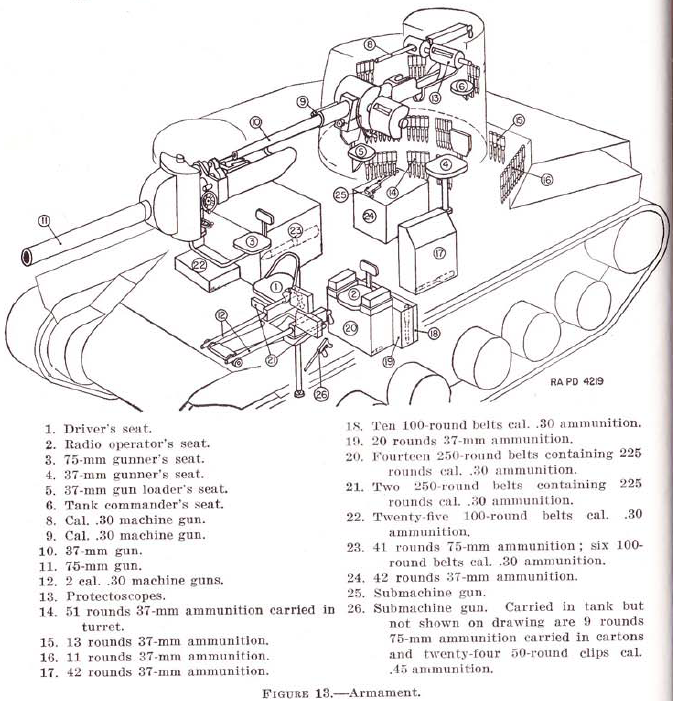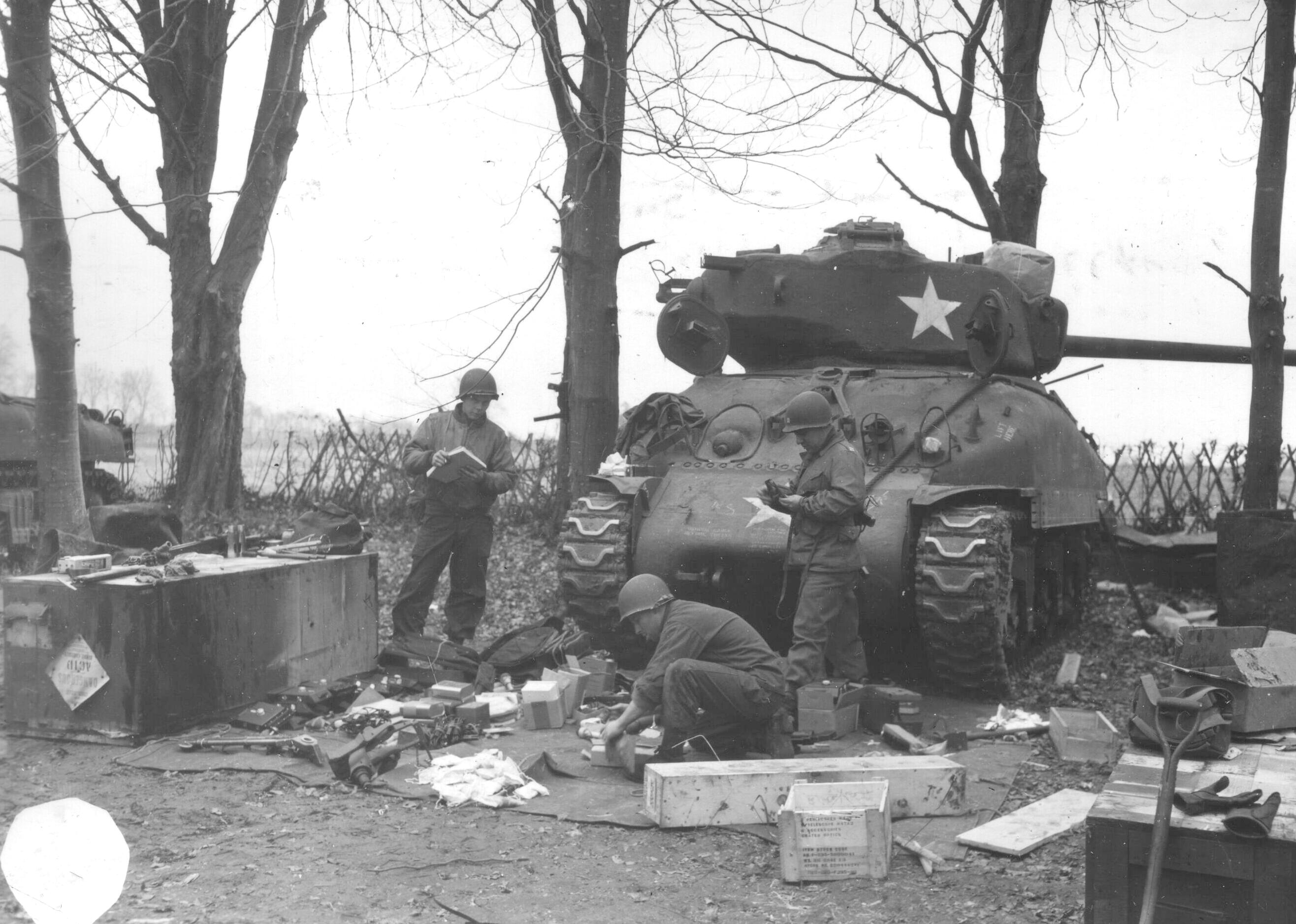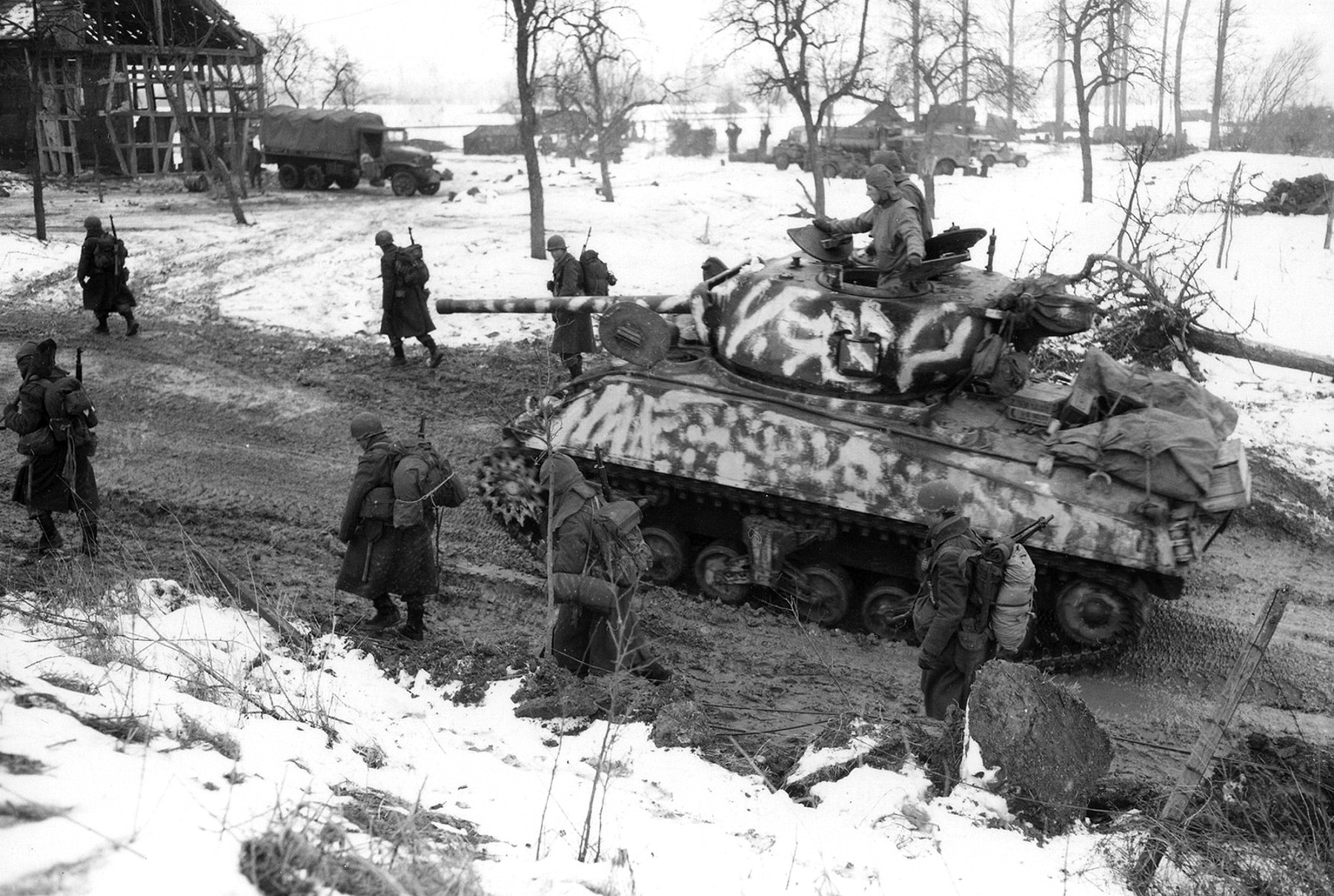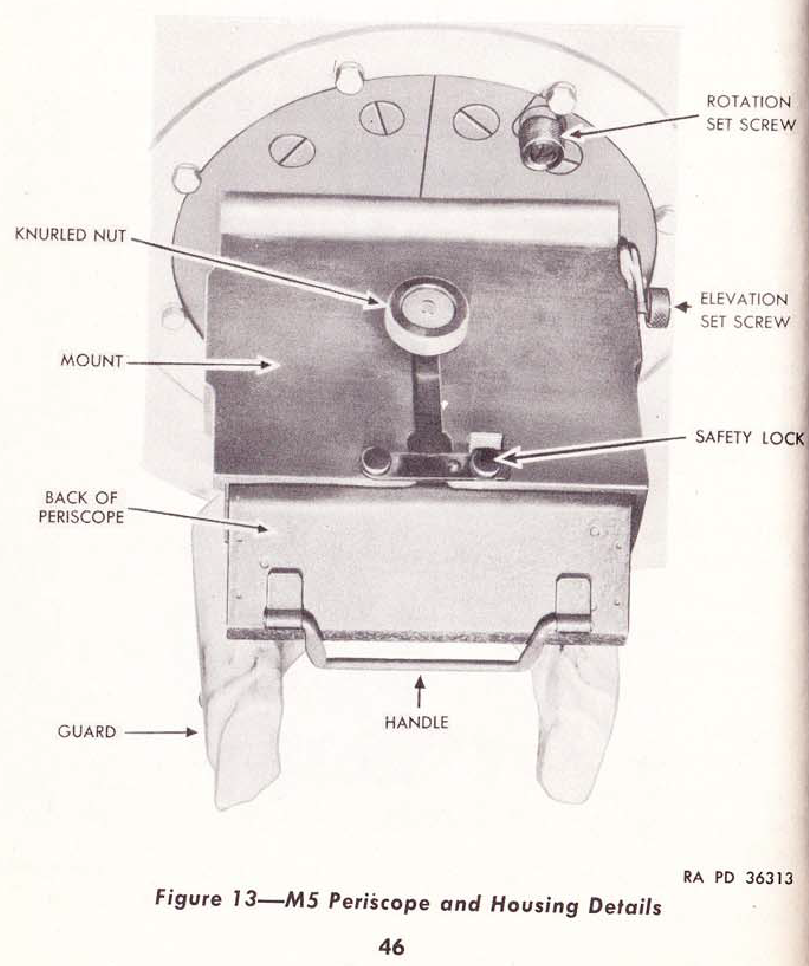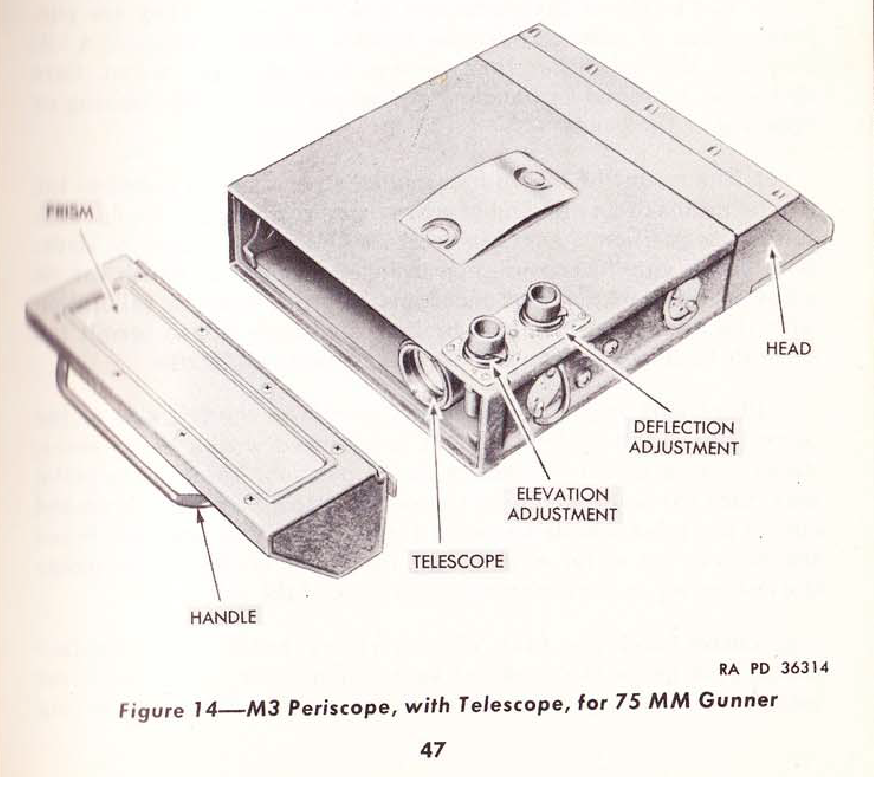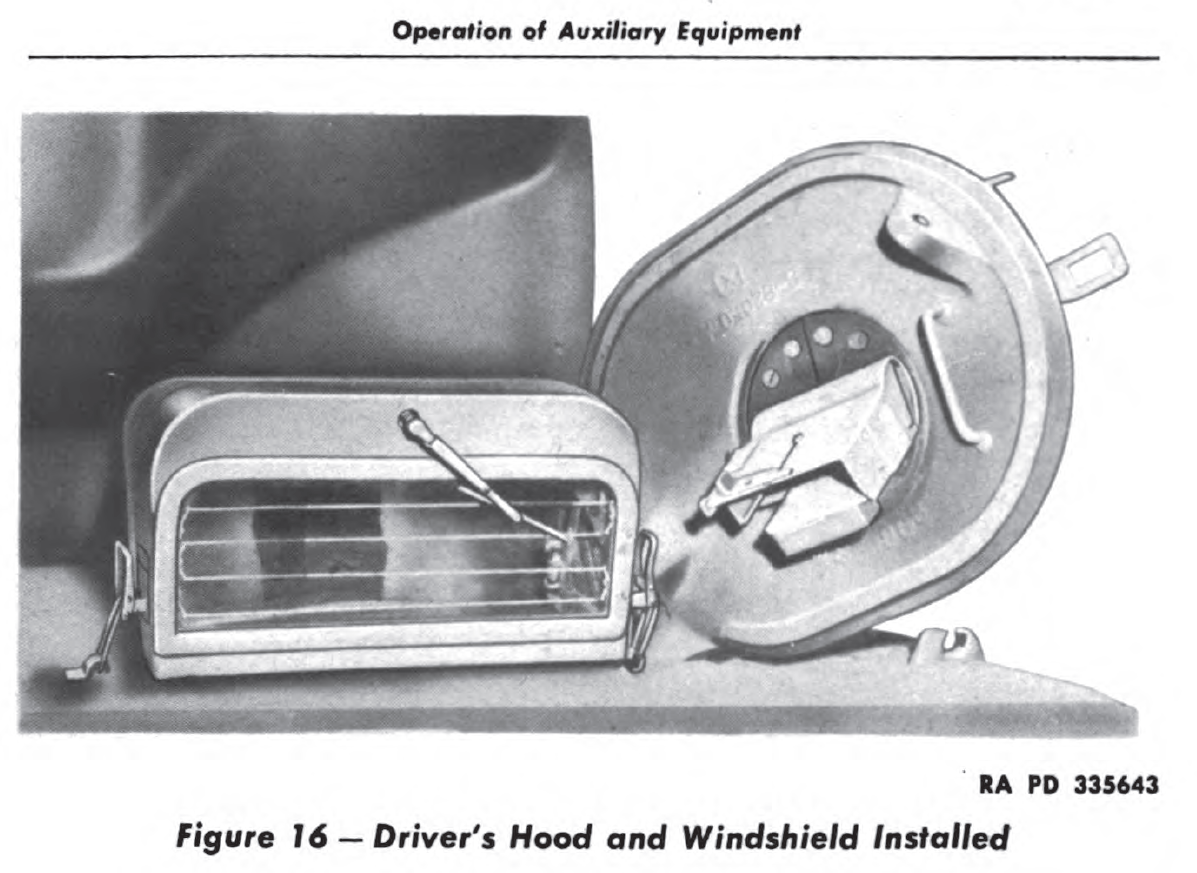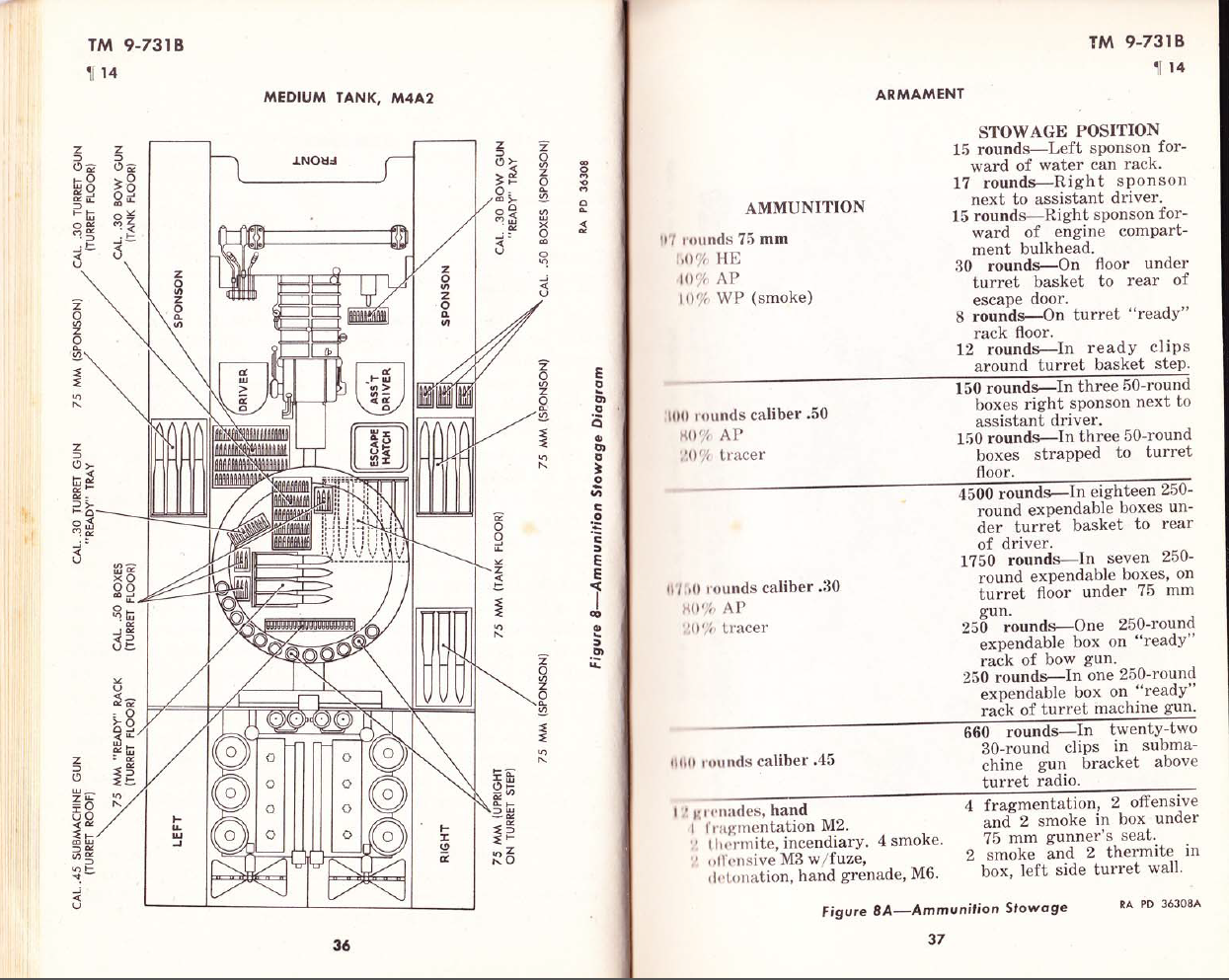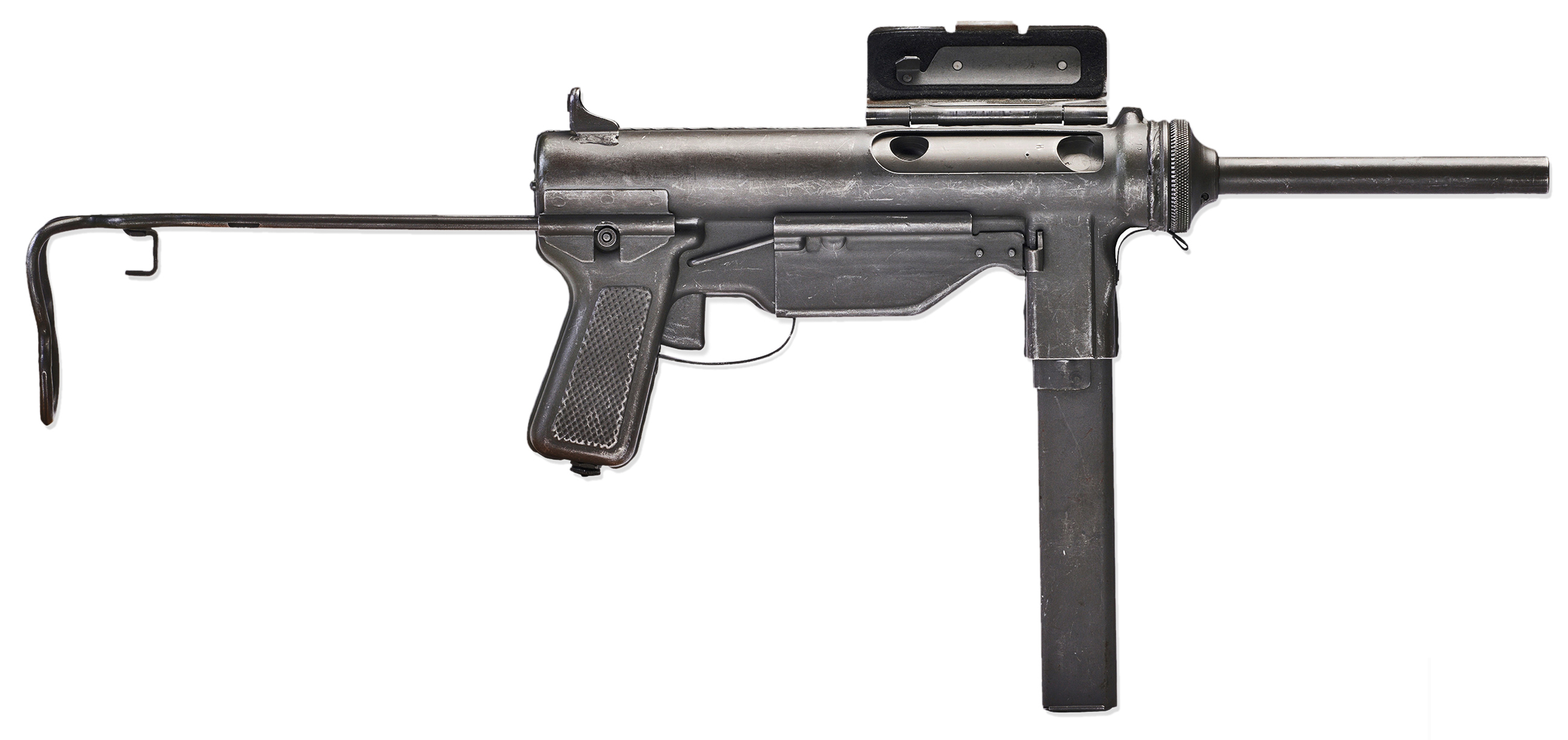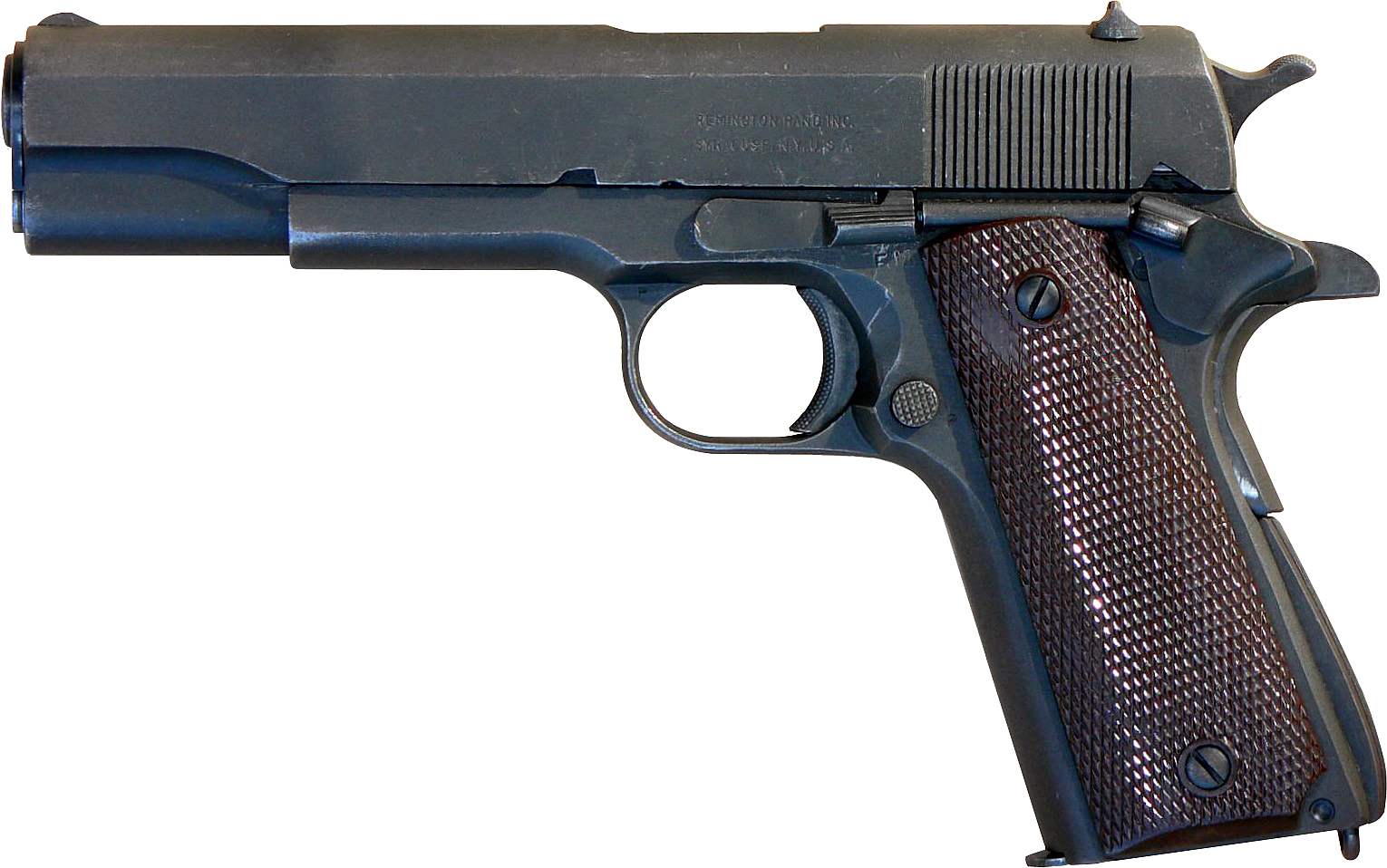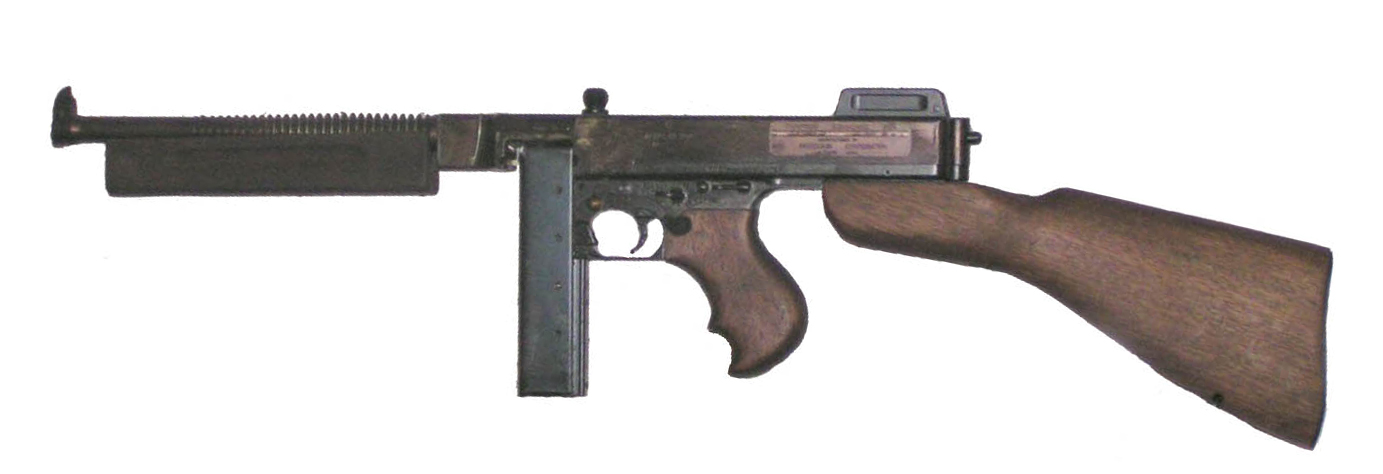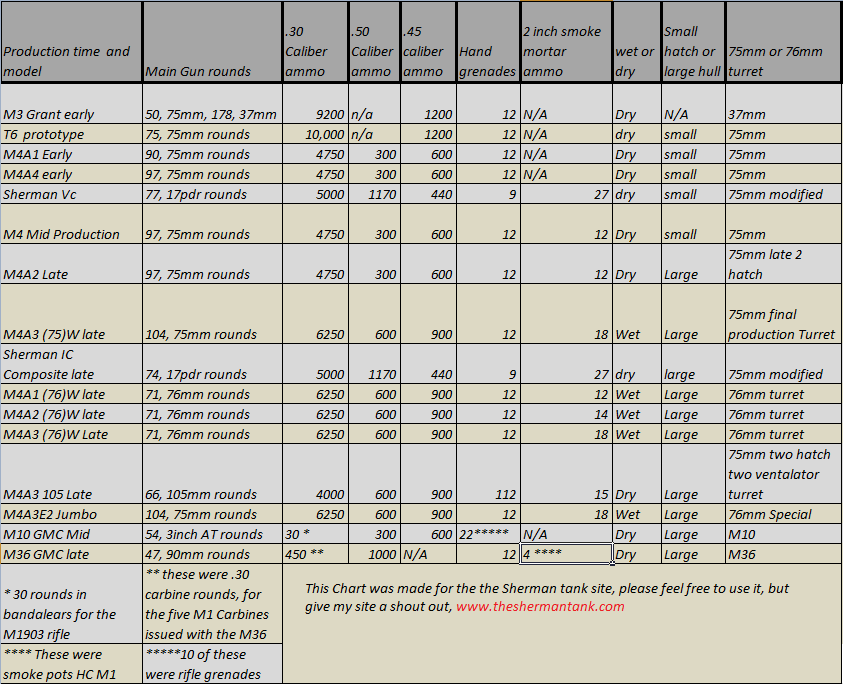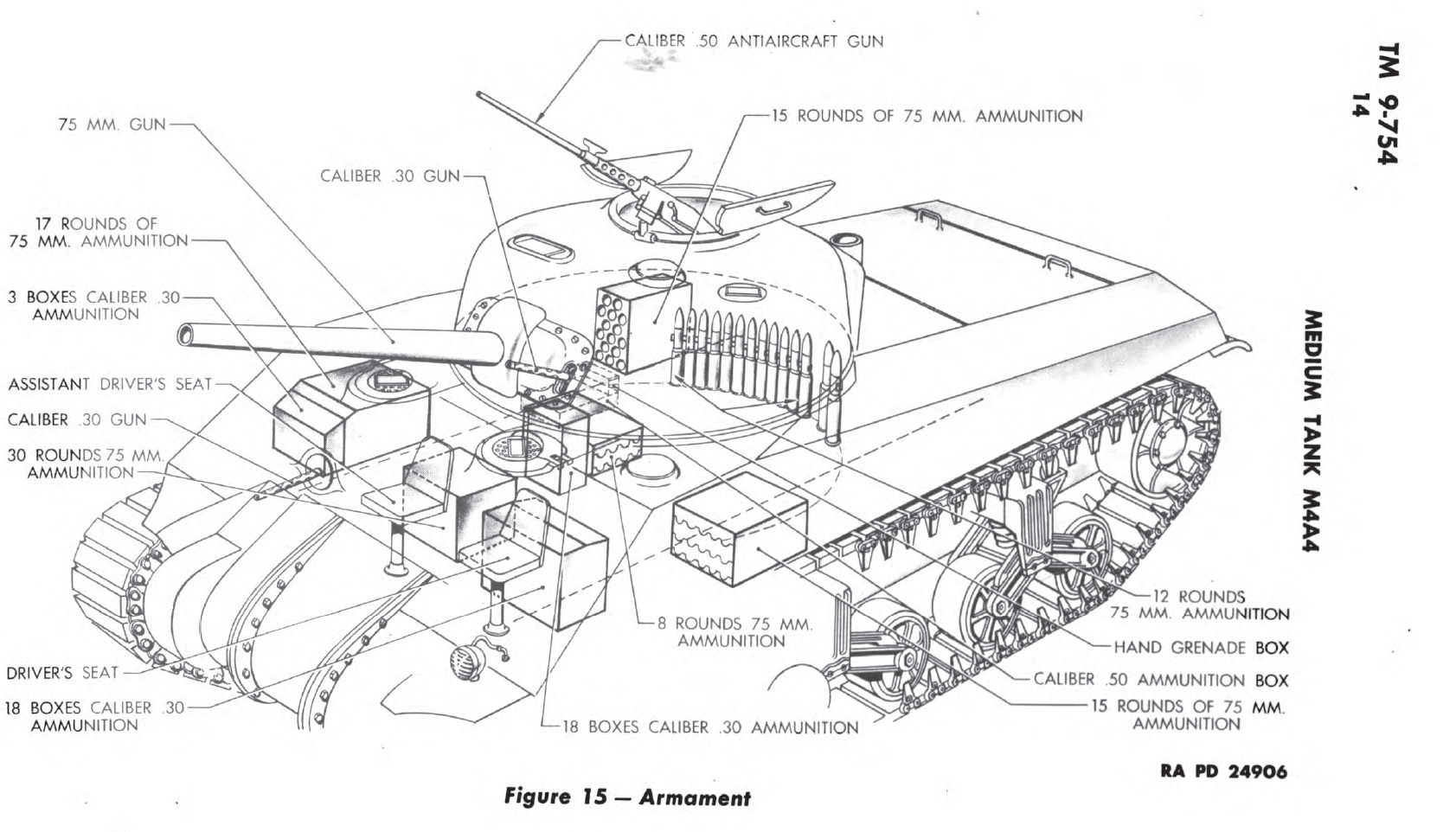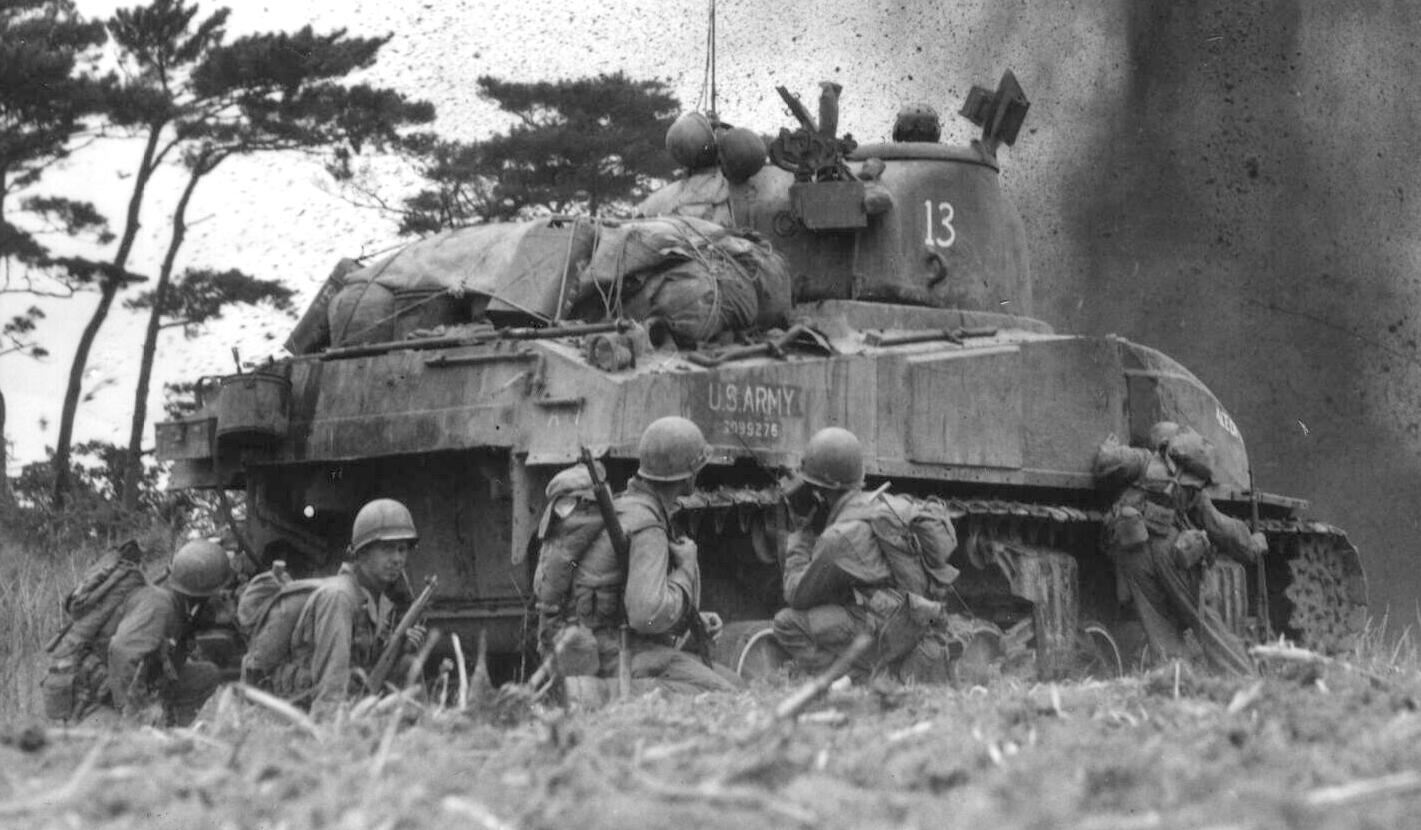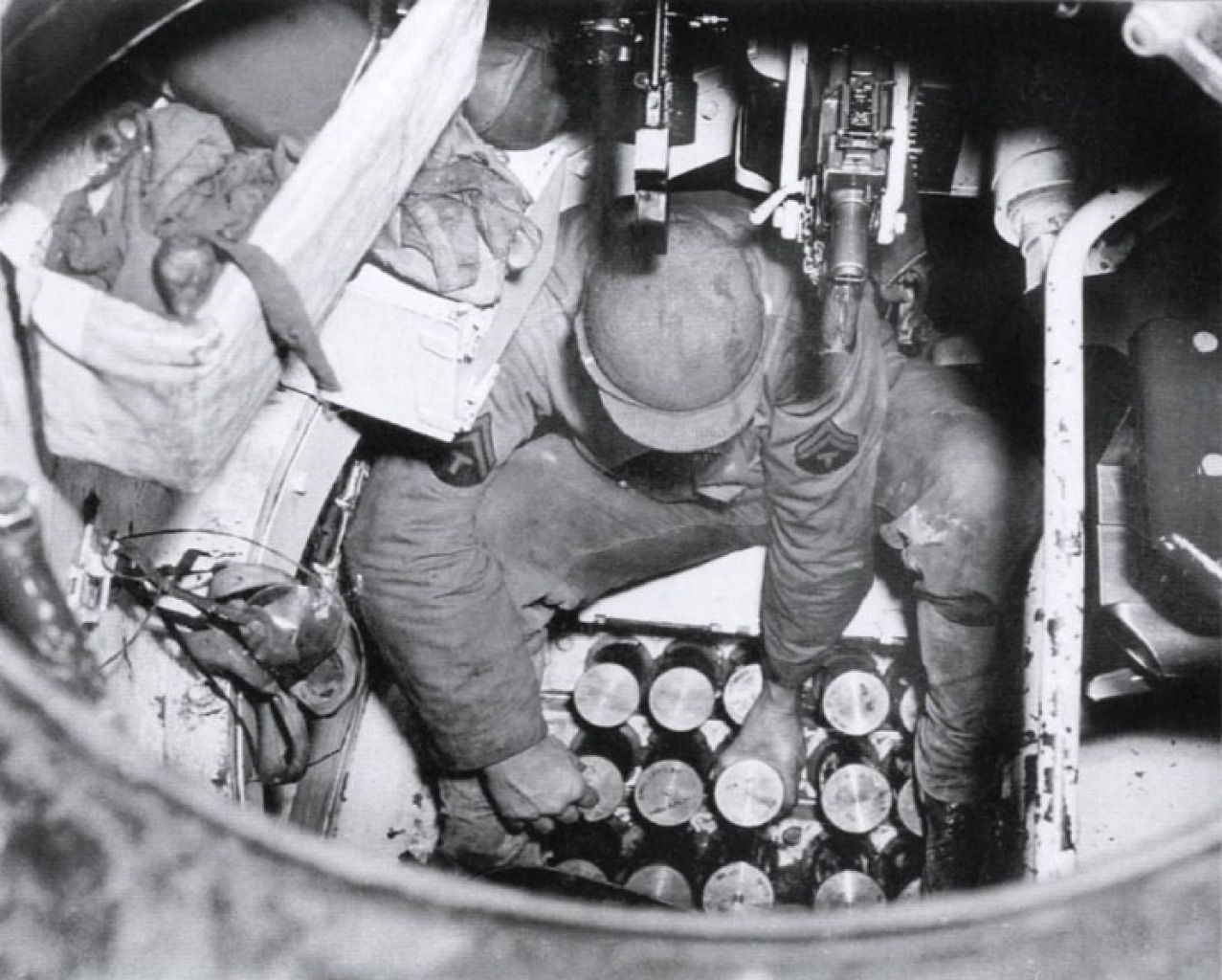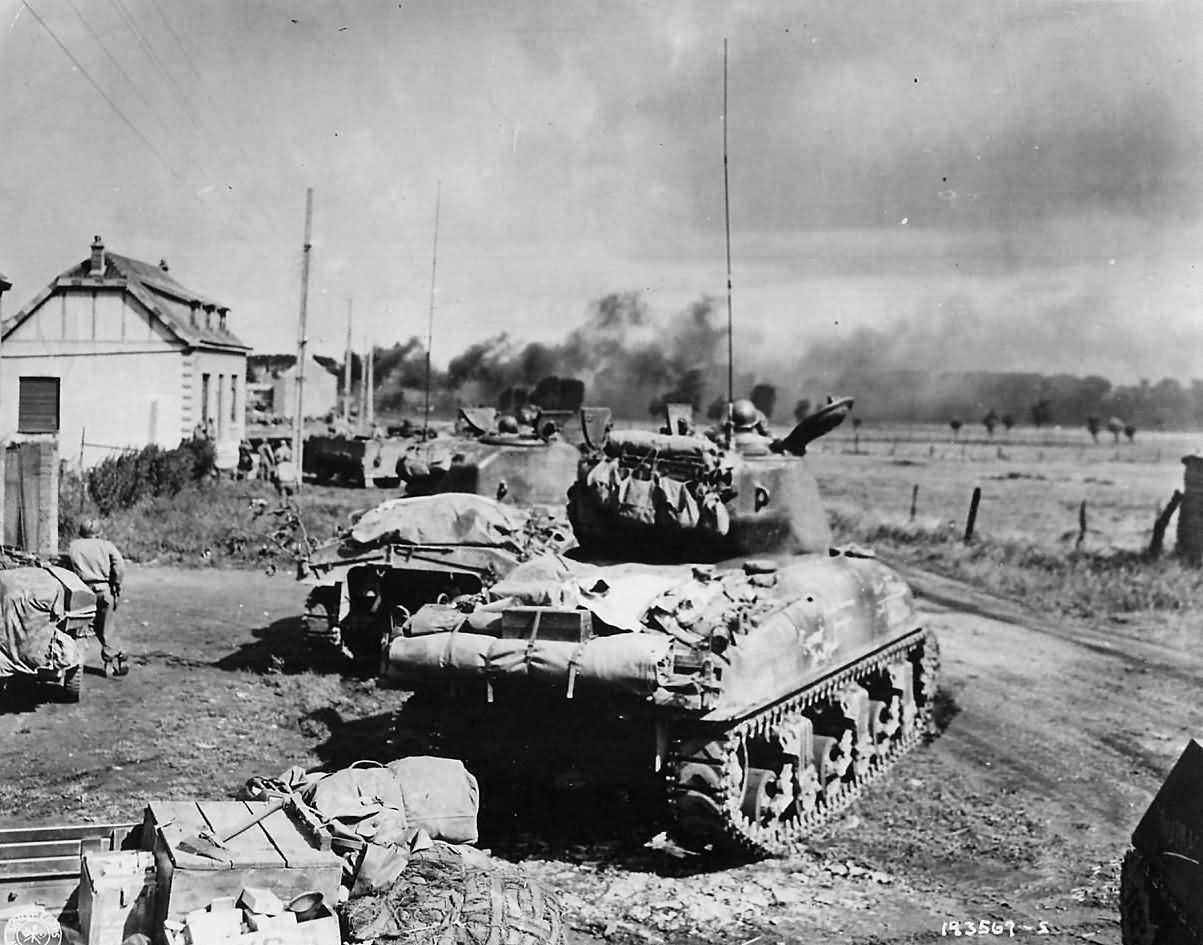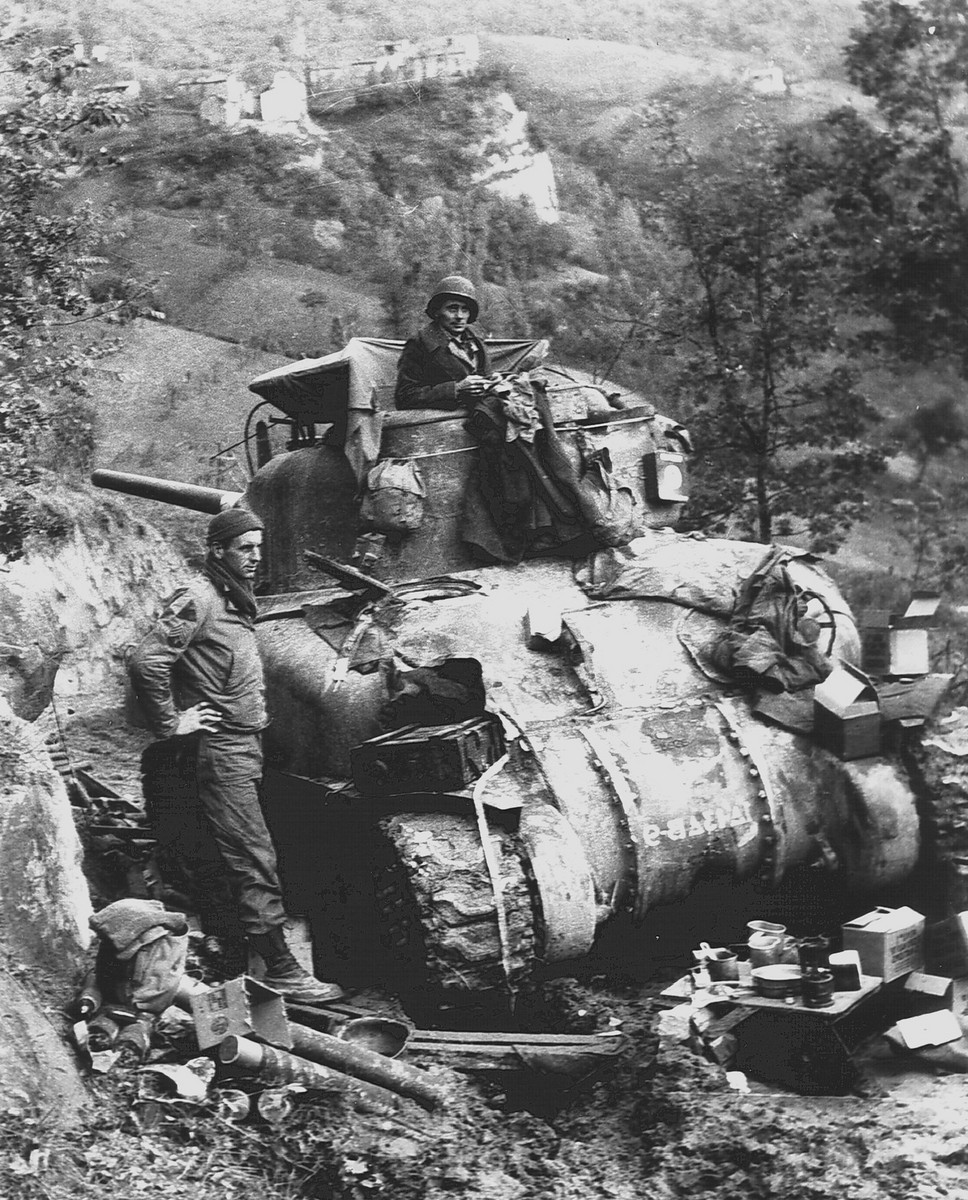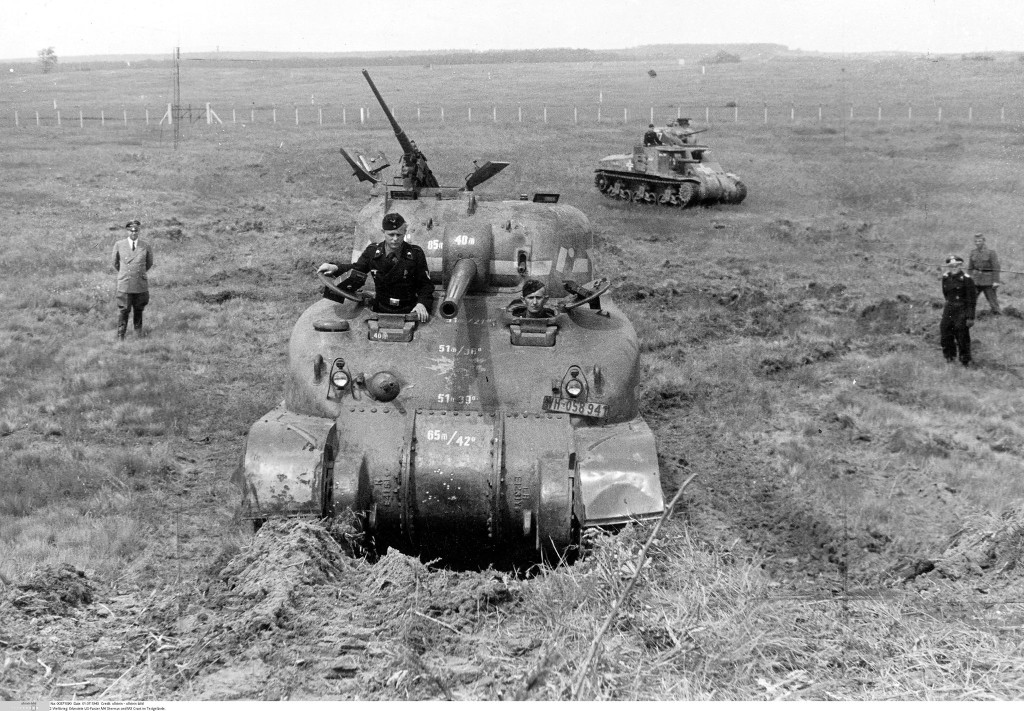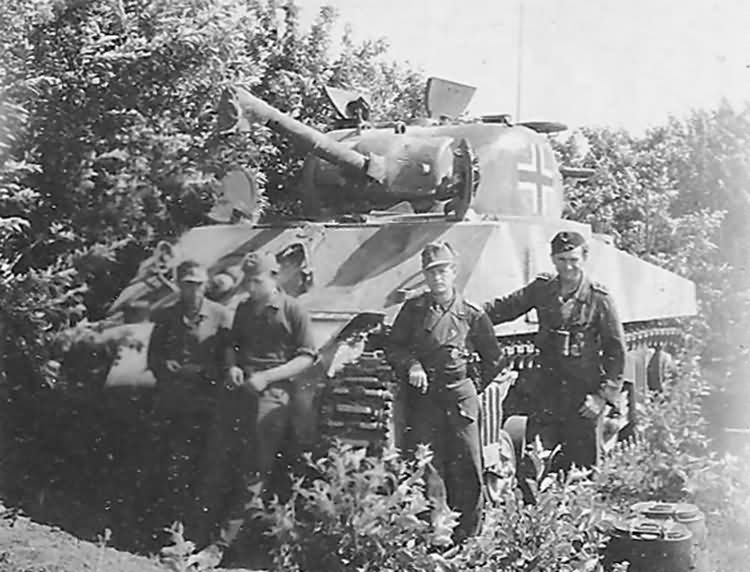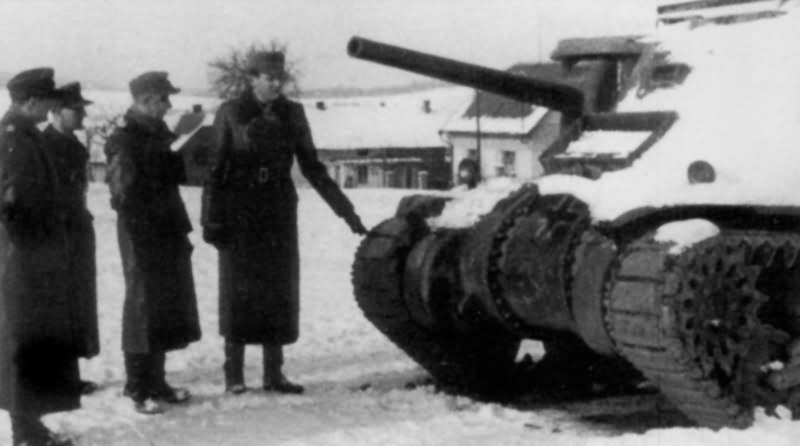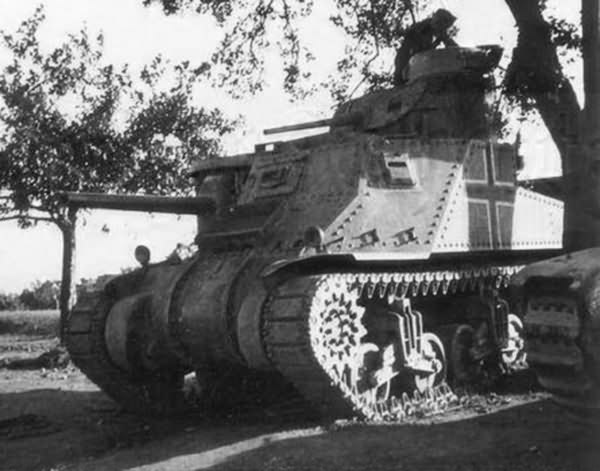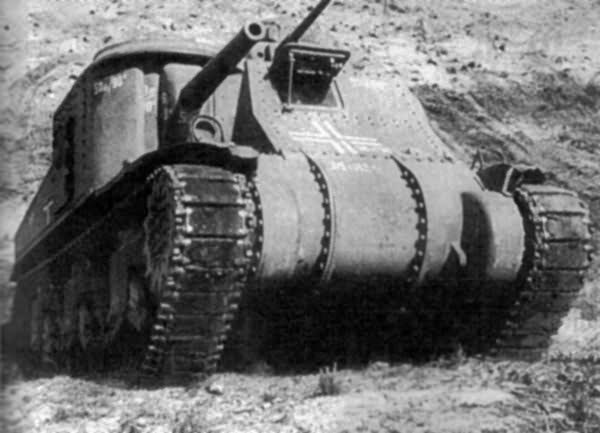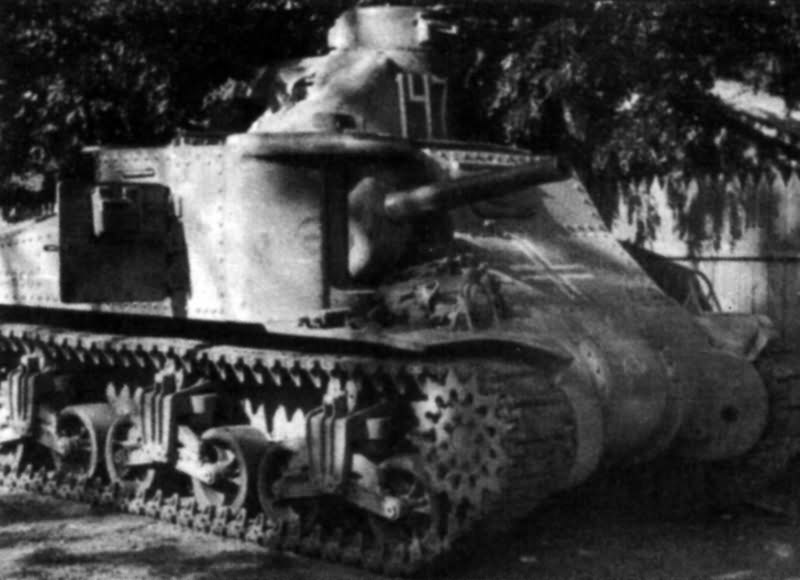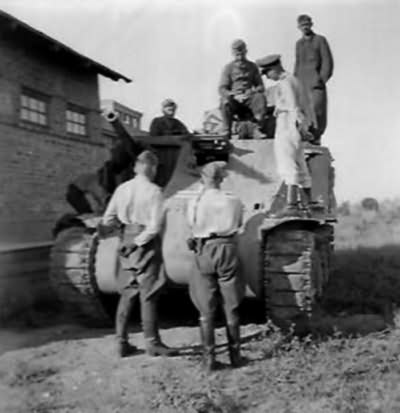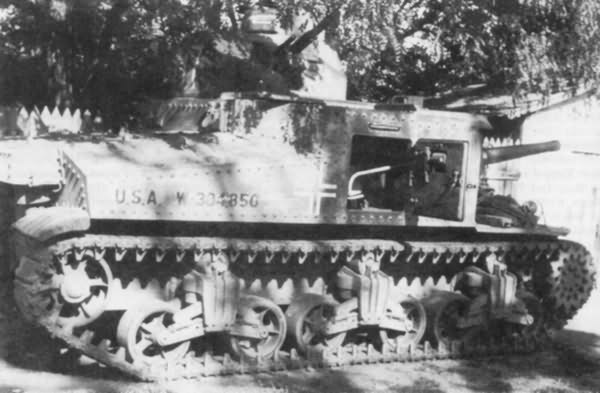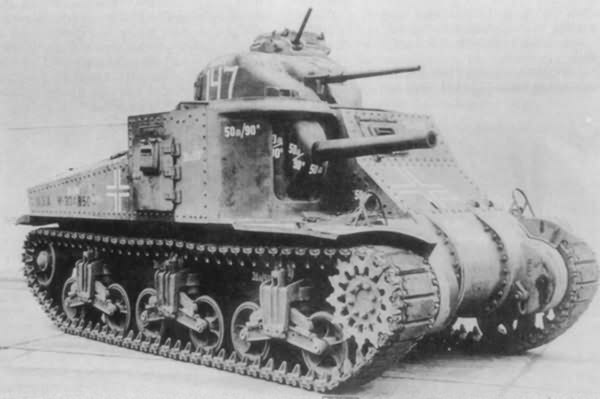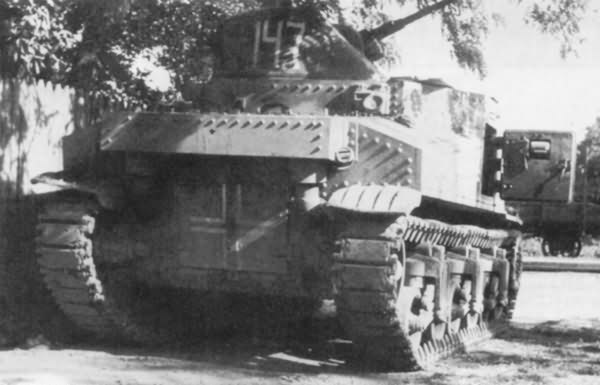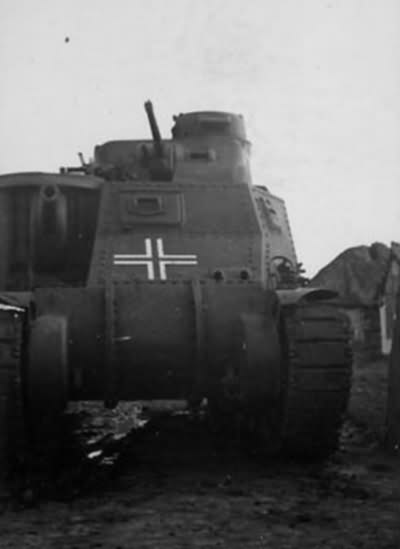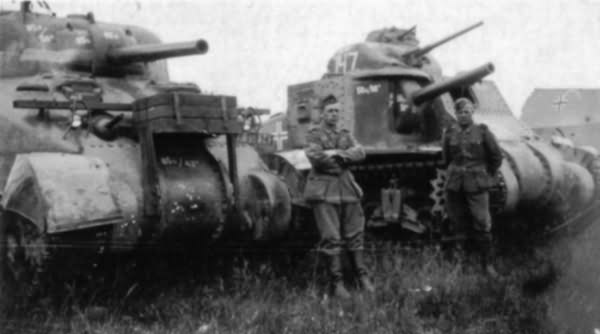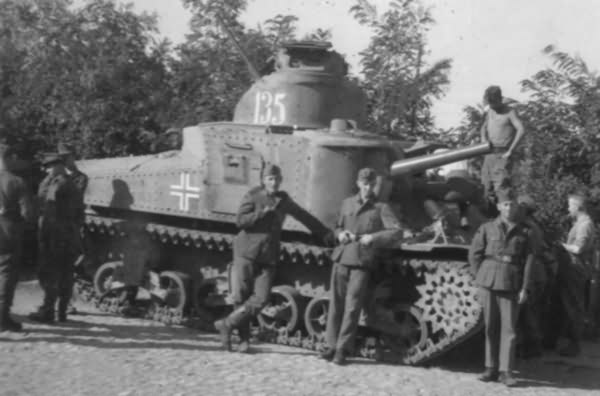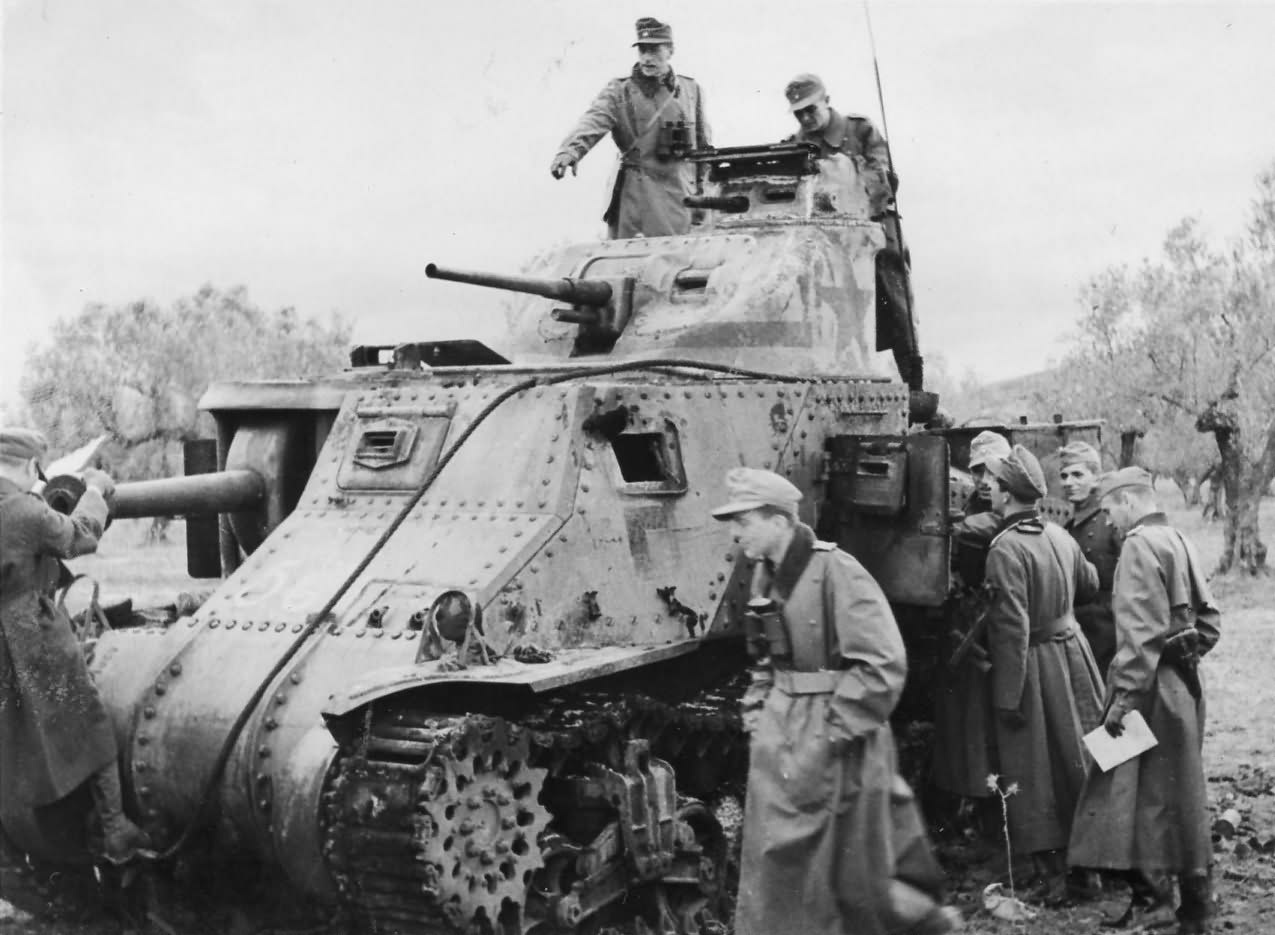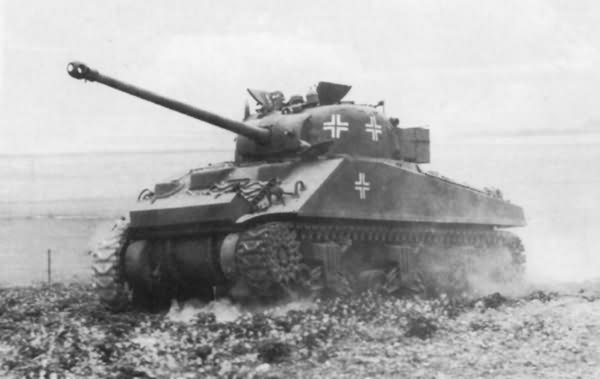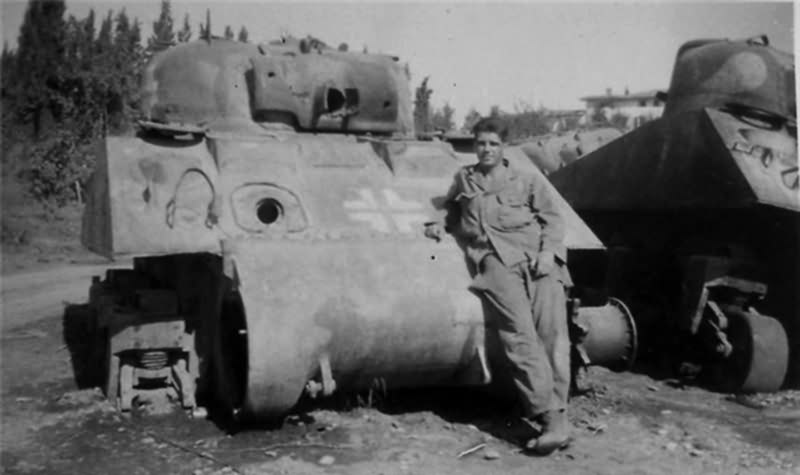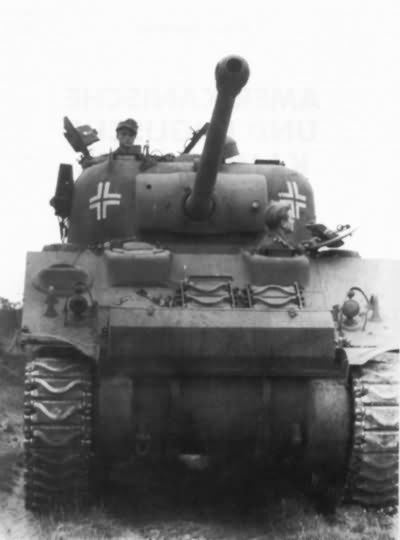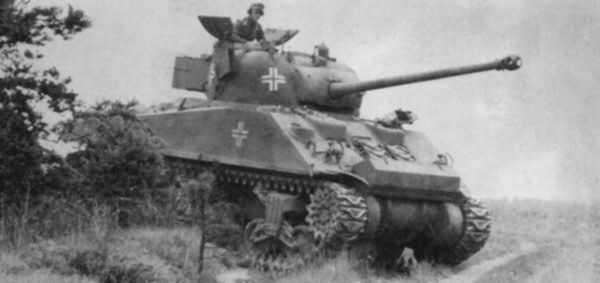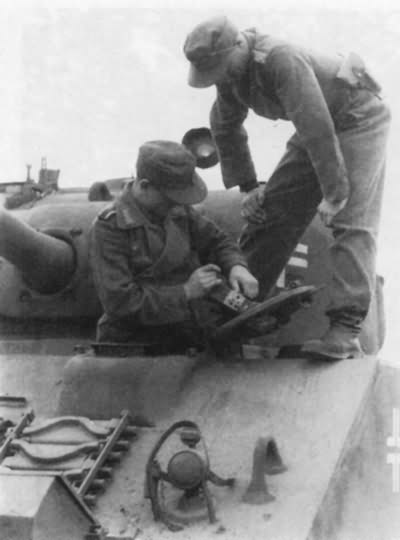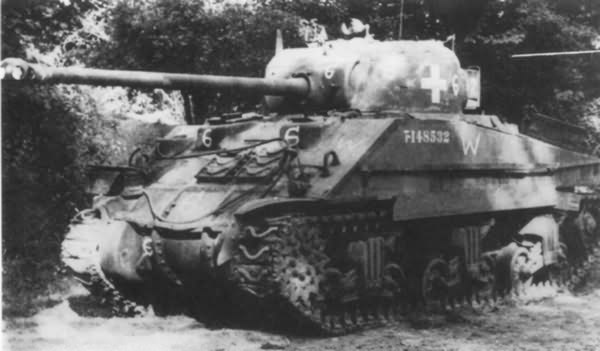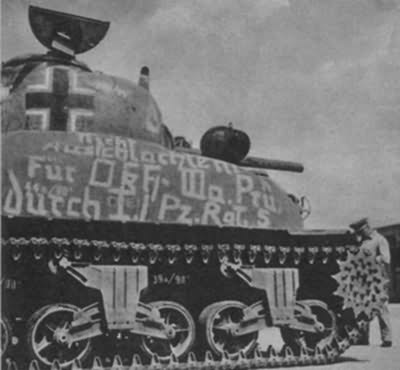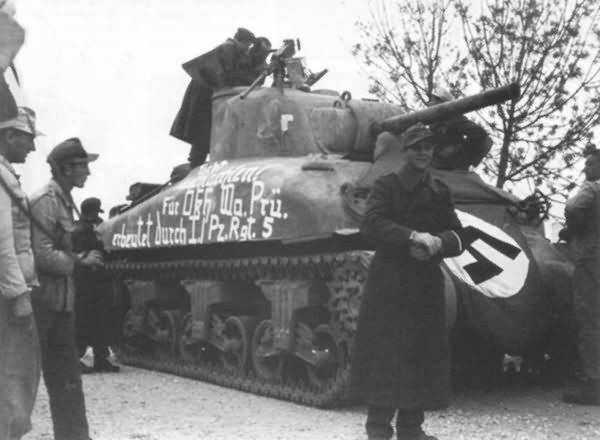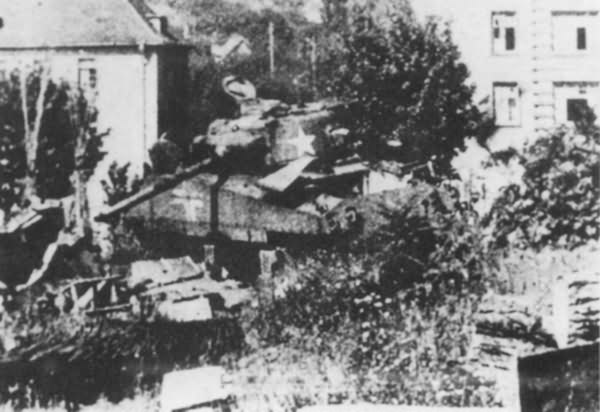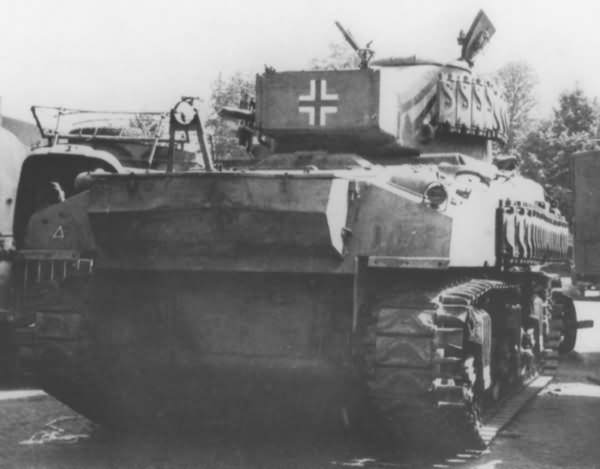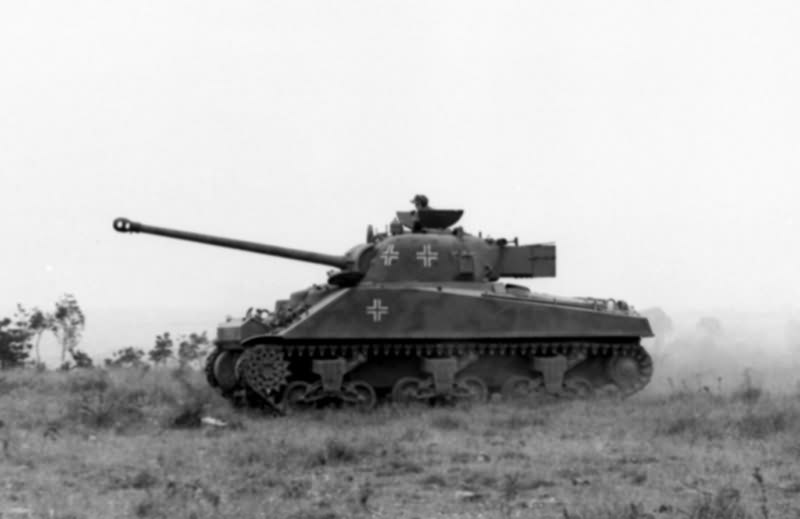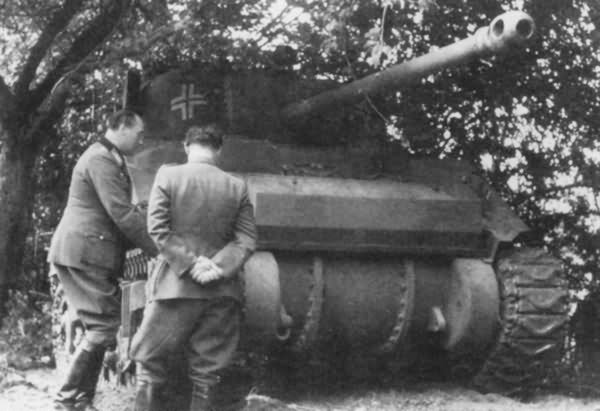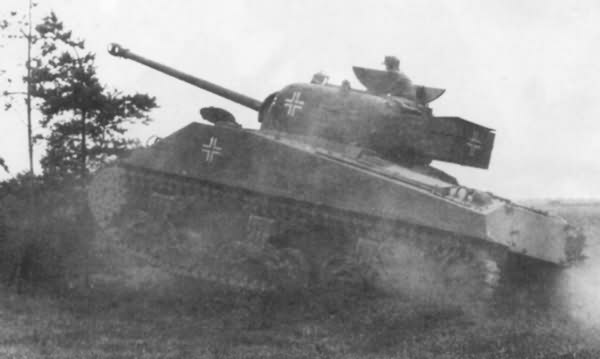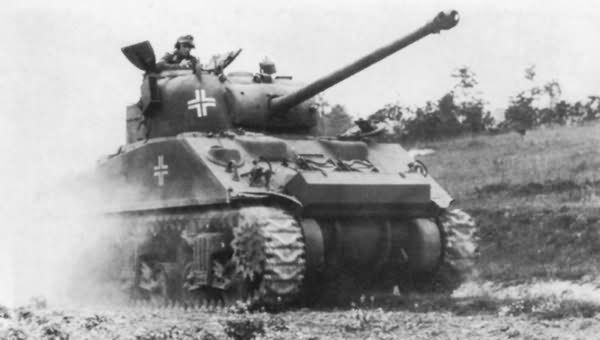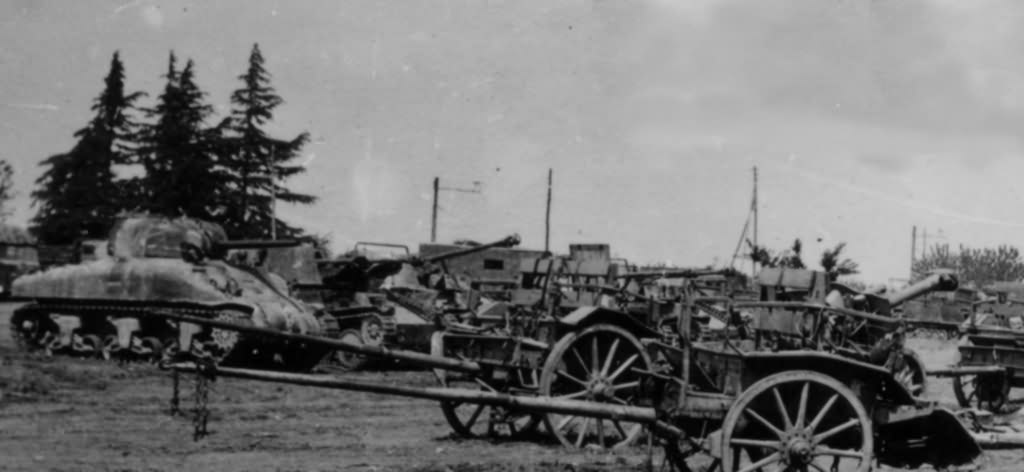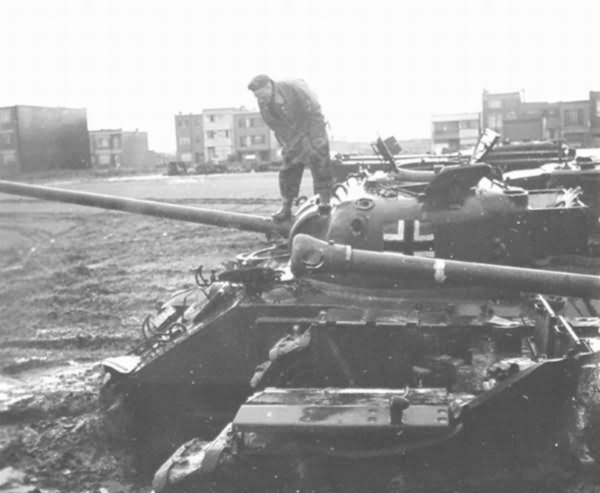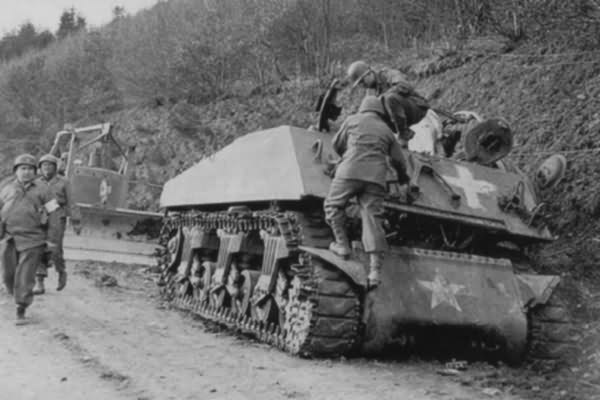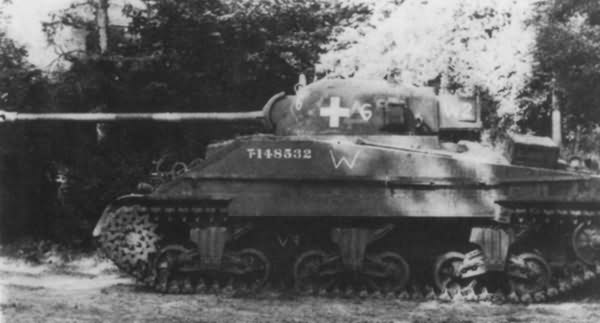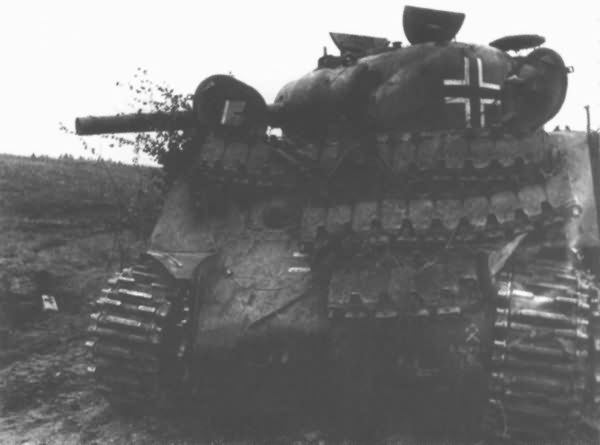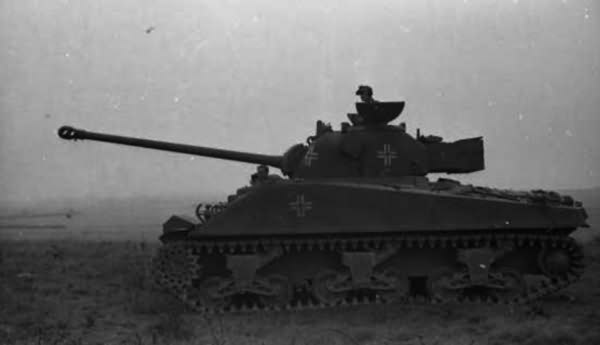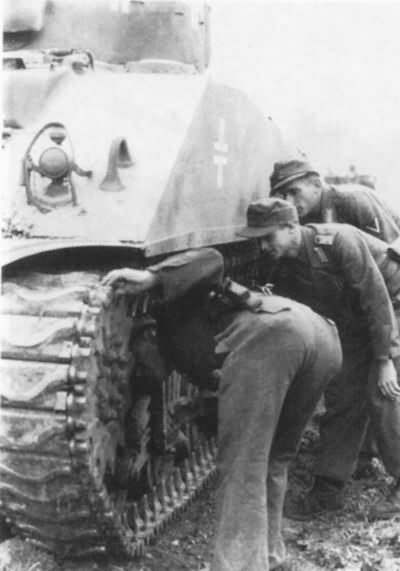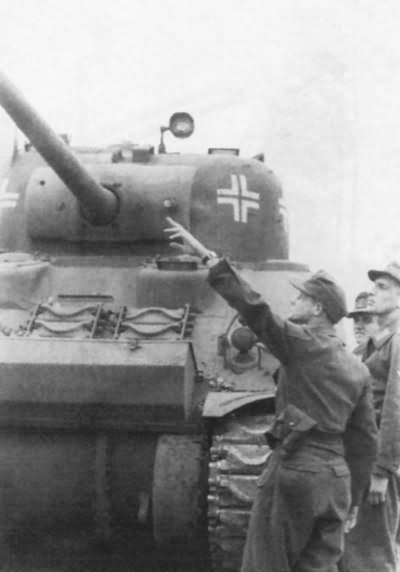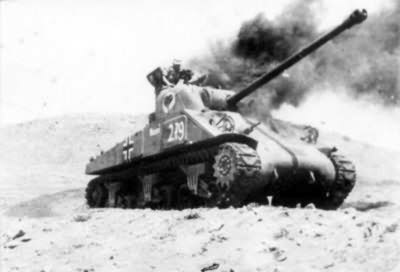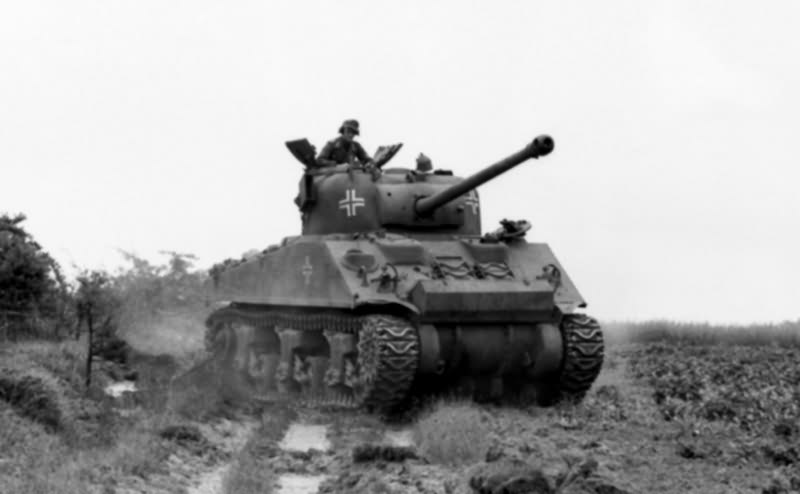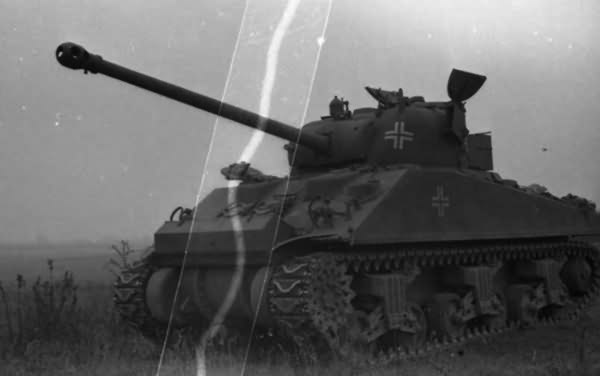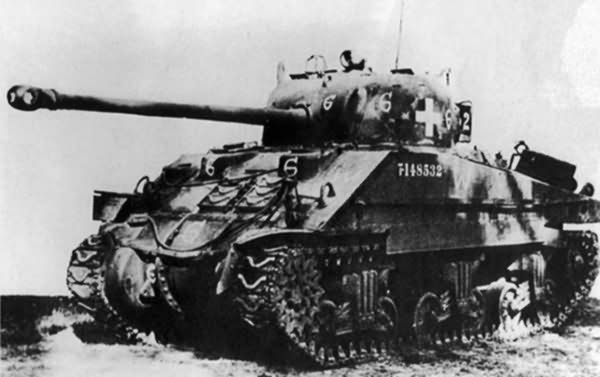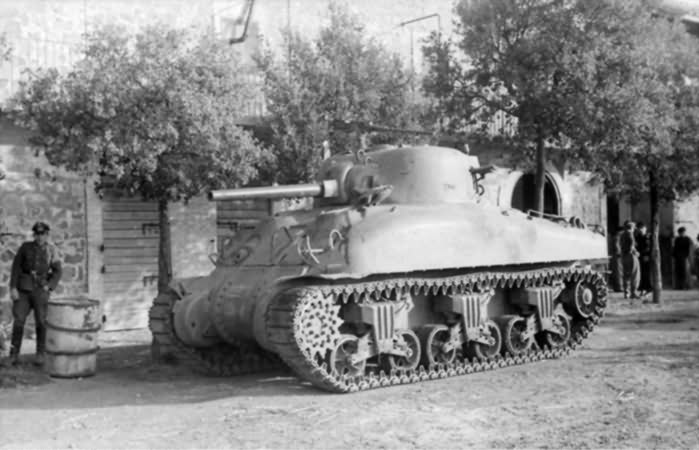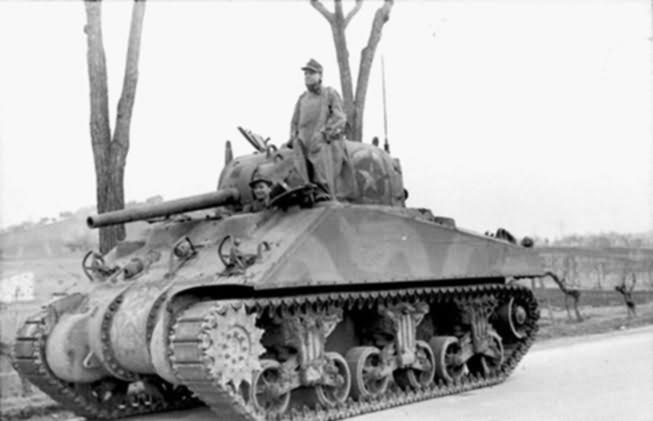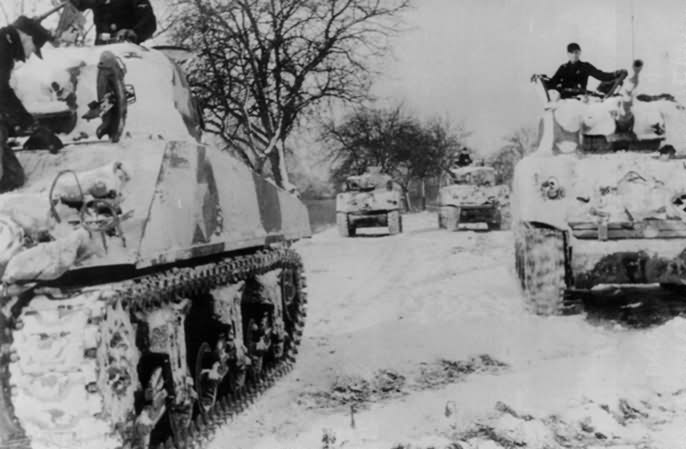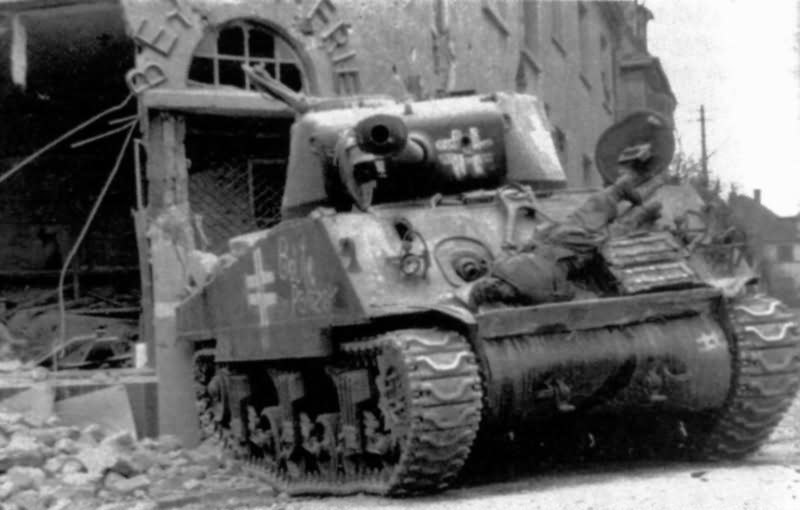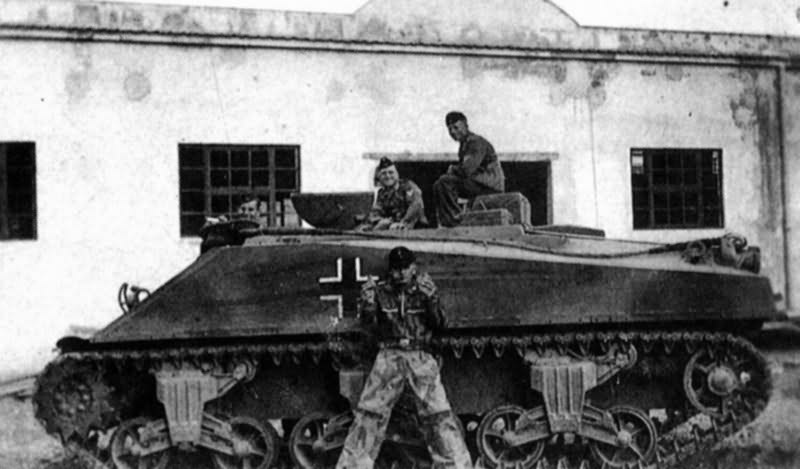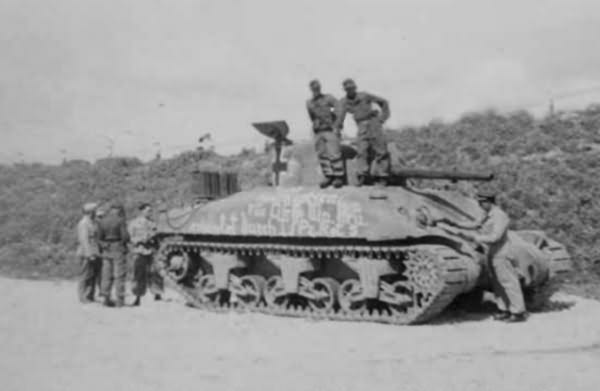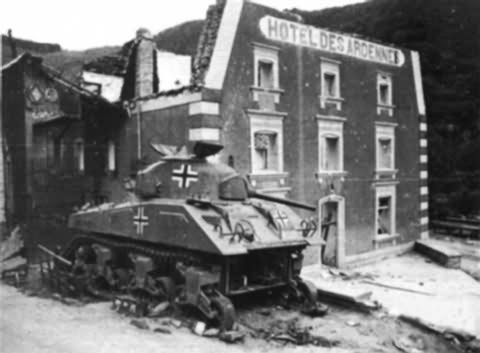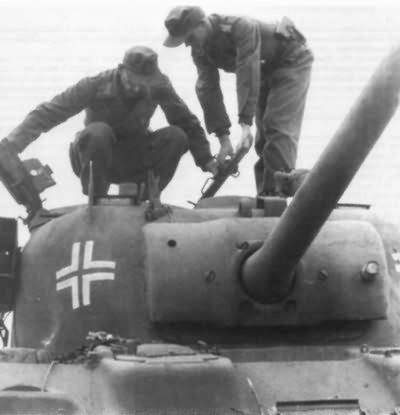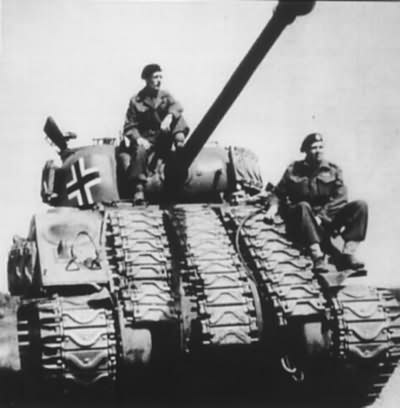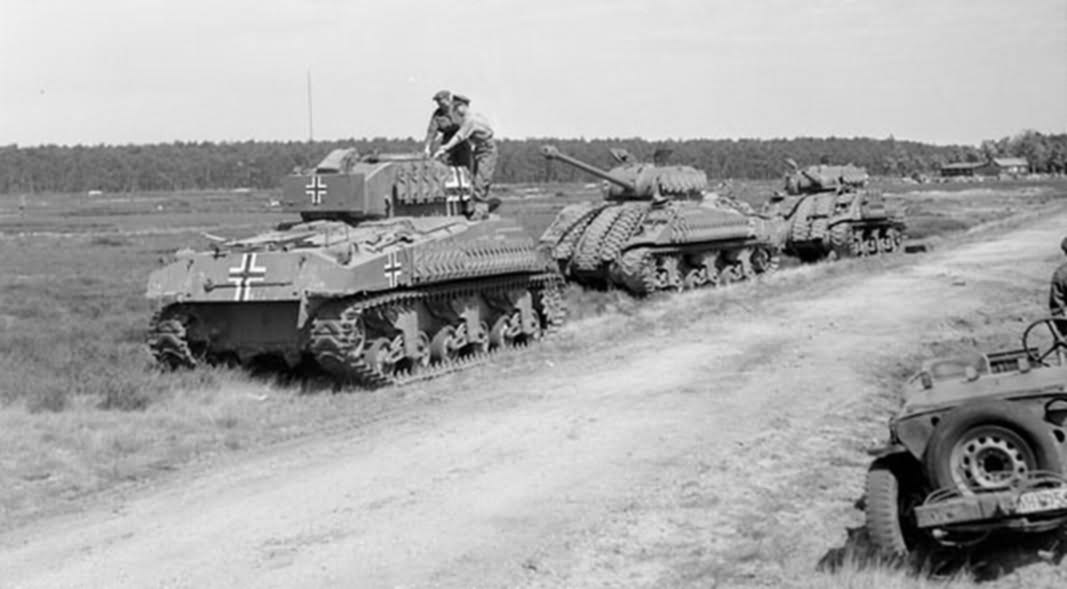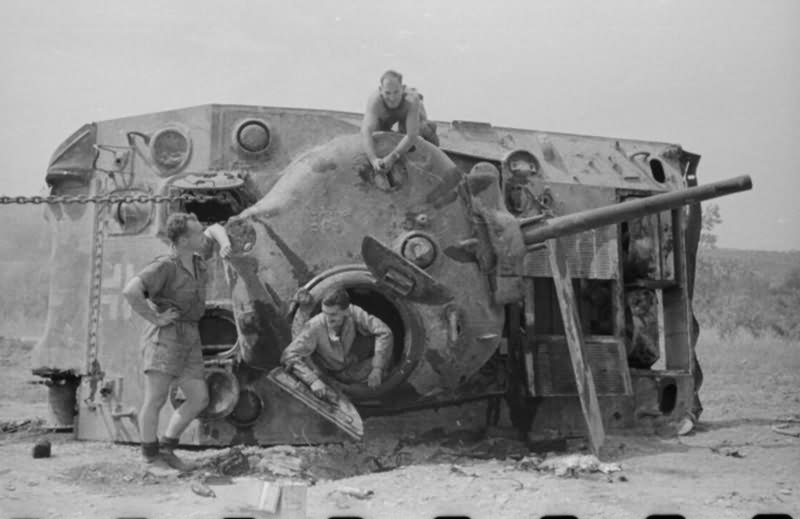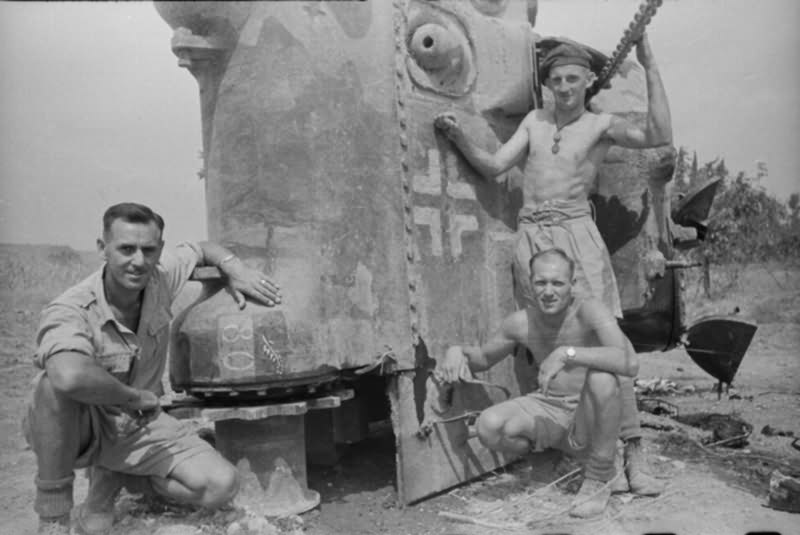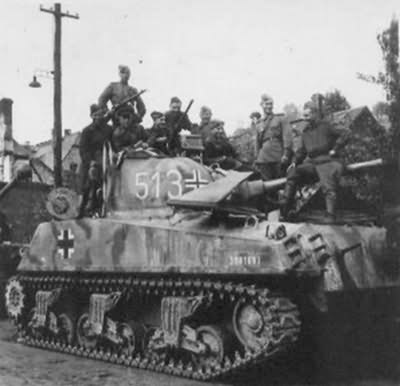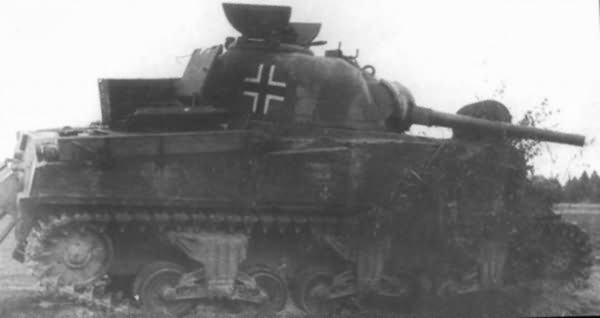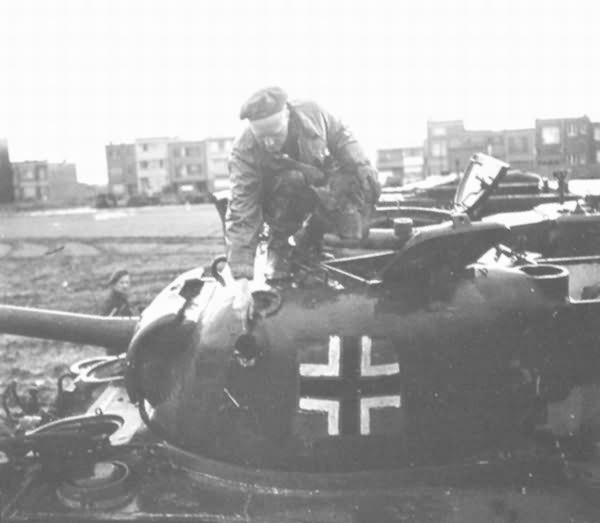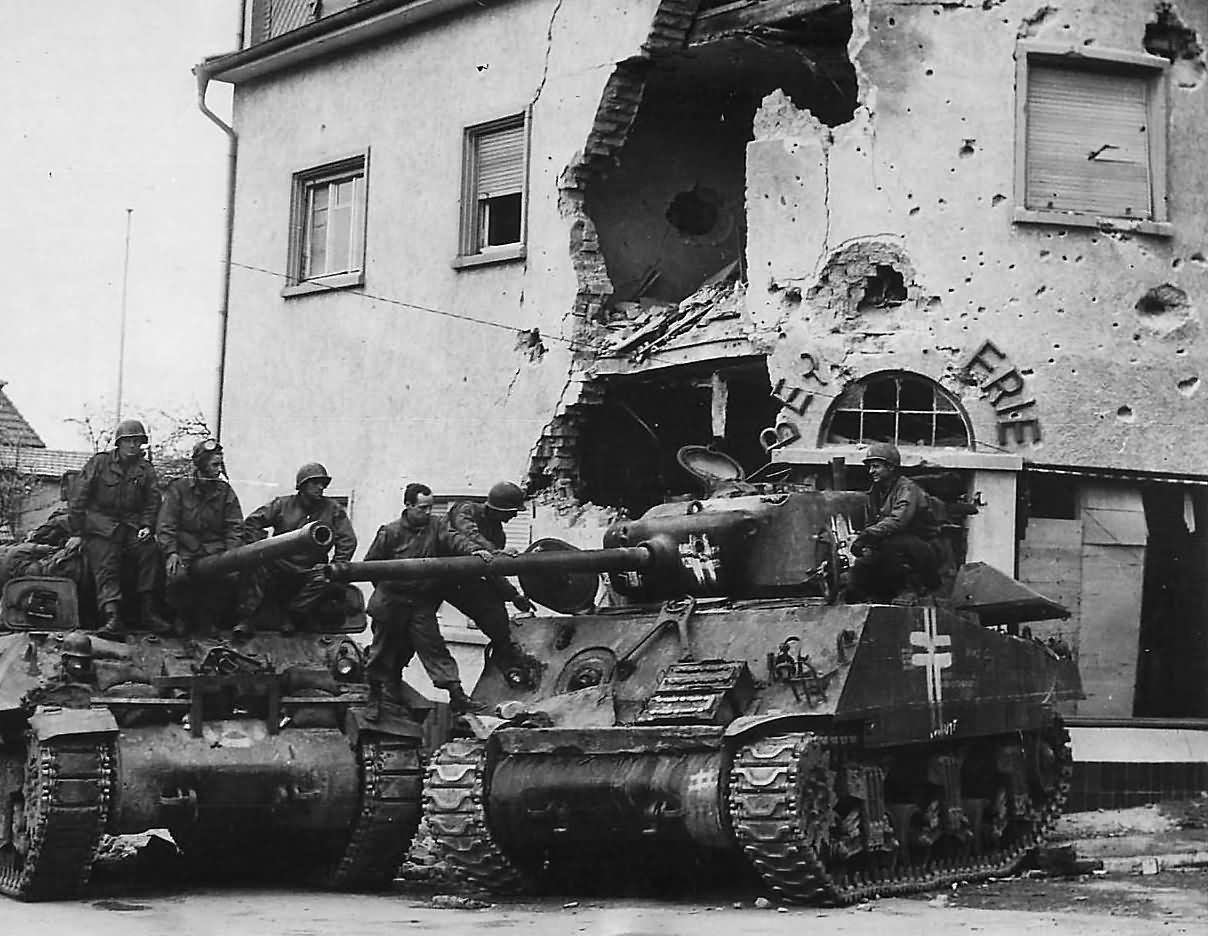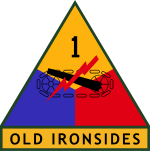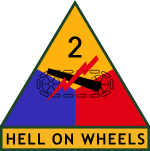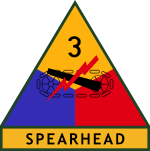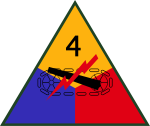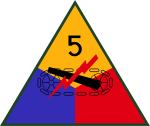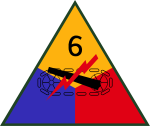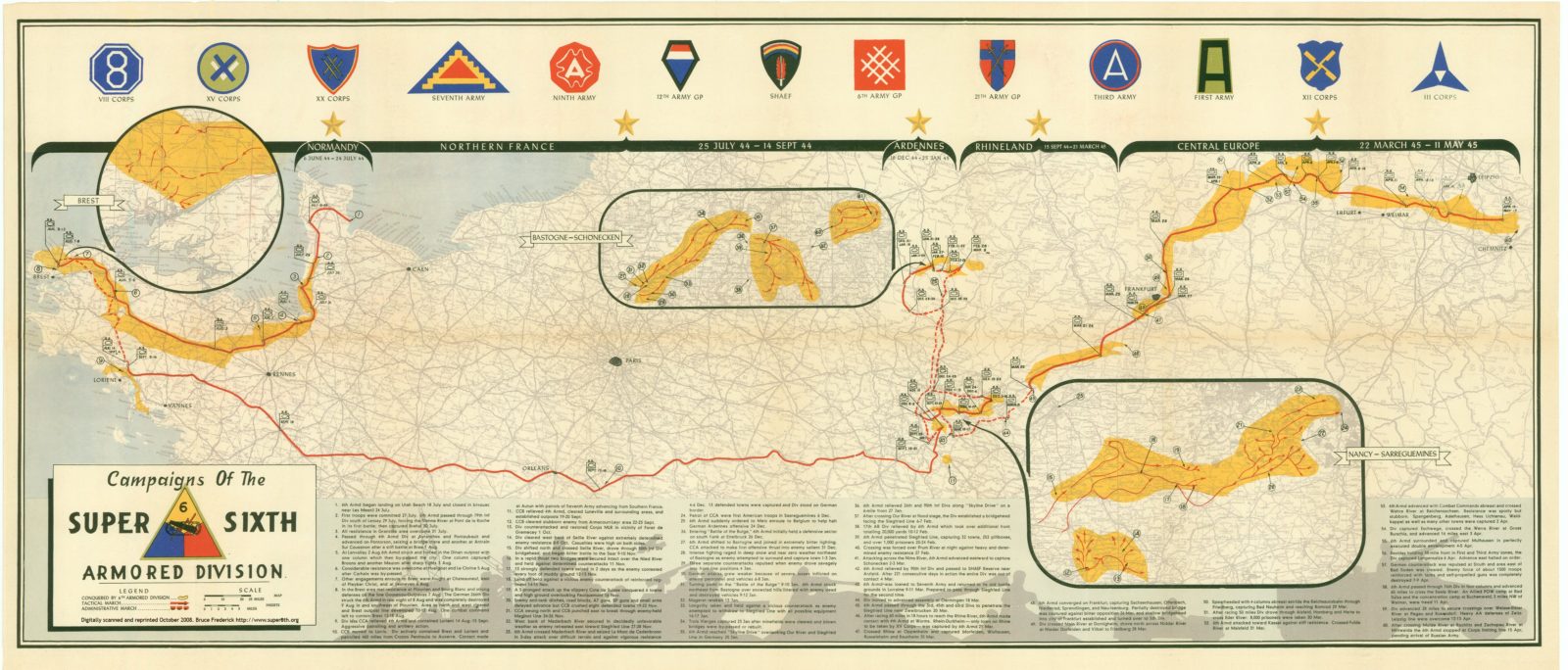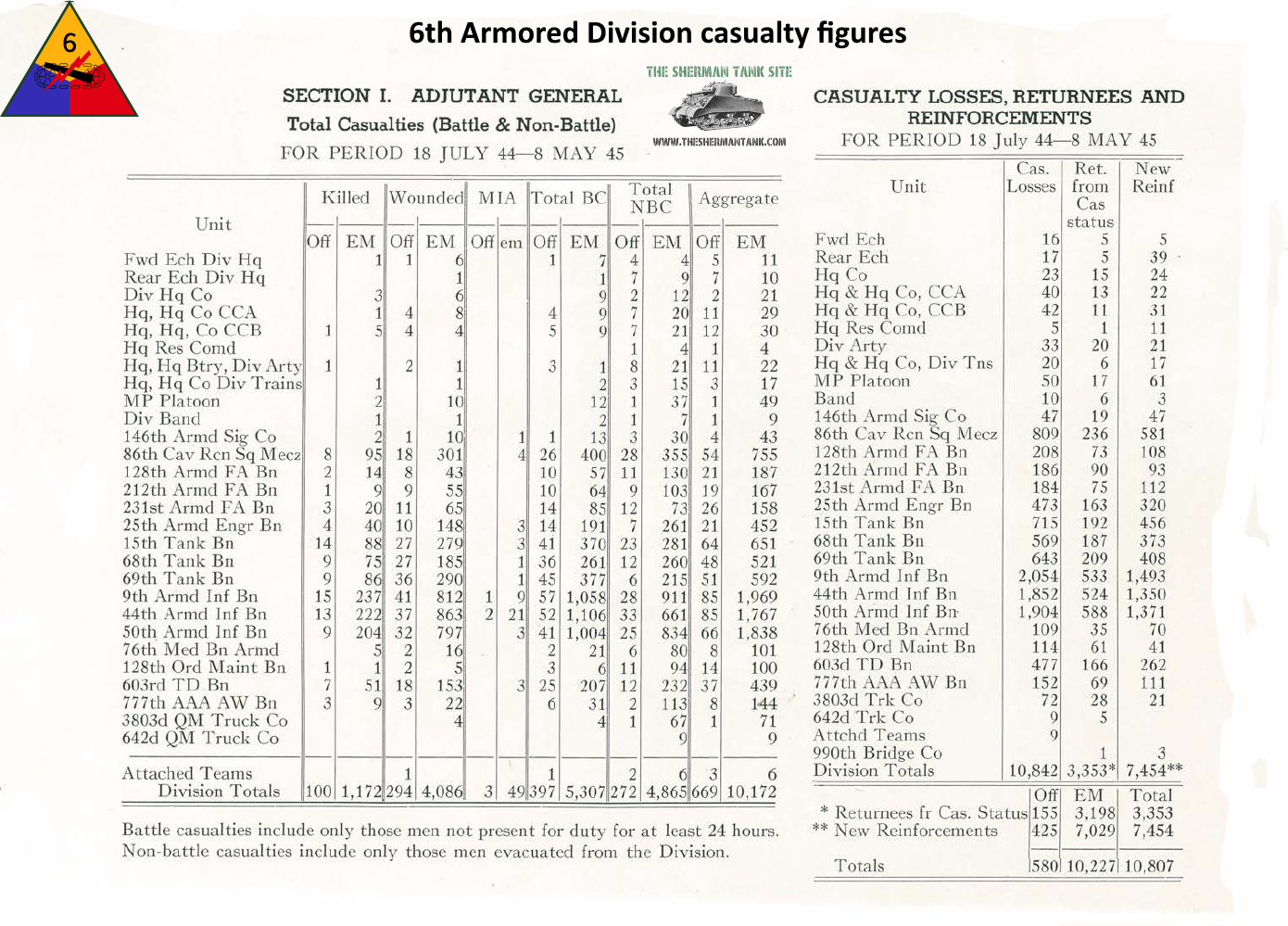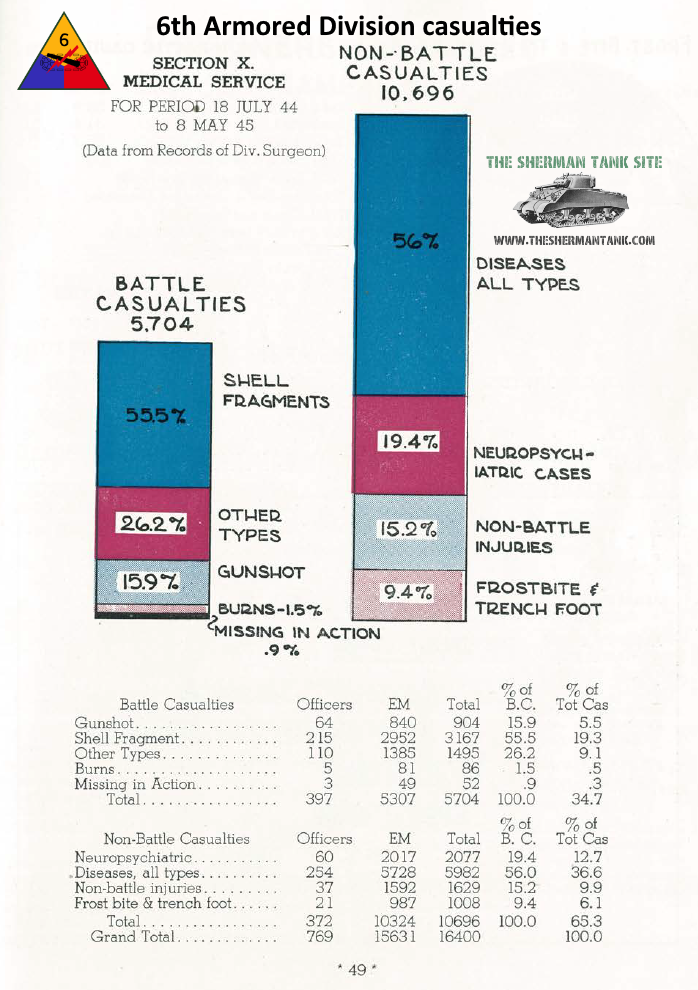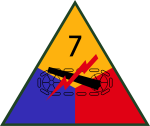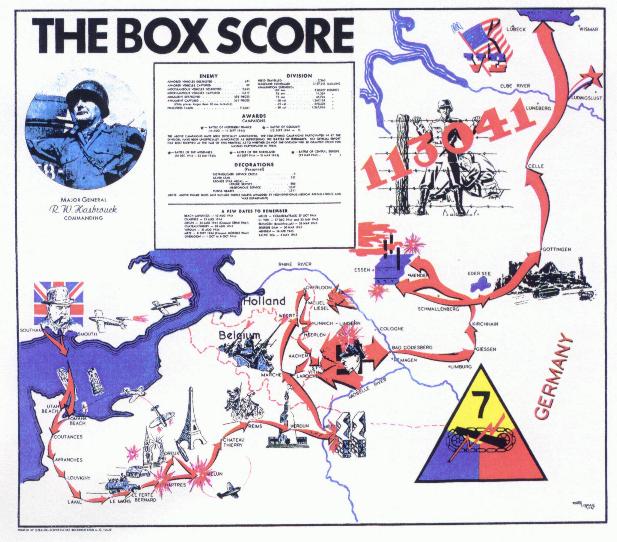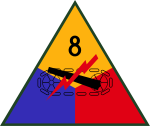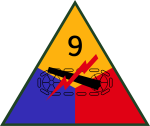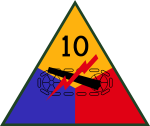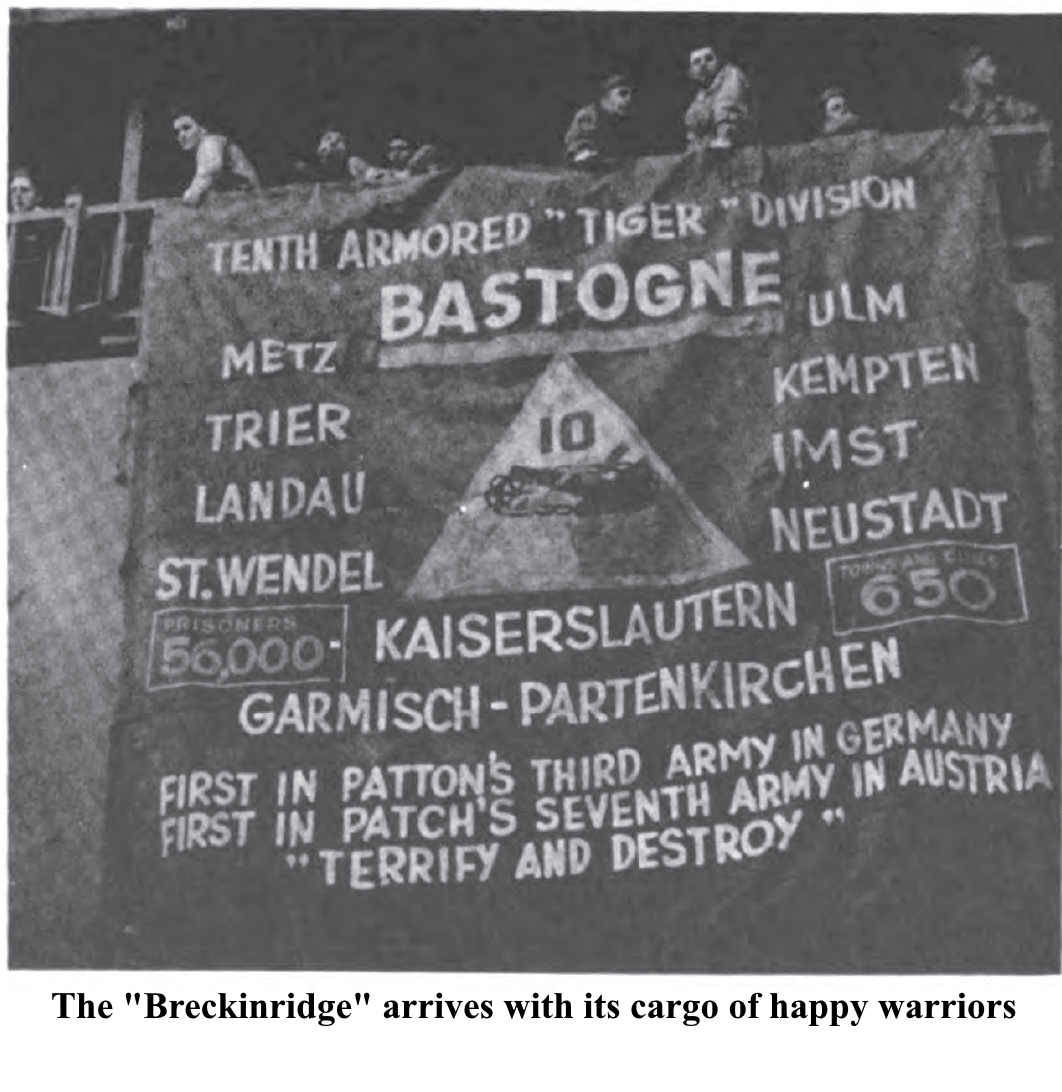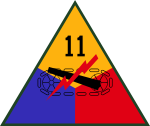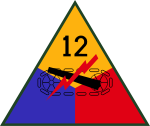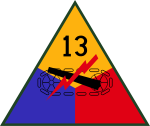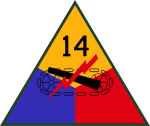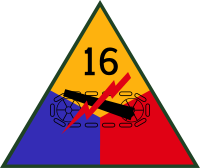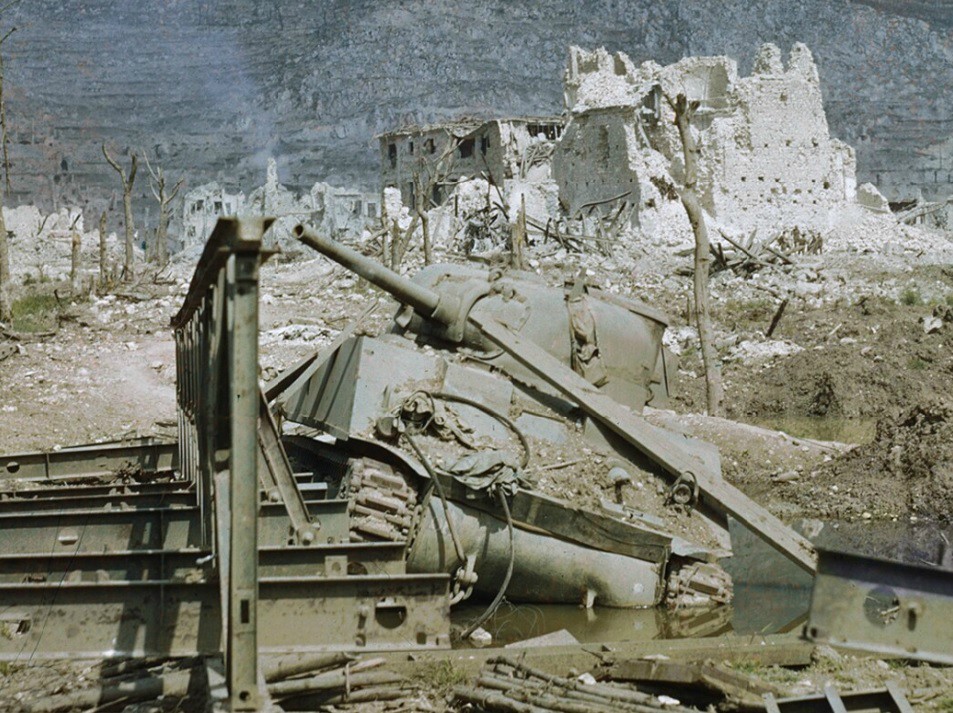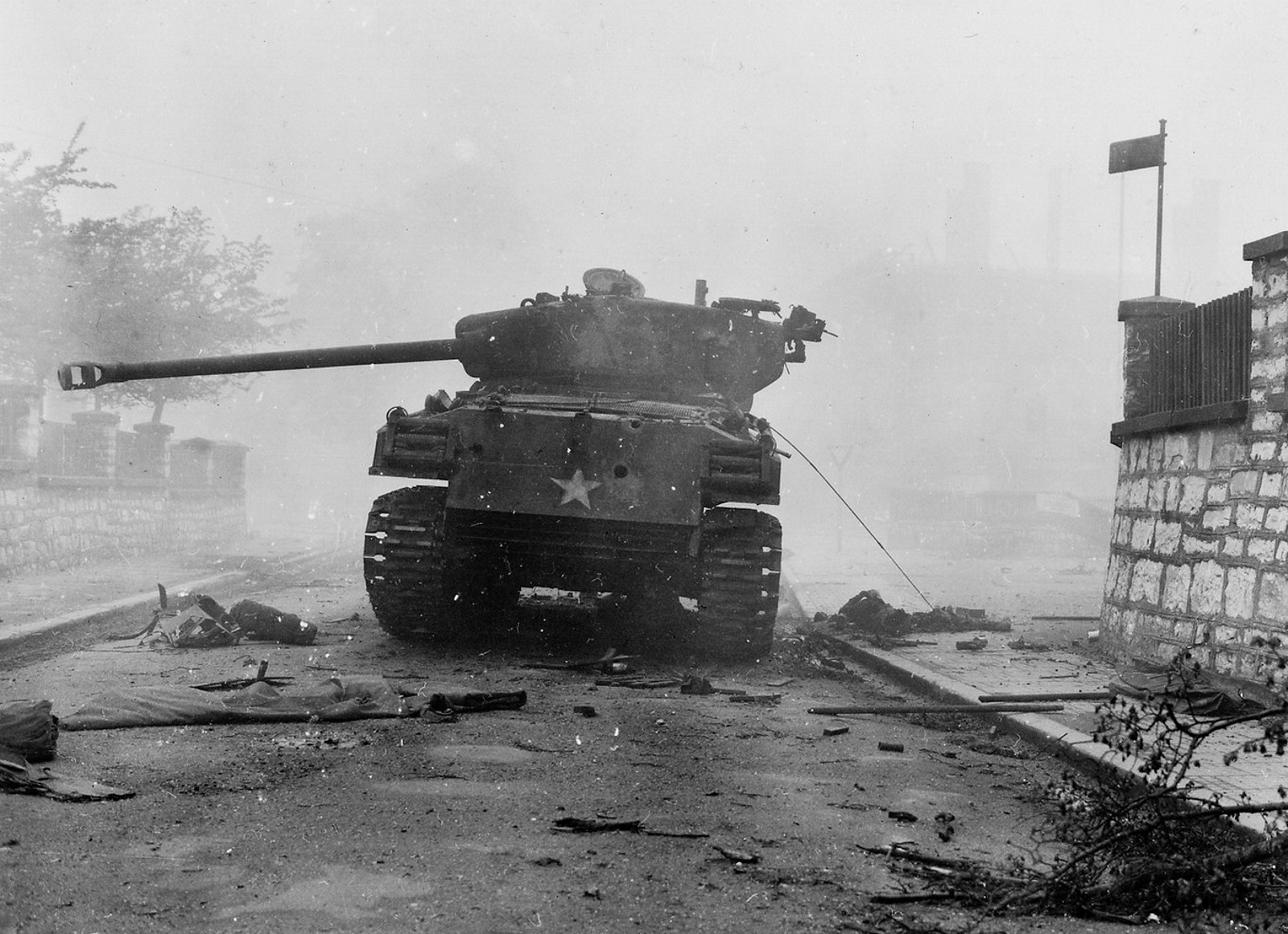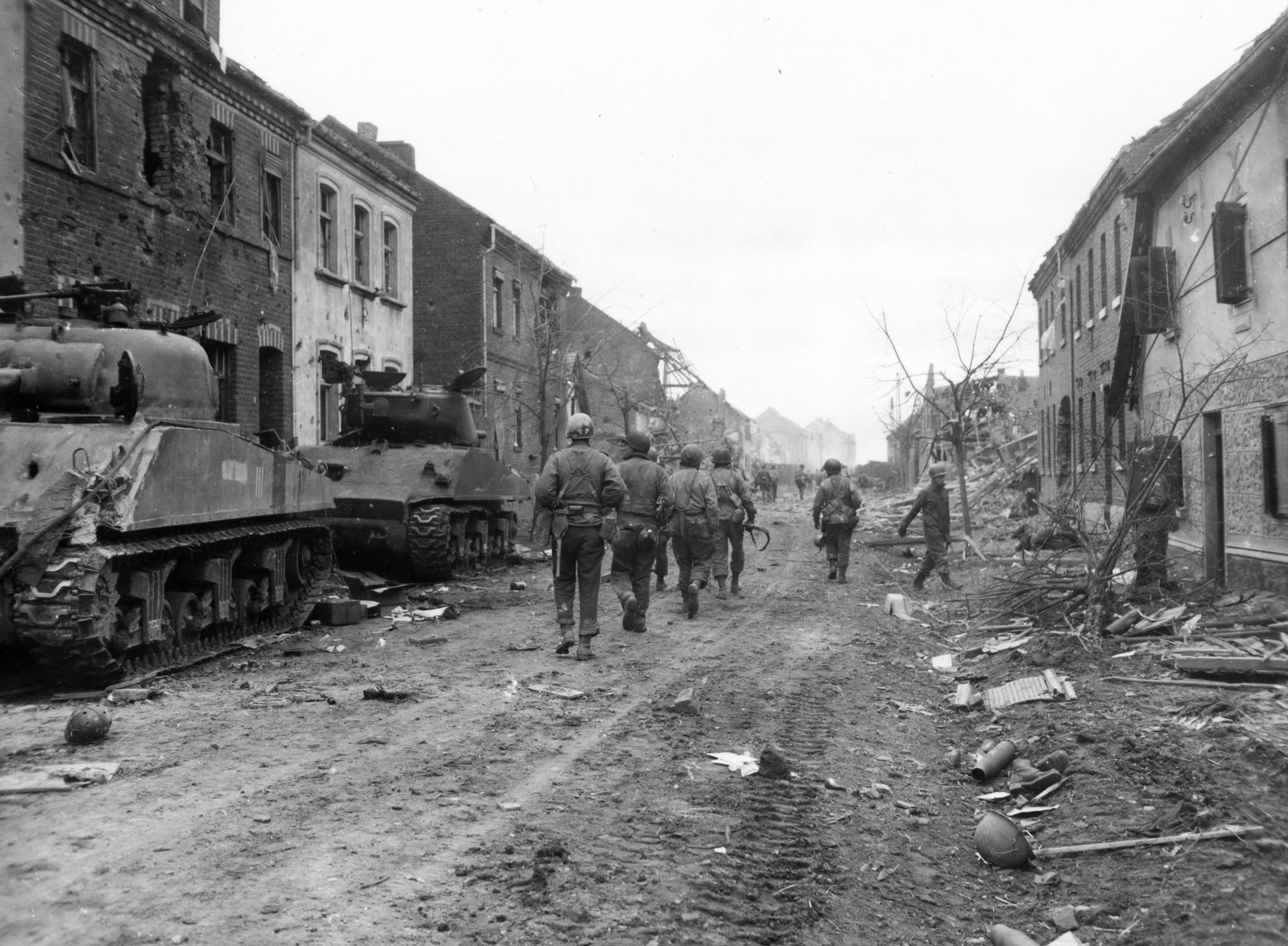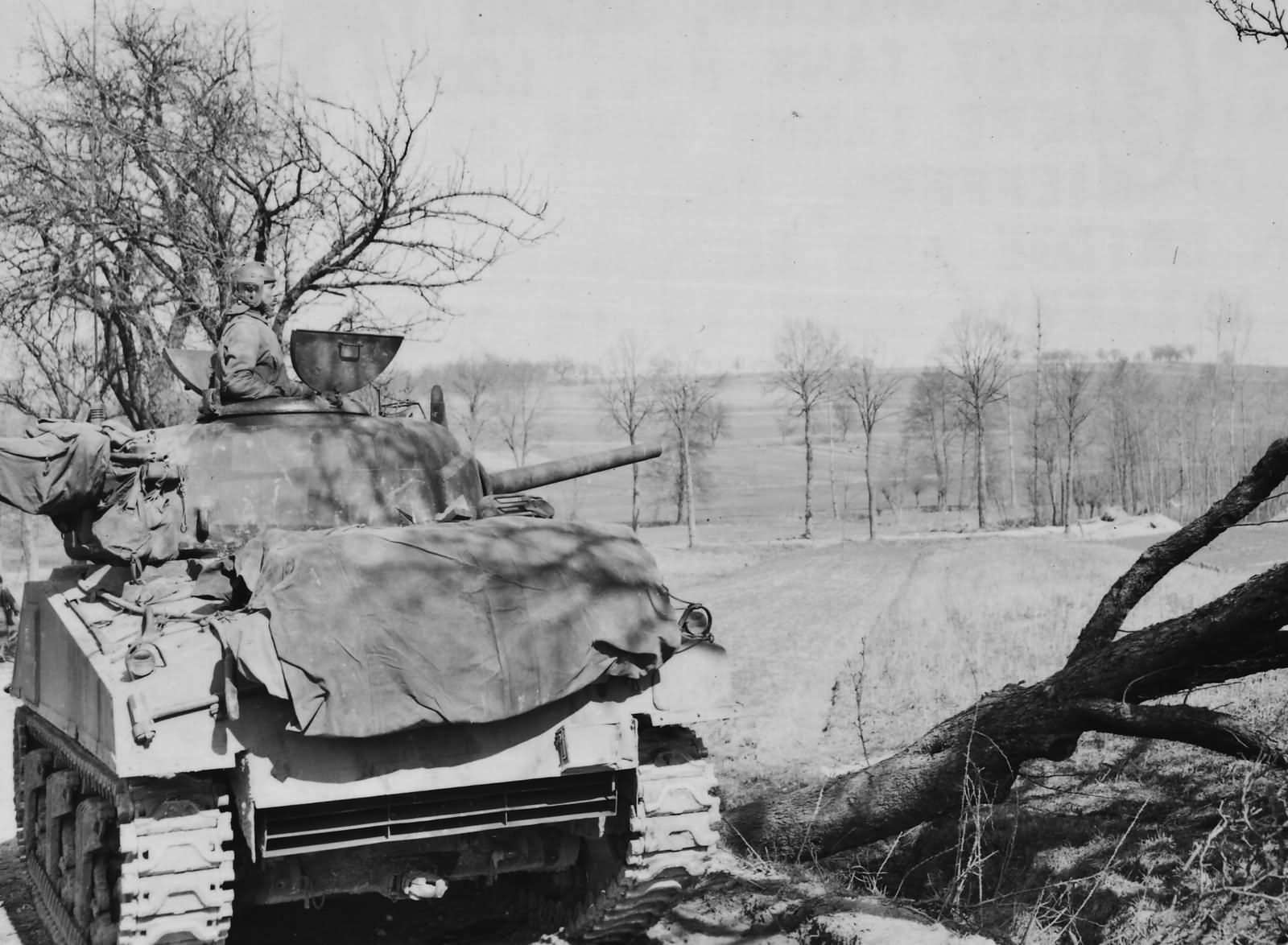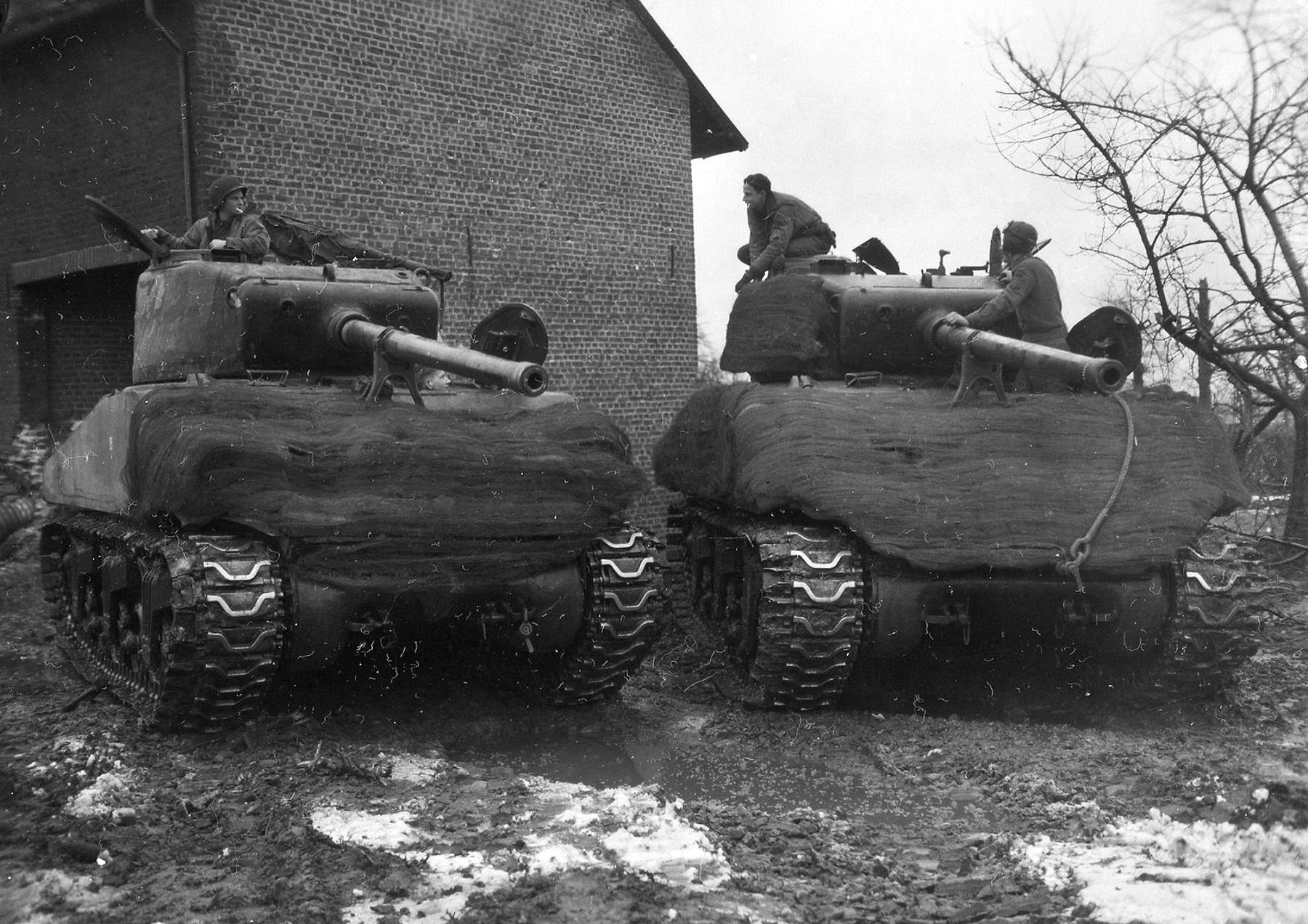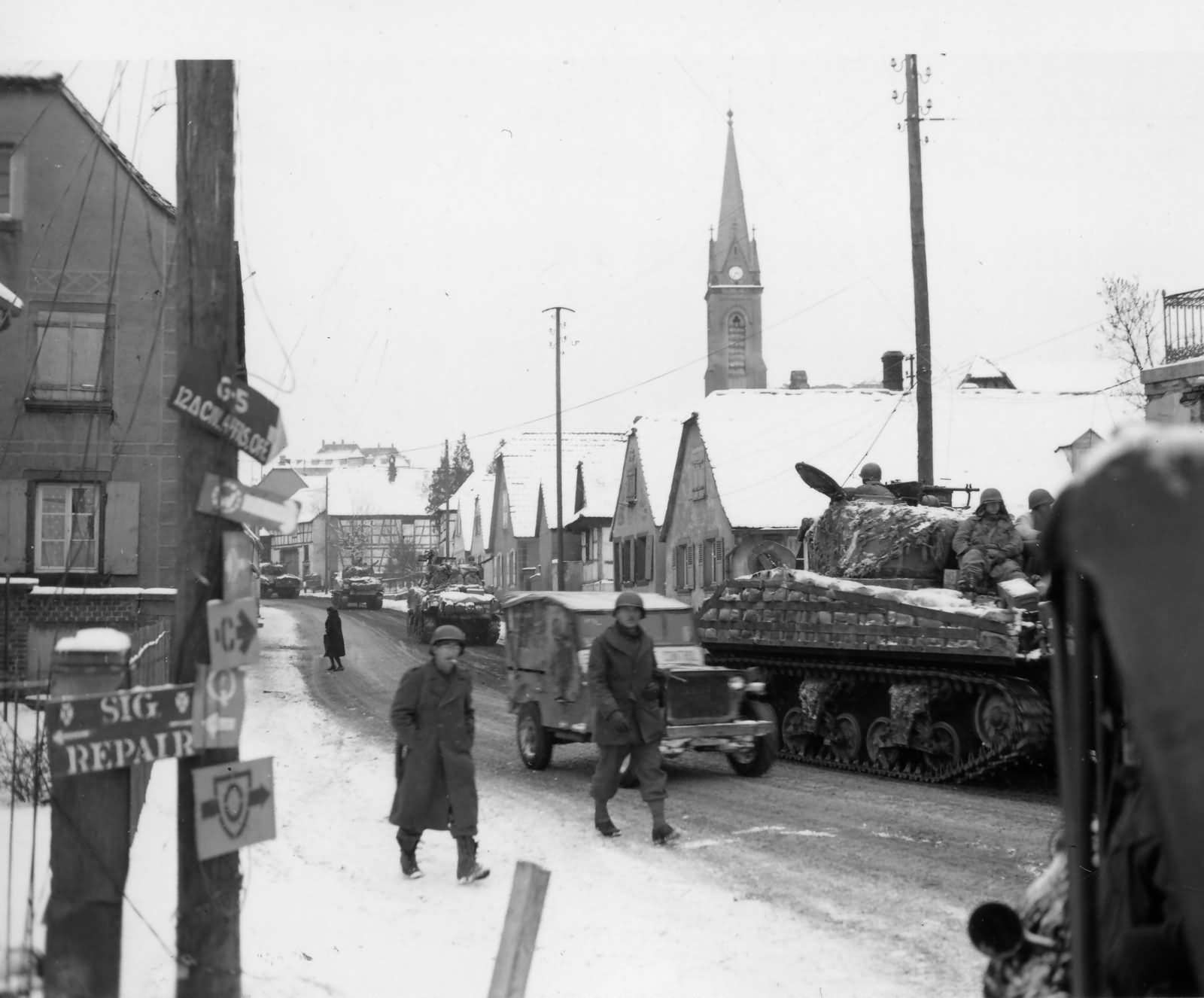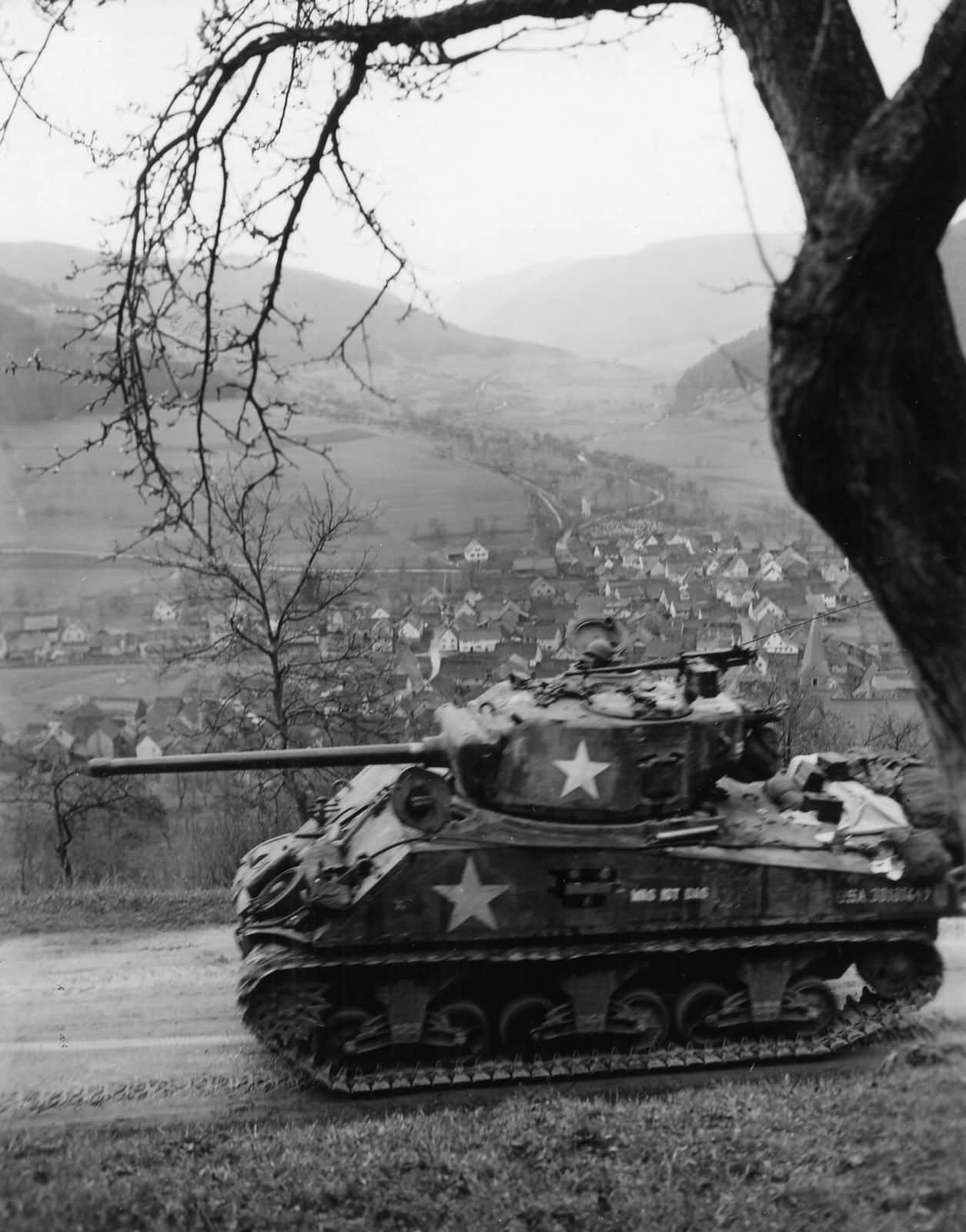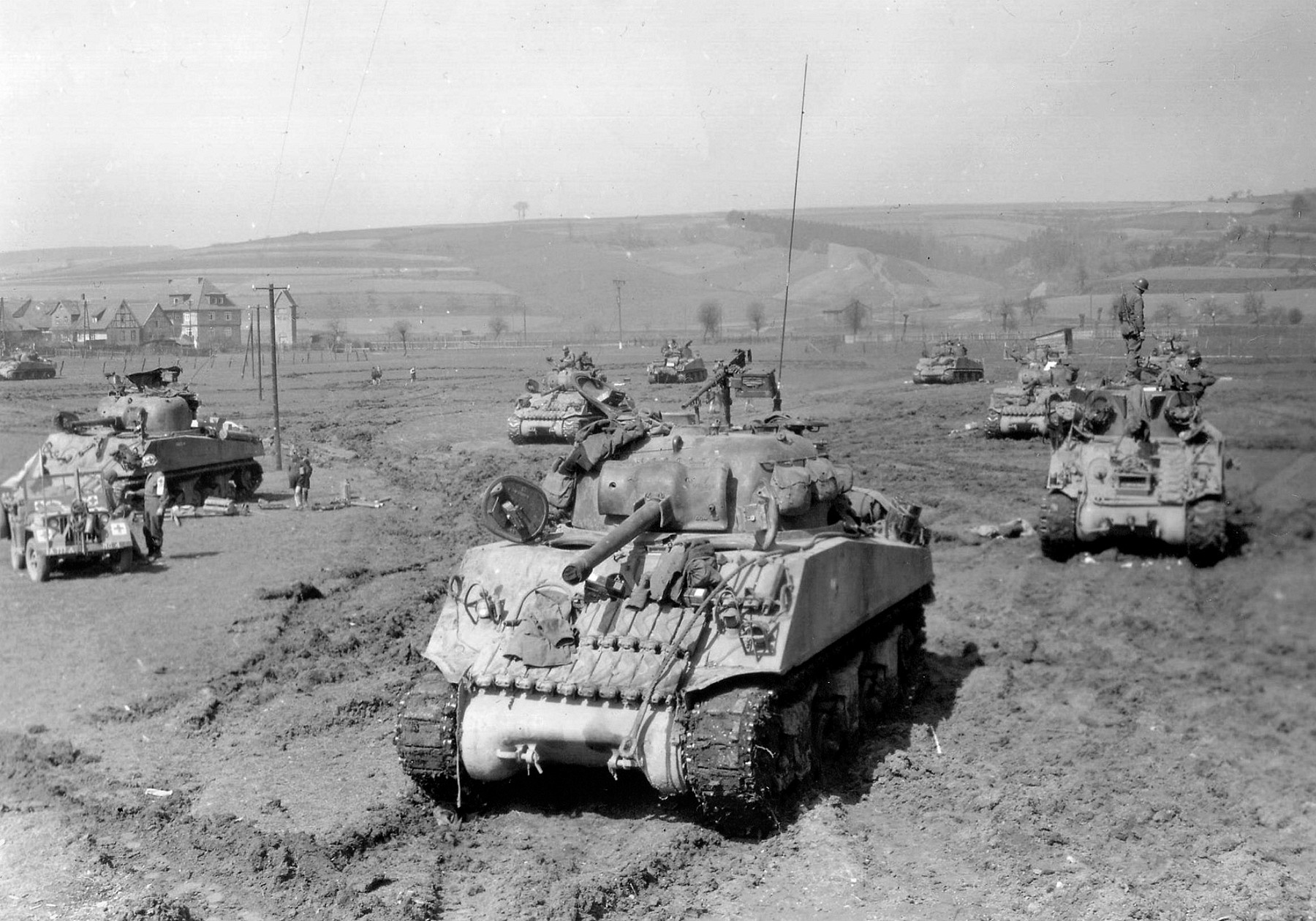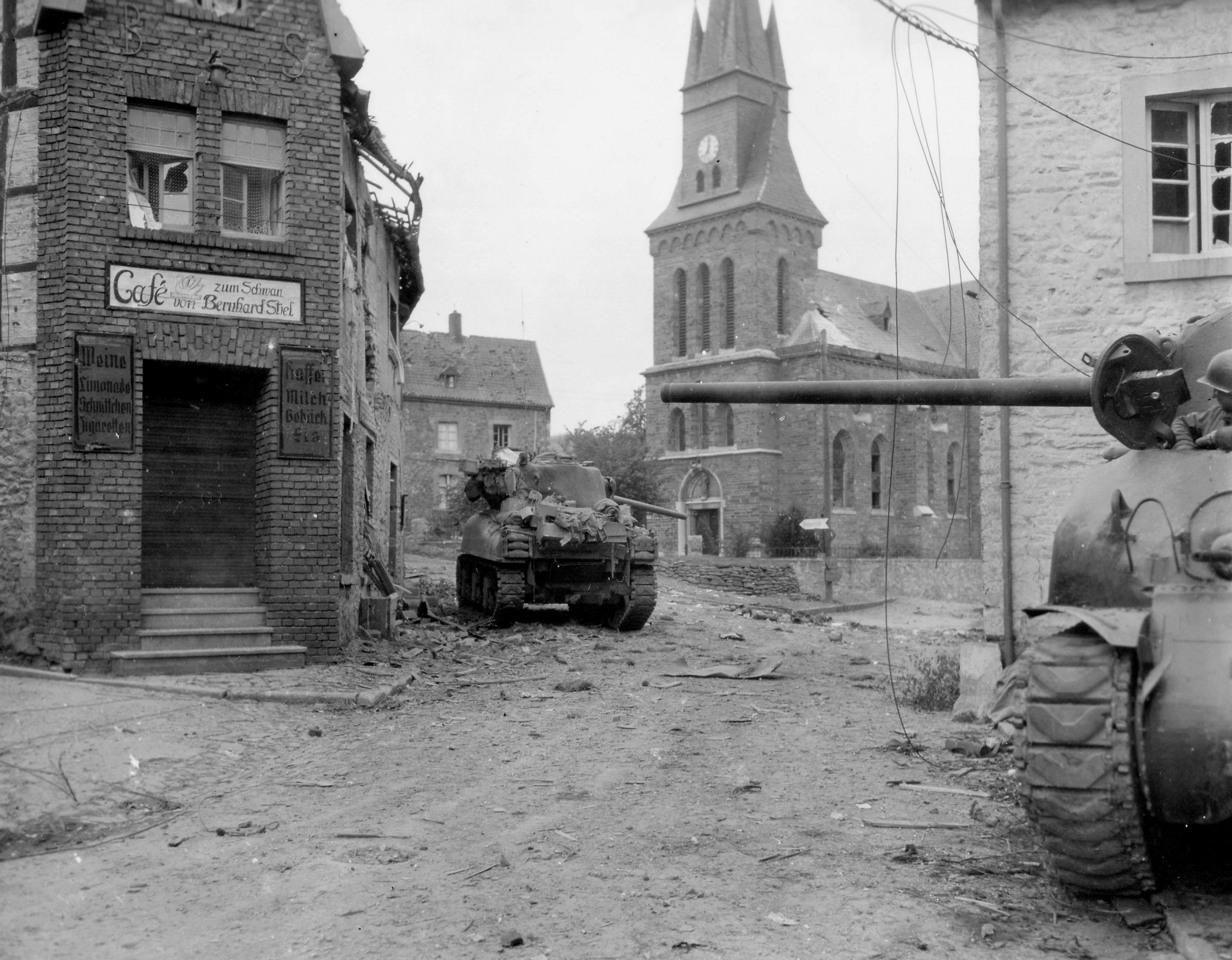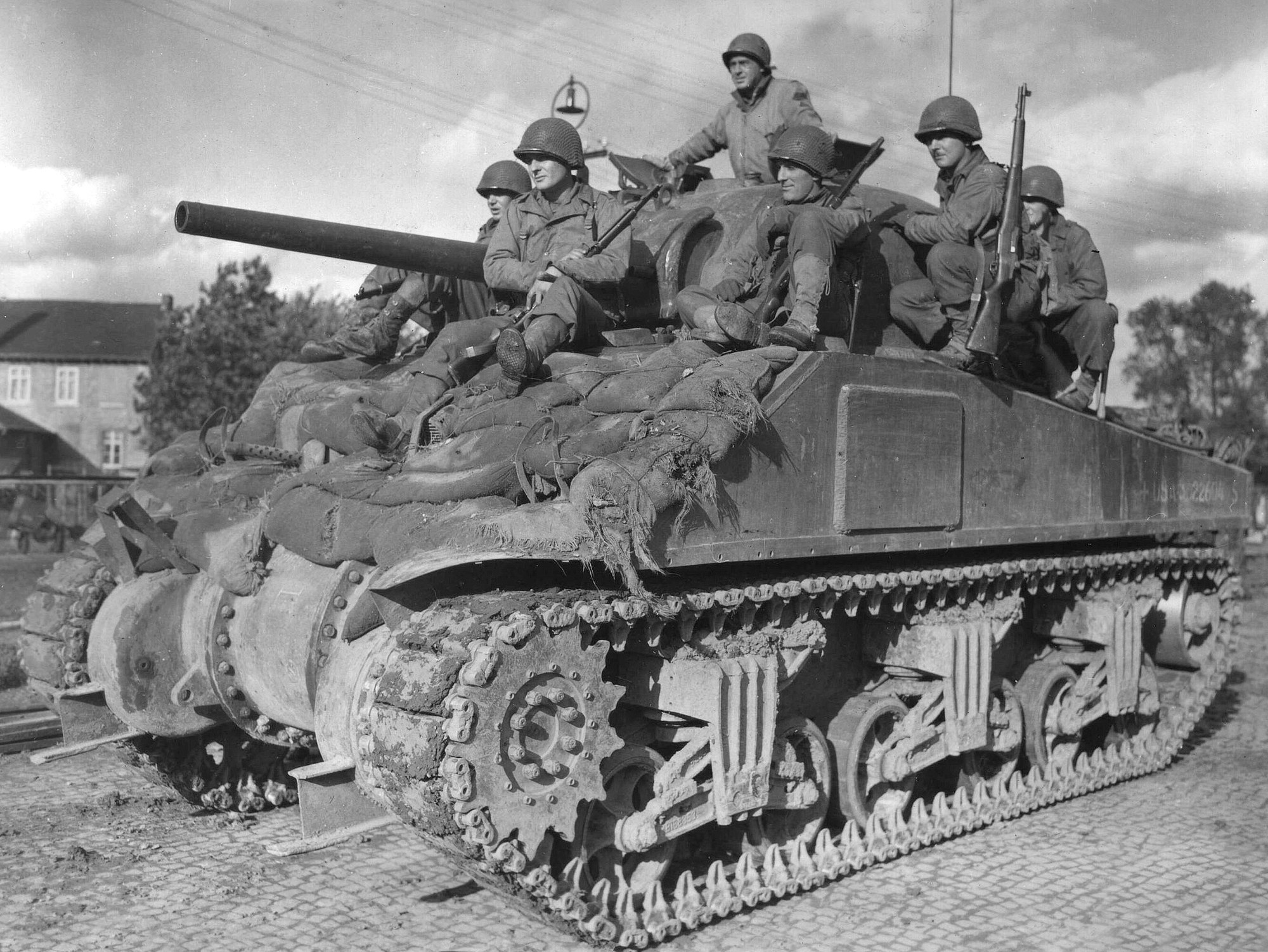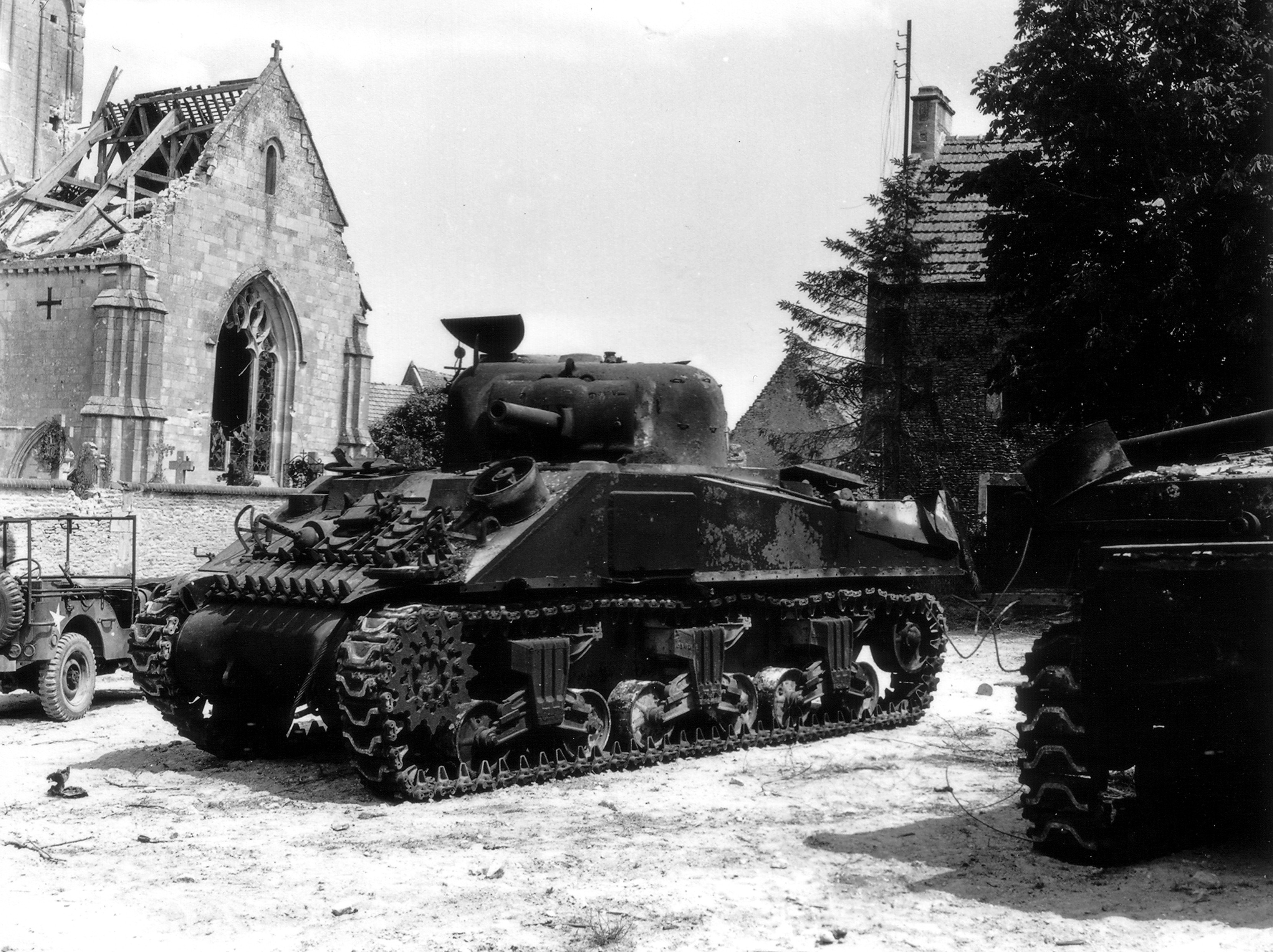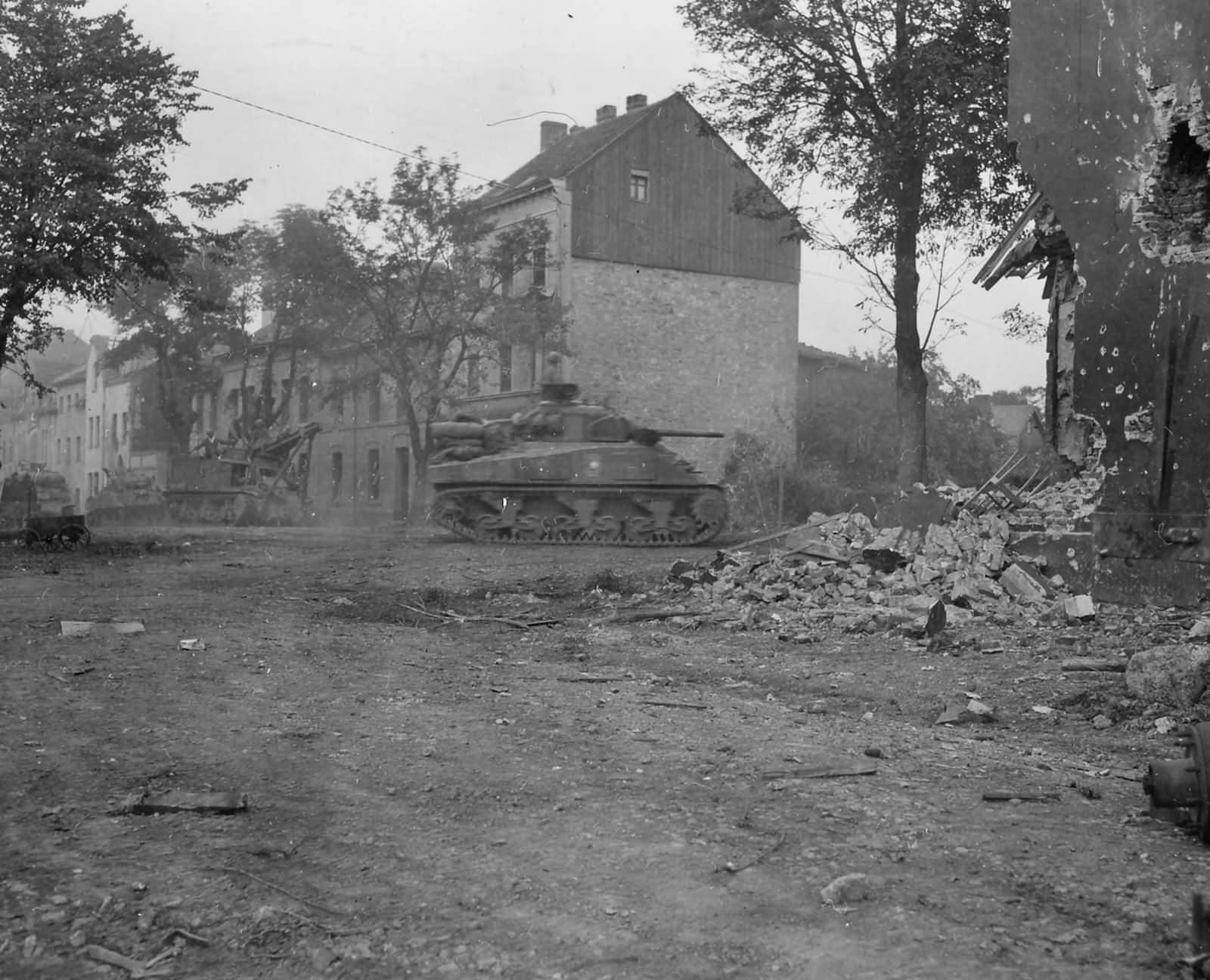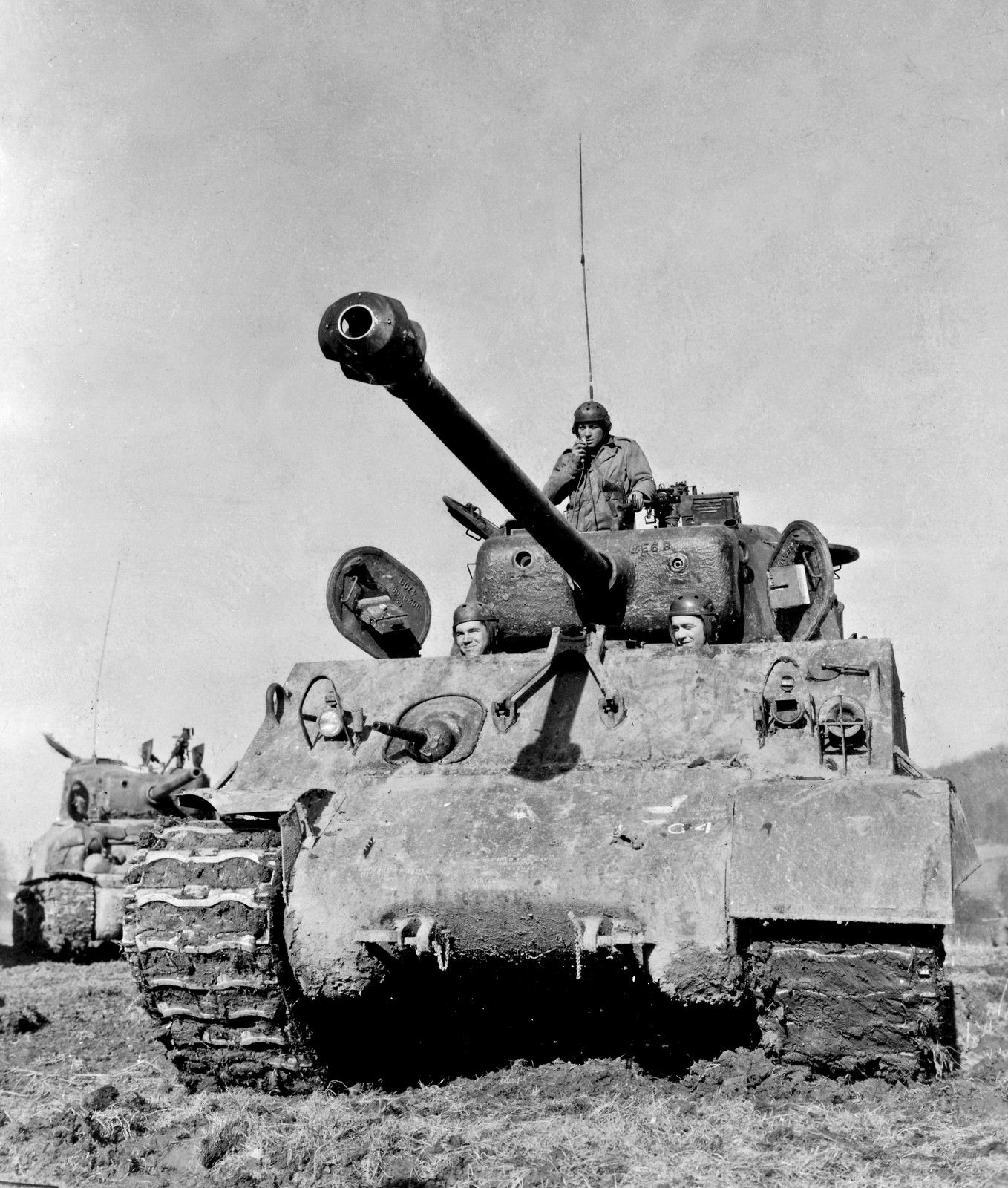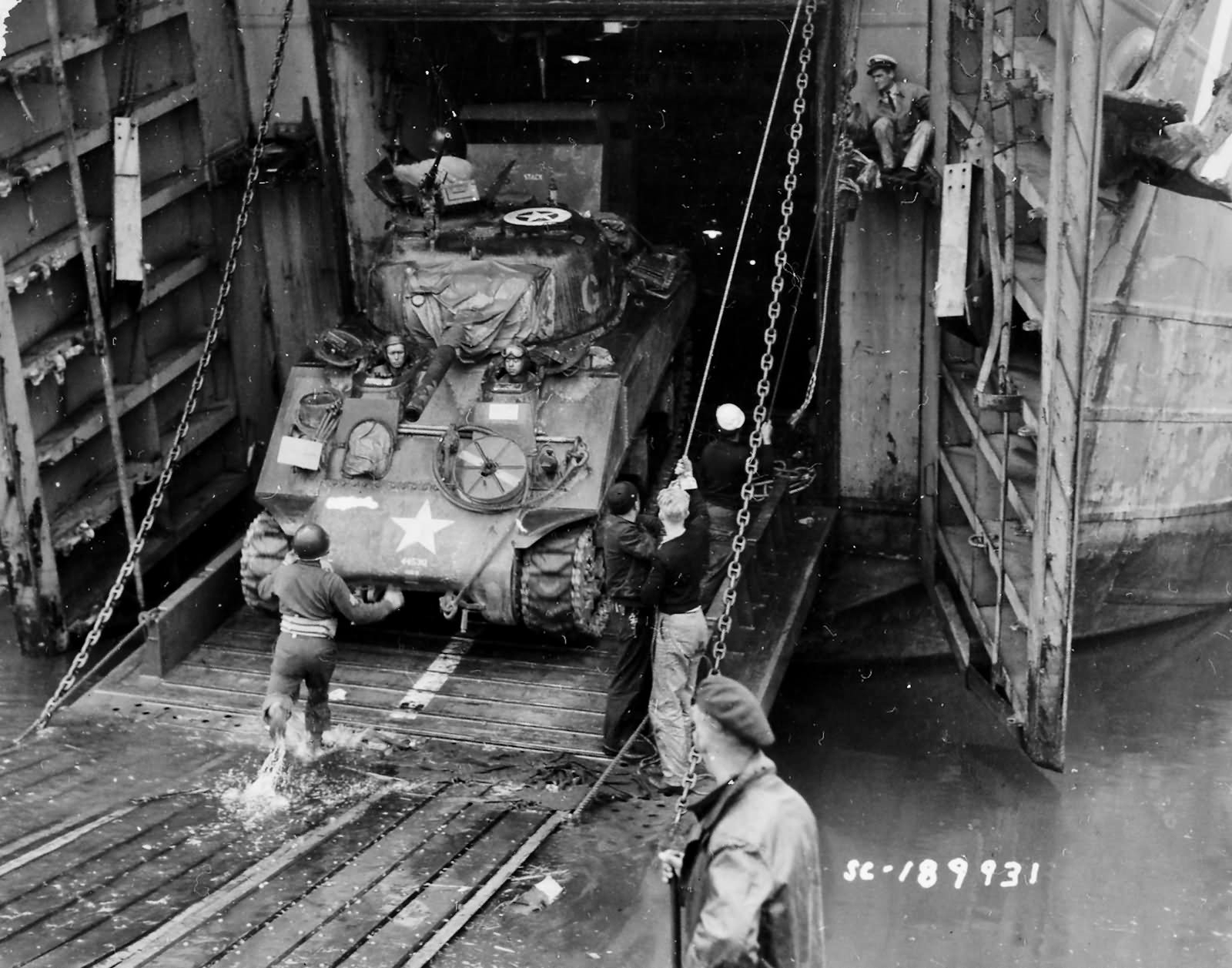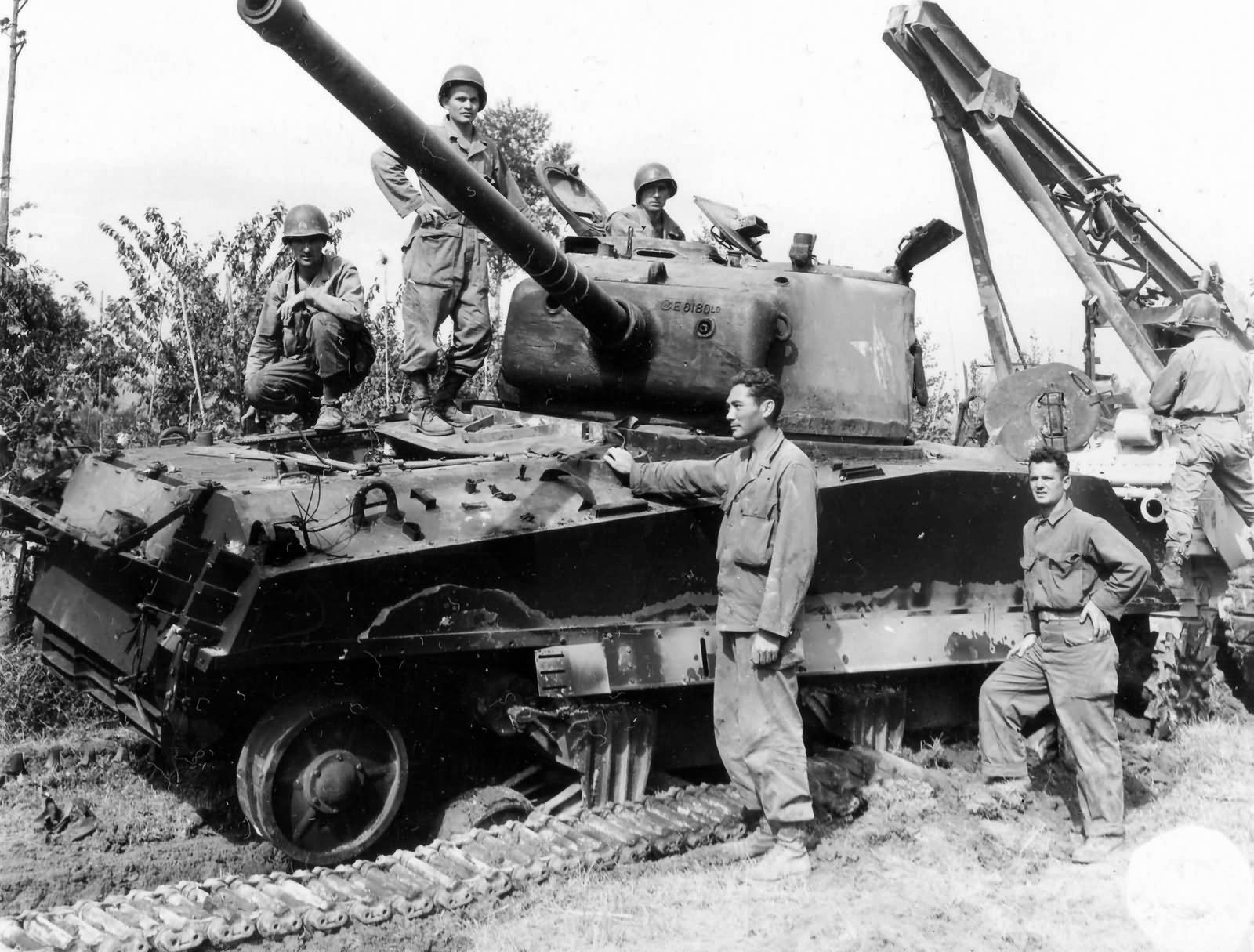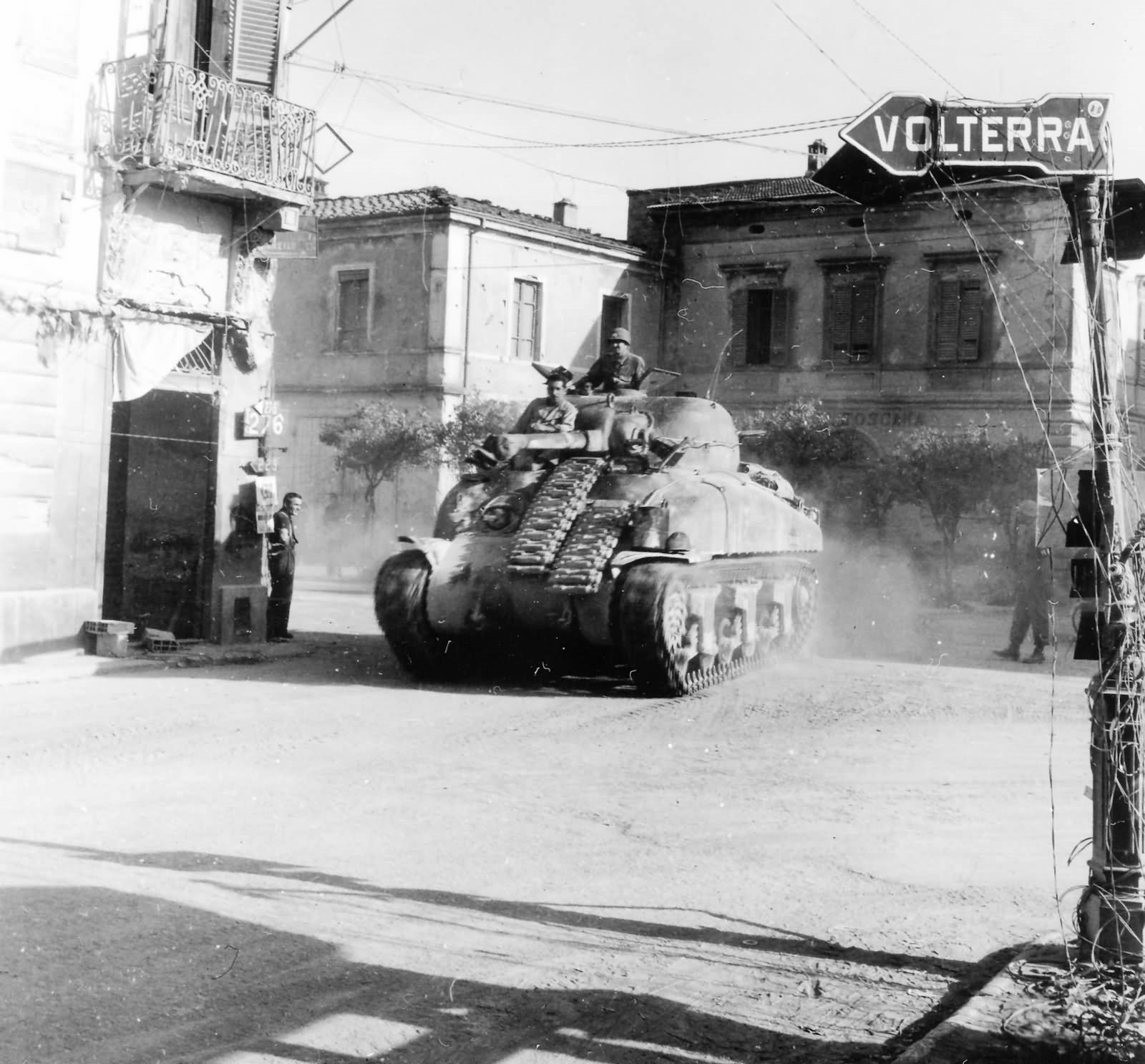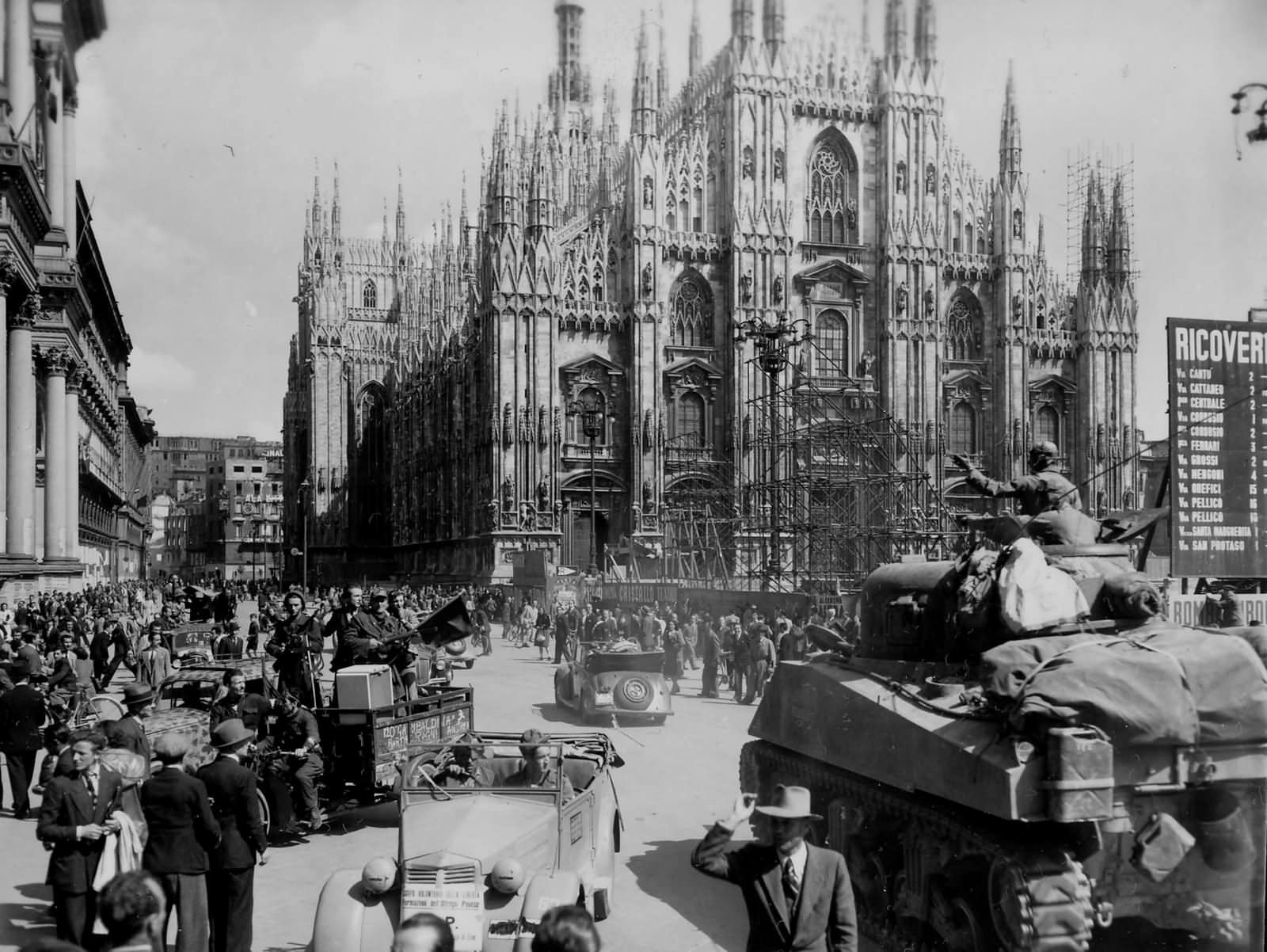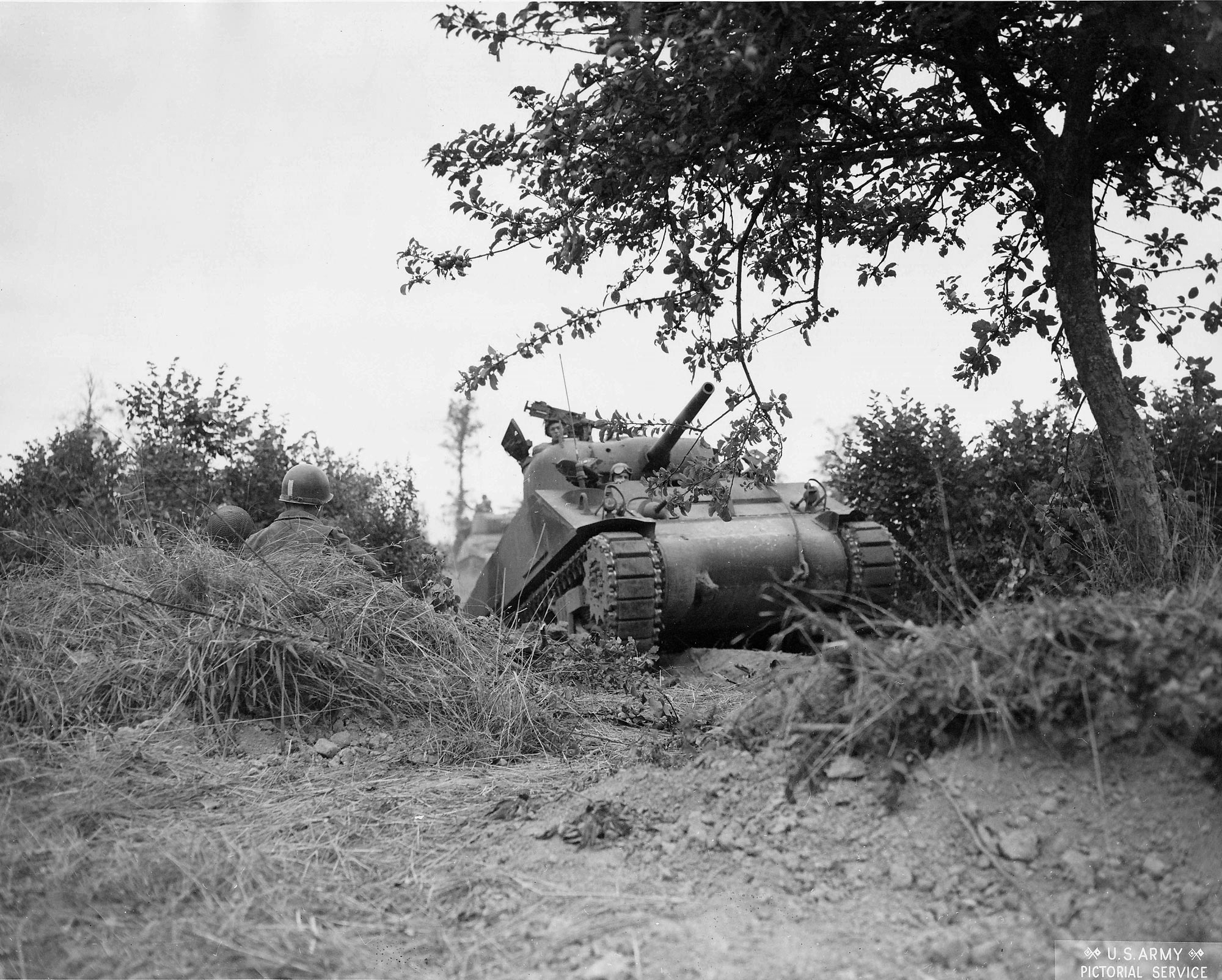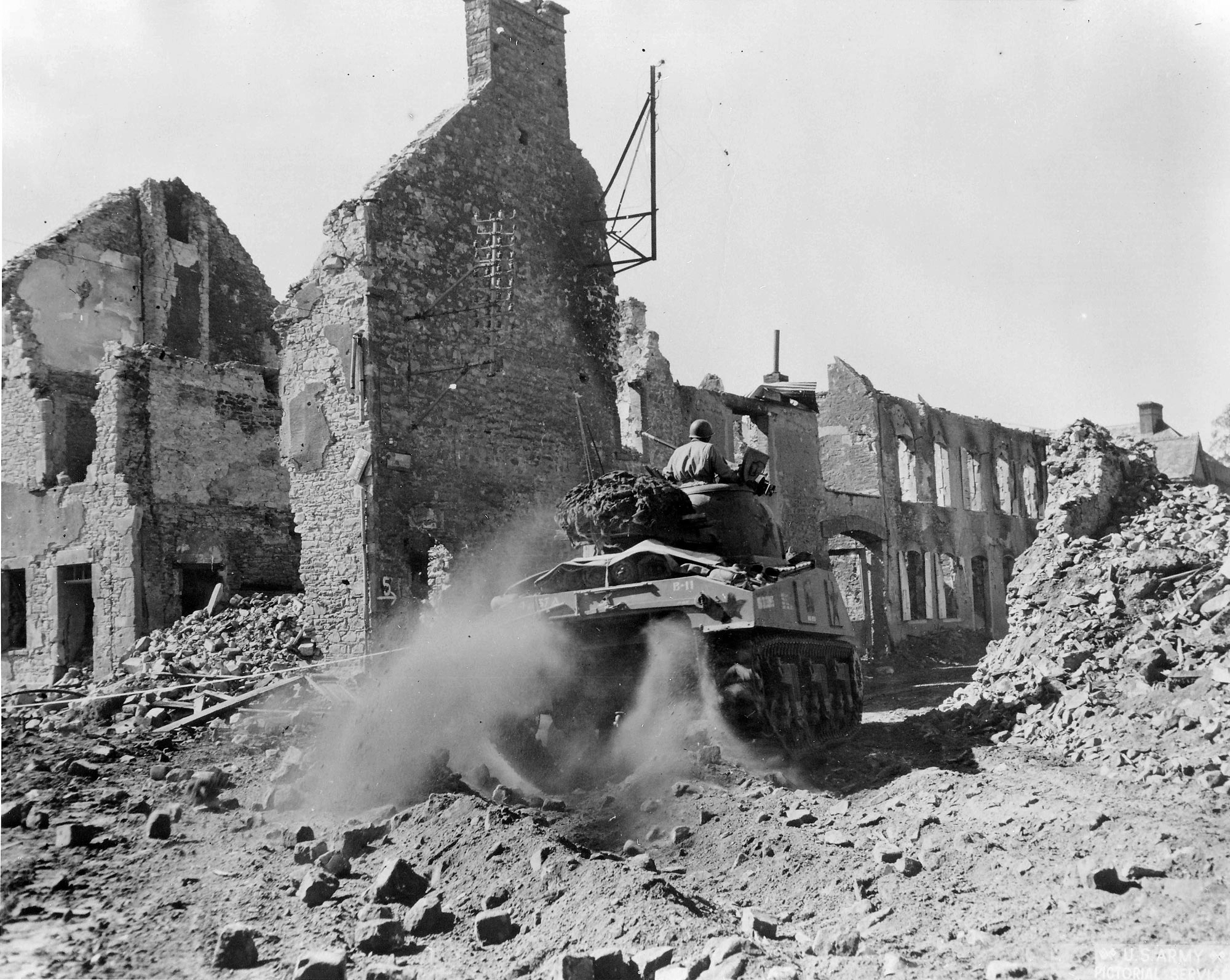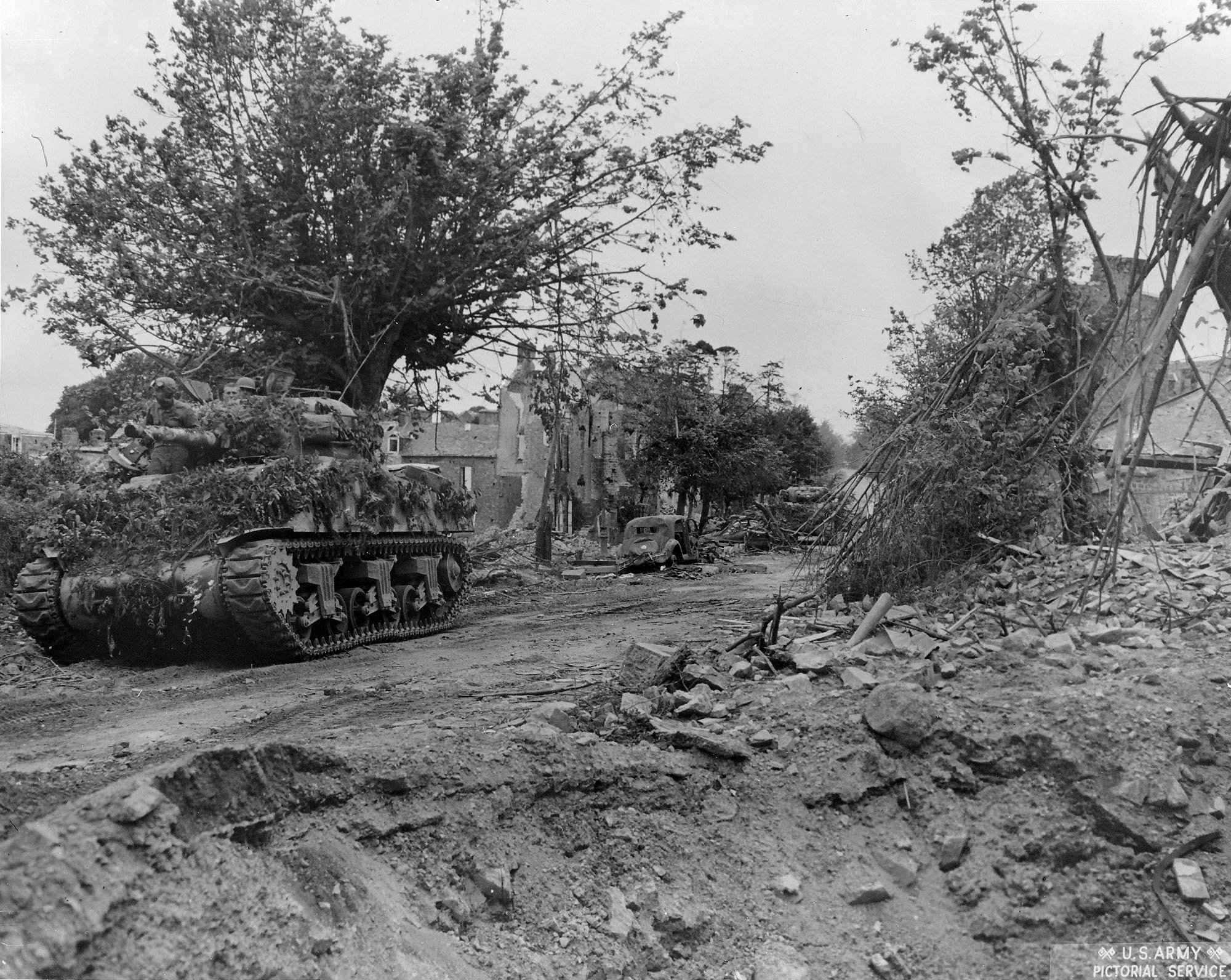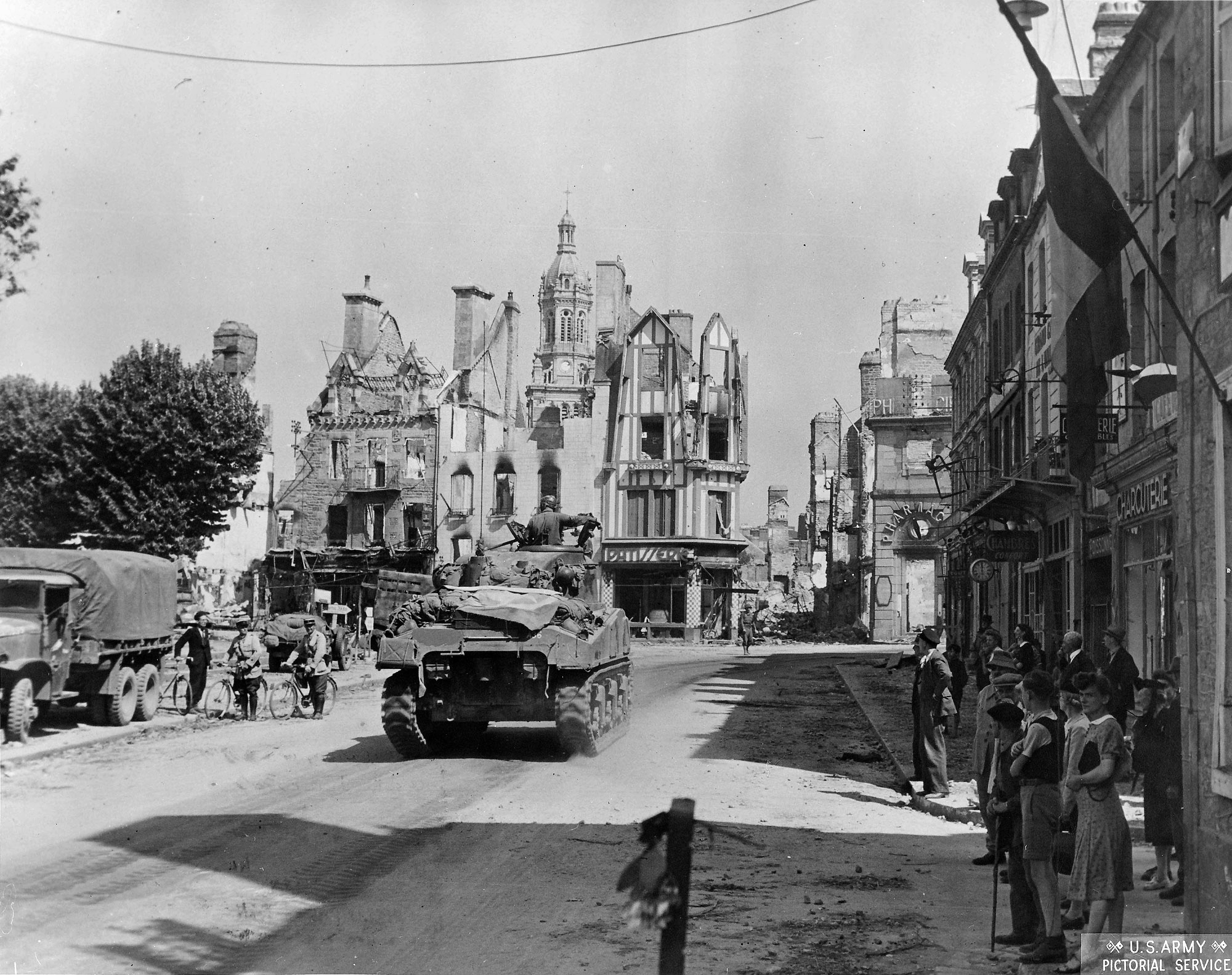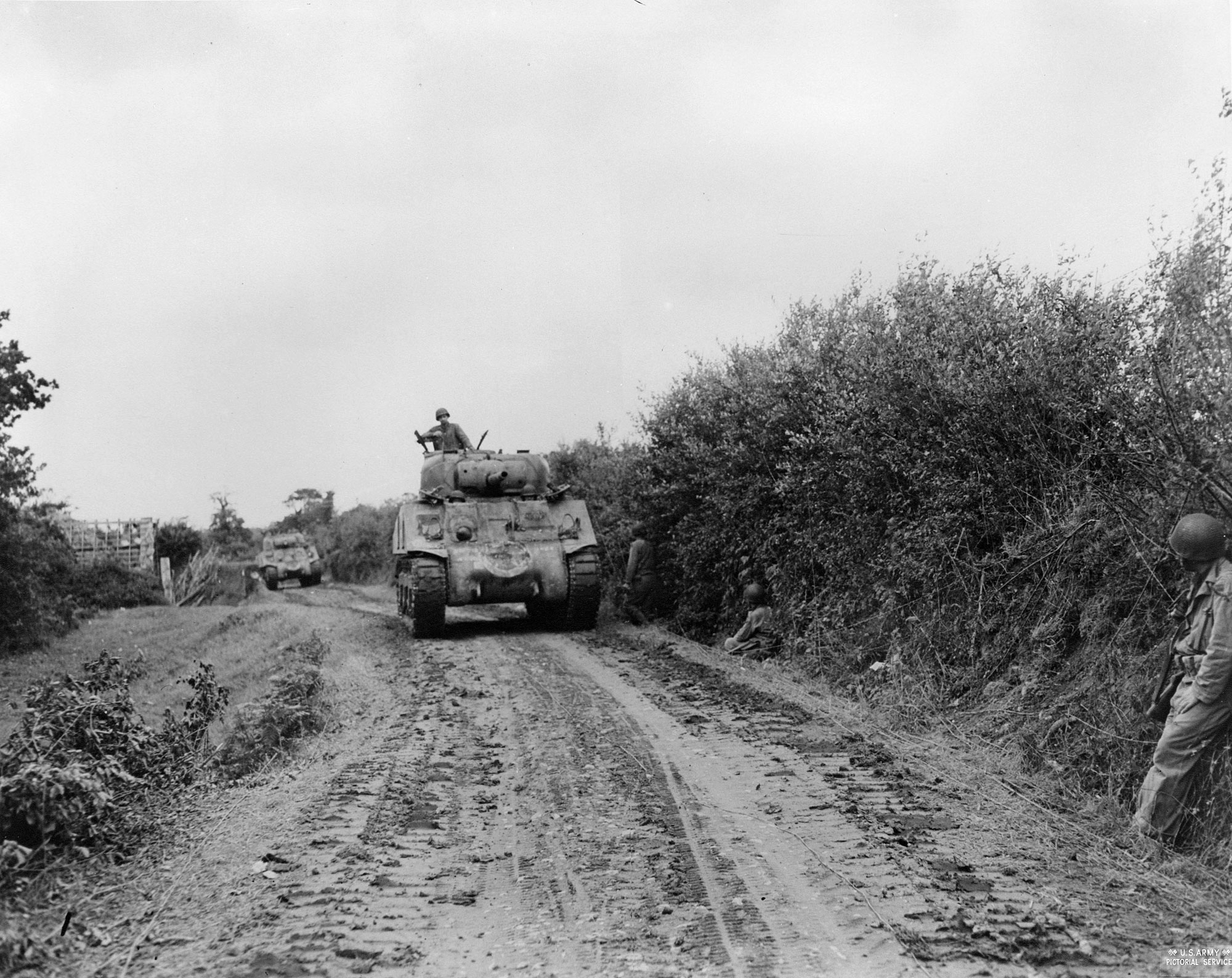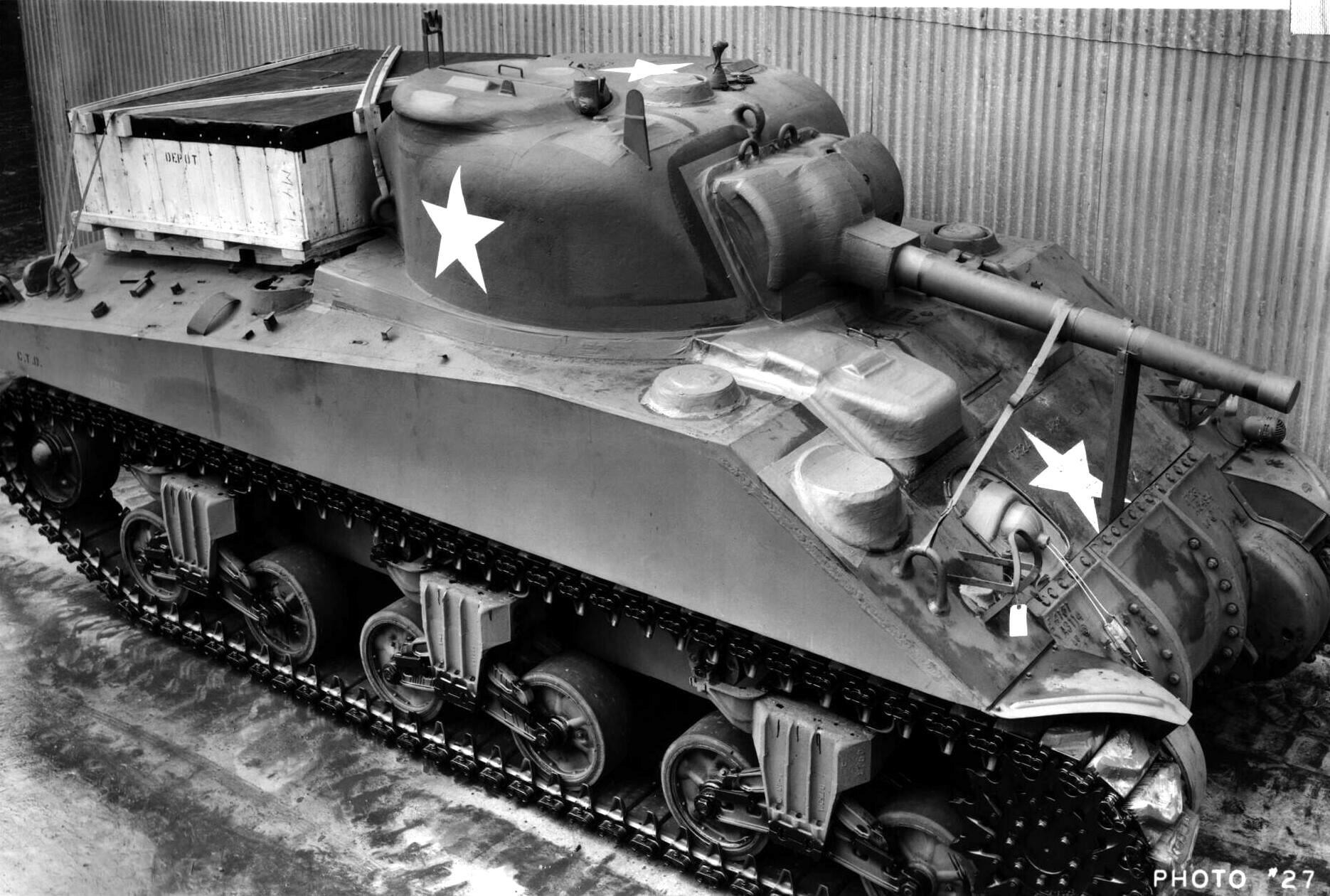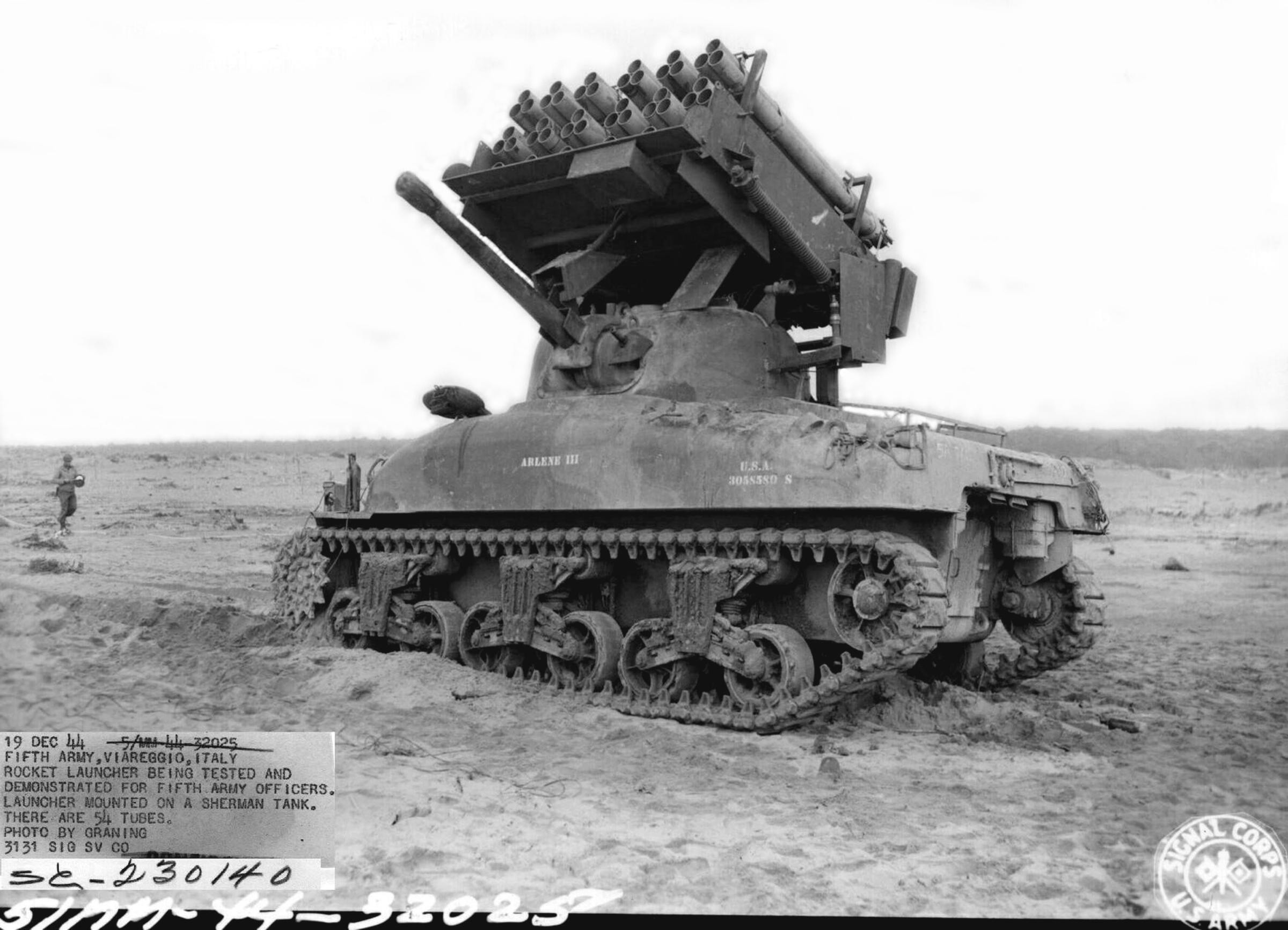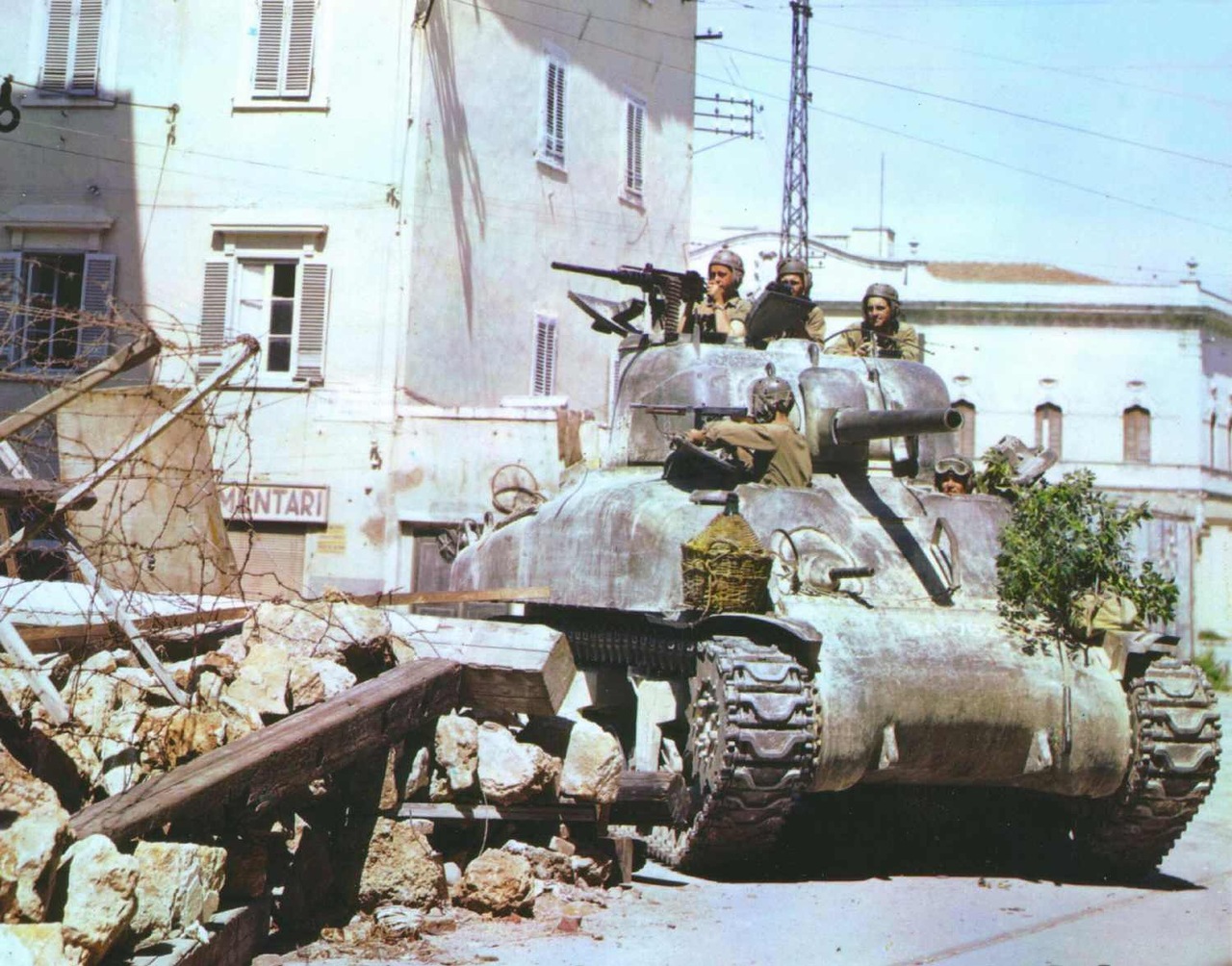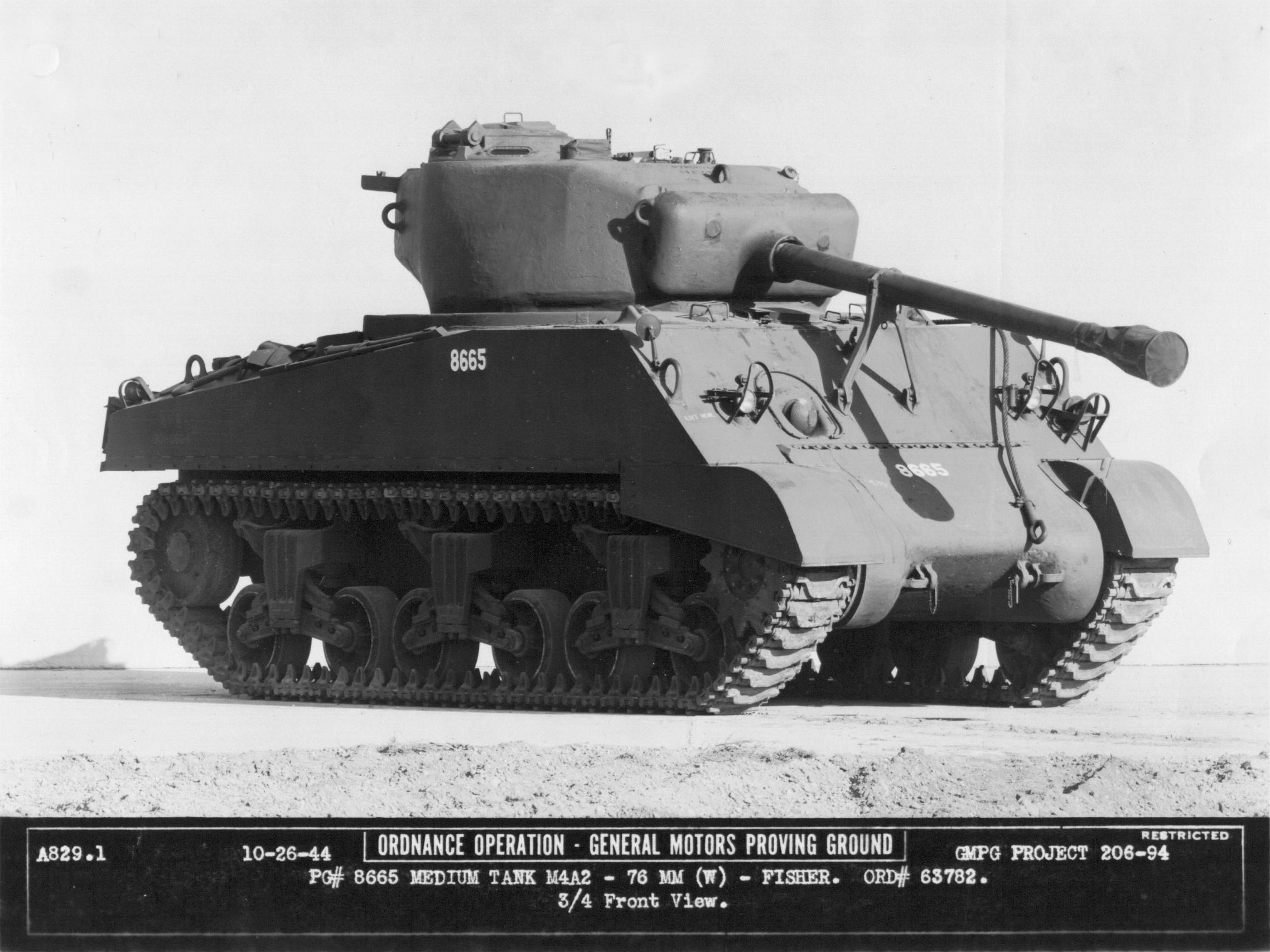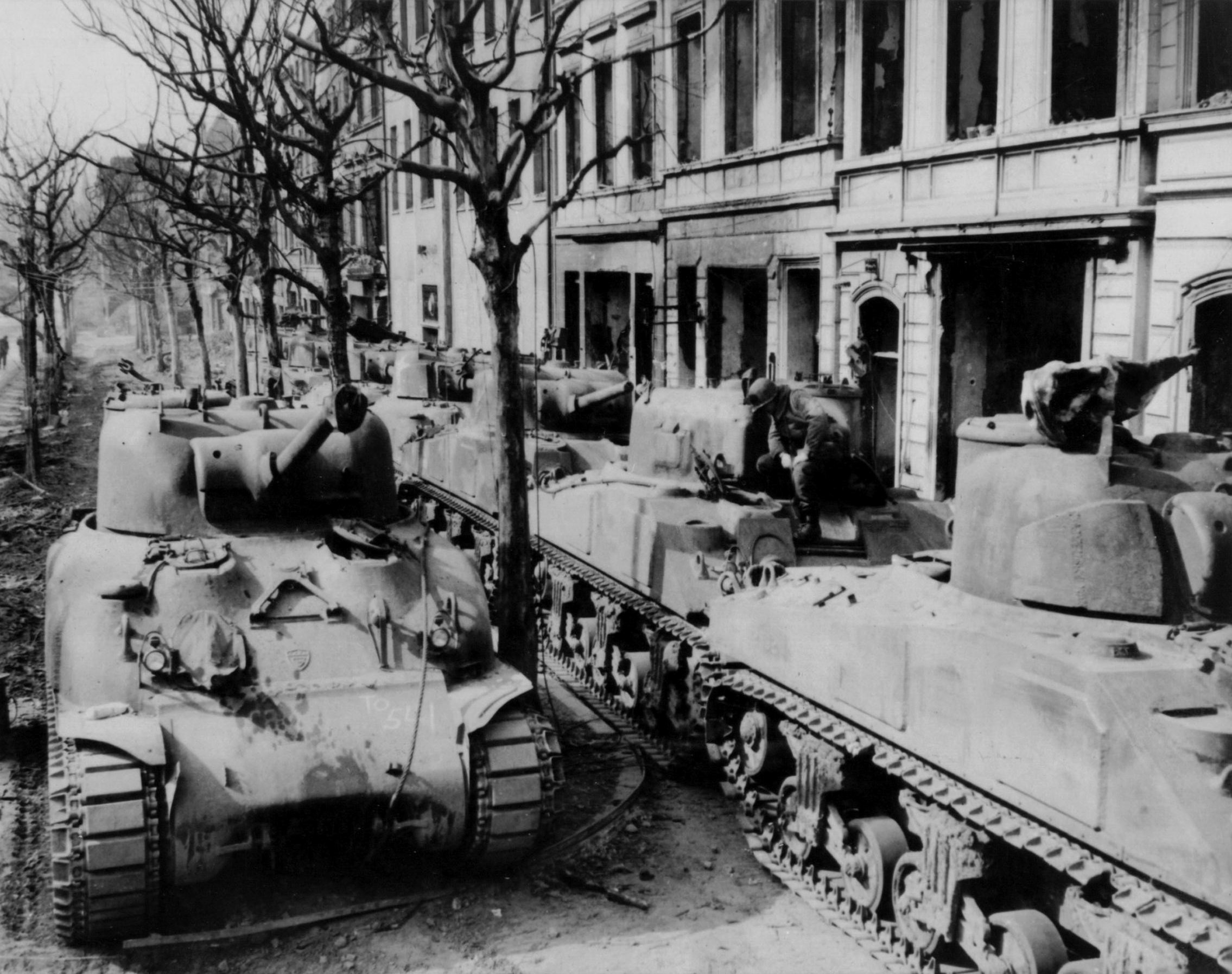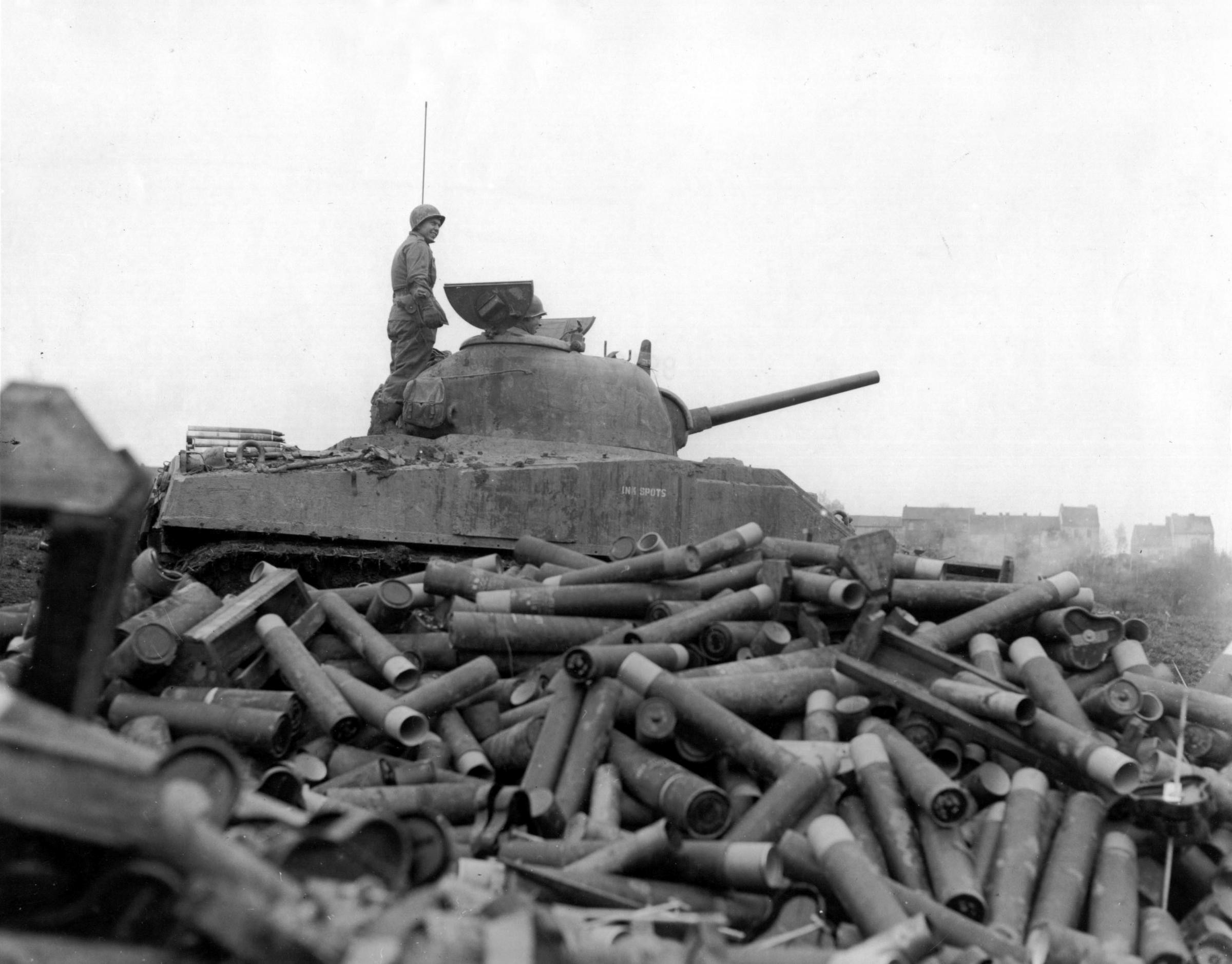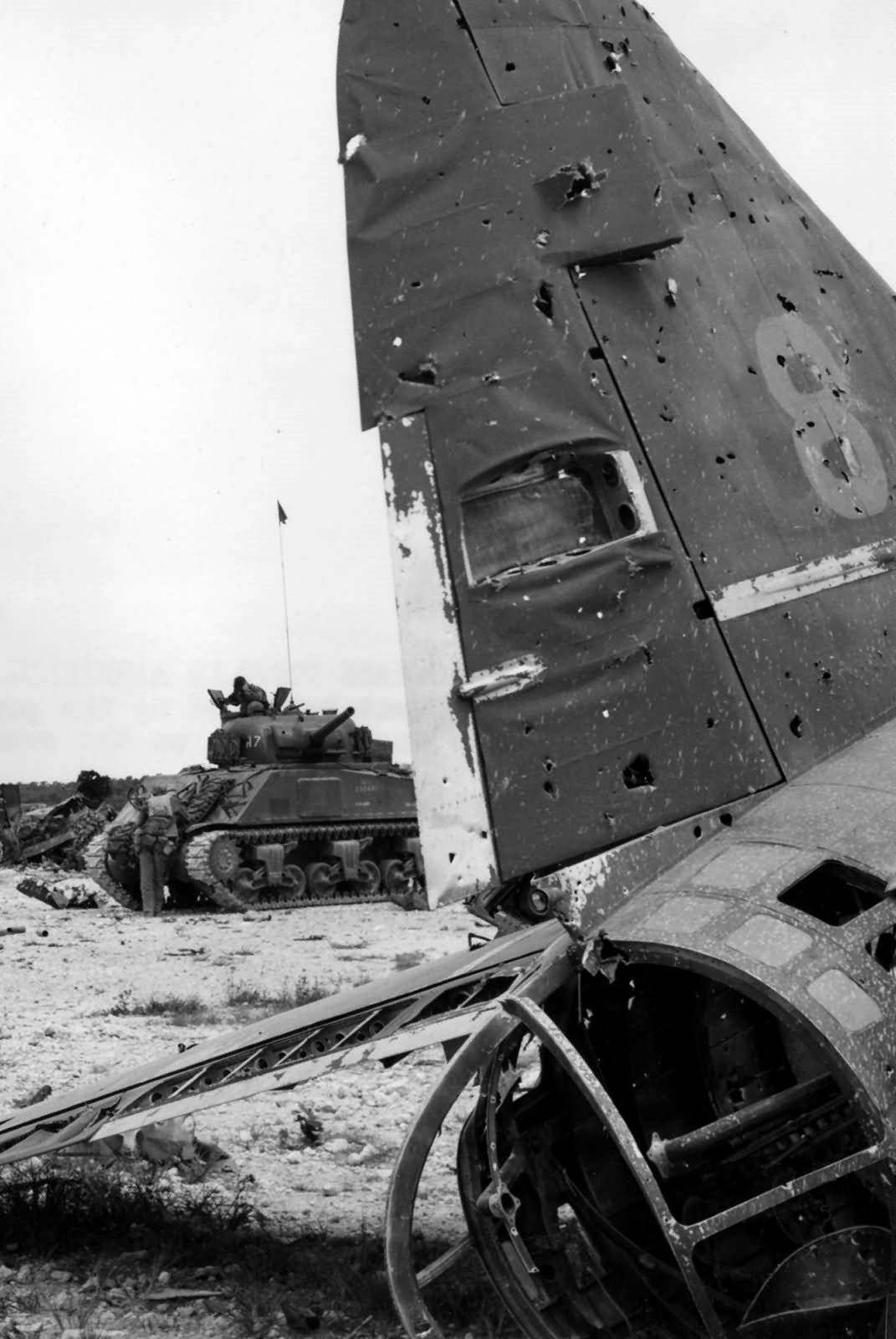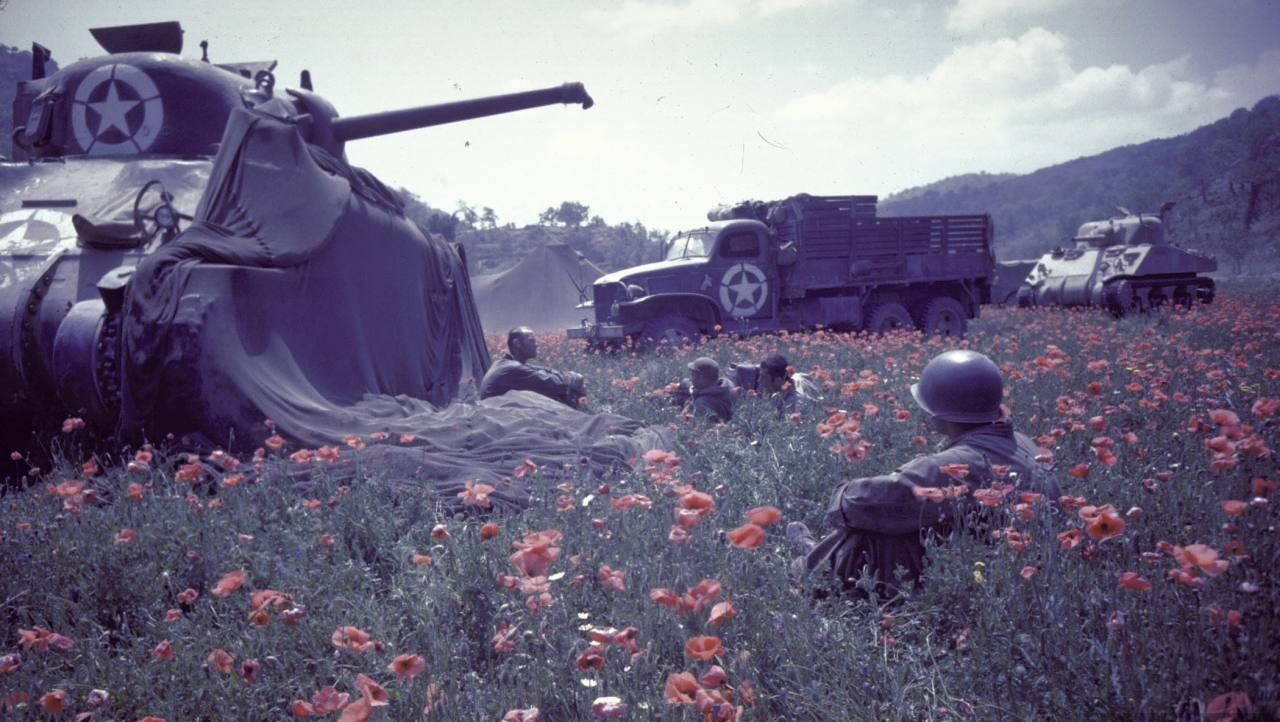Post # 68 The Chieftain’s Hatch does the M4A1, we review it: A great Hatch!
The video comes in two parts.
The subject of the video is Black Magic, a small hatch, late production M4A1 if the turret came on it, though the turret or gun mount could be from other tanks. When it comes to restored Sherman tanks, I think being concerned about matching numbers is not a thing that seems to be worried about, and since it was so well designed and built, parts readily interchange. This sherman started life as a canadian Grizzly, basically totally the same as an M4A1 with an extra small hatch in the hull floor.
This tank has almost all the quick fix upgrades, the extra armor over the hull ammo boxes but lacks the cheek armor on the turret, and the turret may, I can’t tell for sure, have the cast in cheek armor, meaning it almost for sure didn’t come on the hull. It also lacks the armor plates added in front of the driver and co drivers positions, that the Chieftain calls “sheet metal”. It also has some late Sherman stuff, either added by the restorers, or by a depot rebuild later in the tanks life. The spot light, and ‘gun crutch’, or travel lock as normal people use were not on most small hatch shermans. Also the all around vision cupola would not be found on these tanks during WWII.
The Tom Jentz tangent.
The Idea that the Sherman was no more reliable than any other tank, well, I don’t buy it. I like Mr Jentz’s work, and to some degree, his books helped inspire this site, since there was so little info on the web with really detailed info on the Sherman other than the Sherman Minutia site. I don’t think he really knows much about the Sherman if he thinks tanks like Panther and Tiger just needed more spare parts to be as reliable as the Sherman, it is a ridiculous idea. I do not think there was a single part on the Sherman that had a 500 kilometer life span, and that’s double the Panthers final drives.
First: The Chieftain himself has done Hatch posts on reports from the British, about how much more reliable, the M4A4 Sherman was than the Cromwell, even when both had full crews working to keep them running. both tanks were run thousands of miles, something late war German tanks could not do.
Second: In one of his own Hatches talks about the French experience with the mighty panther showed they averaged 150 kilometers per final drive set! Much less if the crew was hard on them. There was no major automotive component including the oil, that had to be changed every 150 kilometers on any model of Sherman.
Third: This will focus on the Panther, since it was a major part of Germany’s late war armored force, and how terrible it was. This tank didn’t have just one flaw that should have disqualified it for production it had at least five. It was generally poorly reliable across all its automotive components, along with the final drive, 2500 kilometers for the motor and 1500 for the tranny were hugely optimistic and most of these tanks broke down and or were destroyed before they had to refuel. You had to take the whole drivers and co drivers compartment apart and the top of the hull off to change a transmission! Don’t get me started on the weak turret drive system that Rube Goldberg would have loved. The ‘wonderful’ dual torsion bar suspension and interleaved road wheels would cause any maintenance nazi to find the nearest US Line and surrender instead of working on it!
. . .
Another thing to note, you can see the holes drilled vertically in the suspension bogies, these are the tops of the holes the bolts that hold the suspension caps on go into. They were covered up with body filler by the factory, but on most restored and old Shermans the filler is gone, and they don’t fill the holes.
Note: the odd groove in the center of the rear Hull casting, this wasn’t done on all M4A1 tanks, and may have been unique to General Steel castings.
On the problems with the R975, I have not heard of complaints about the engine being easy to blow, and would be very surprised if the throttle wasn’t governed to prevent it. On having to crank the engine before starting, I have it on good authority, that the crew could just start the tank and run it for a few minutes every 45 minutes to an hour to avoid having to hand crank the motor.
Many of units removed the sand shields in ETO to prevent problems with mud.
The Commanders vane site is an early version bolted to a late war vane site pad. The tank has the early style gunner’s periscope. The gunners periscope is missing the linkage going down to the gun. The radio looks like a 528. Note the Armored doors on all the ammo boxes and ready rack. The tank is missing a lot of interior storage, it may have been removed in preparation on shipping the tank out to it’s new owners.
I‘m no expert, but I think the Chieftain confused a .30 cal ammo bin for the 75mm ammo bin right next to his shoulder for the location of an SCR-506, I just can’t see a WWII radio fitting in the tiny box! You can see how sparsely filled the interior is, as issued the tank would be stuffed full of items to help fight it, live with it, or keep it running. The Chieftain shows just how easy even a small hatch Sherman was to get out of, the the Loader was still going to have some issues though. I wish he would have tried the belly hatch out, but maybe it’s welded shut or something.
He covers the small floor hatch on the Grizzly tanks, and you get a nice shot of the early escape hatch. They also show the generator mounted on the rear of the transmission in one of the shots, briefly. You can also see the full turret basket’s mesh screening that separated the turret crew from the hull crew. Part of the quick fix was to cut this all out. I suspect most of the inconsistencies in the tanks details are due to the restoration crew using the Sherman parts they could get their hands on. Very few people would even notice or know it had the wrong commanders hatch, or even whole turret.
A note on the tank, it belonged to a the Military Vehicle Technology Foundation, a fancy name for the collection of a man named Jacques Littlefield. He had a passion for armored vehicles of all types but really liked tanks. He restored many to full functionality, including working main guns and machine guns on some tanks. Owning a working tank cannon is easier than you would think, and far easier than getting the paperwork approved to own machine guns in California, and Jacques Littlefield did both. He employed a restoration crew with world class skills and did some amazing restorations, including a Panther A that was impossibly damaged, but still brought back to life. That Panther was his crowning achievement, and he was a real mover and shaker in the international military vehicle restoration scene, seeing that tank run was one of the last things he achieved, because cancer claimed him shortly after.
The MVTF was supposed to make sure the collection of vehicles, that were a labor of love his whole life, lived on when he passed. Unfortunately the location of the MVTF, Portola California, on a large chunk of very private property, with very limited parking really presented some problem. The collection was used often while it was there, by TV productions like Myth Busters, and was a staple for the Wargaming Staff for their productions, and occasionally opened up to groups of vets, or other interested people. There were other difficulties with the location, and ultimately the collection was donated to the Collings Foundation. They reportedly decided to keep 40 of the most significant vehicles and auction the rest off. The money from the auction was going to be used to build a facility in Stowe Massachusetts, but due to zoning issues, the permits were not provided, leaving the vehicles they did keep in limbo.
I‘m sure the Collings Foundation, a really amazing Charity, they keep many rare WWII aircraft, and cars, including race cars running, has a plan for the rest of the tanks. Their website only lists the Panther in their collection, I hope that doesn’t mean they sold the rest when the museum fell through. That’s not a criticism of the CF, they I’m sure know their business far better than I do, and they really are a top notch group of people. Just browse that site to see the airplanes they’ve gotten flying. The only real B-24 liberator and a working F-4 Phantom are just two of the notable planes!! If you know anything about aviation, you know just how complicated and expensive keeping an aircraft like a Phantom flying is, especially if you don’t have the resources of the U.S. Navy or Air Force backing you.
I have to say, this is one of the best Chieftain’s hatches they have done. Granted, I’m a tad biased, since it was on the Sherman, well a Grizzly made into a later model small hatch Sherman anyway, and the Chieftain really has gotten pretty good with the Sherman and its sub variants, and even has a book on US WWII TDs on the way.
